Choosing the right substrate for your gecko’s tank is essential for their health and happiness. With so many options on the market, how do you know which one is best? Let's break down the top substrates for gecko enclosures, including both natural substrates and our premium liner, so you can make the most informed decision for your pet.
What Is Substrate and Why Does It Matter?
Substrate is the material that lines the bottom of your gecko’s tank. It impacts your pet’s comfort, cleanliness, and even health. The right substrate keeps the environment safe, maintains humidity, and simplifies cleaning. Choosing the wrong one can result in potential health risks, like impaction, or make maintaining your tank a hassle.
Popular Substrate Options: Pros & Cons
| Substrate | Pros | Cons |
| Paper Towels |
|
|
| Reptile Carpet |
|
|
| Loose Substrates |
|
|
| Tile |
|
|
| Geckopia Premium Liner |
|
|
Natural Substrates
Natural substrates, such as sand, coconut husk, and soil, can bring a more natural and aesthetic touch to your gecko’s habitat. These substrates are often favored in bioactive setups, where they not only serve as the foundation for your gecko's environment but also support live plants and microorganisms that help maintain a healthy ecosystem. A well-maintained bioactive setup can mimic the gecko's natural environment, offering a more "authentic" and enriching habitat. The ability to introduce live plants or microorganisms in a tank can be especially beneficial for creating a balanced, self-sustaining environment that reduces the need for constant cleaning.
The Pros of Natural Substrates:
-
Aesthetic Appeal: Natural substrates provide a visually pleasing, earthy look, closely mimicking the gecko's natural environment. They help create a more dynamic and beautiful tank setup, which can be a joy to observe.
-
Enhanced Bioactivity: In a bioactive enclosure, natural substrates like coconut husk or soil play a key role in the ecosystem. These materials encourage the growth of beneficial bacteria, fungi, and even plants that can help break down waste and control odor naturally. This makes it easier to maintain a clean environment with less manual intervention.
-
Humidity Regulation: Natural substrates like coconut husk and soil can help maintain appropriate humidity levels, which are crucial for geckos, especially species like leopard geckos that require a humid microhabitat. When carefully monitored, these substrates can create a balanced moisture level that mimics the gecko’s natural surroundings.
The Cons of Natural Substrates:
While natural substrates have many benefits, it’s important to understand their potential drawbacks as well. Not all substrates are created equal, and the key is choosing the right one and providing proper care.
-
Risk of Ingestion and Impaction: While natural substrates like sand and soil provide a more natural feel, there is a risk that your gecko may ingest some of the substrate, especially when feeding or during exploration. If the substrate is consumed in large quantities, it could lead to impaction, a condition where the material obstructs the digestive system.
If you're concerned about impaction, it's advisable to avoid substrates that can clump together or are too fine, as they pose a higher risk.
-
Humidity and Maintenance: Natural substrates require more attention to humidity levels. Too much moisture can cause mold or fungal growth, while too little can dry out the substrate and affect your gecko’s health and kill live plants. This requires regular monitoring and adjustments, especially if you are using materials like coconut husk or soil. Additionally, bioactive setups may need occasional maintenance of plants and microorganisms to keep the ecosystem thriving.
-
Cleaning Challenges: Natural substrates, particularly those used in bioactive tanks, can be trickier to clean than synthetic options. Waste breakdown through microorganisms reduces the need for frequent spot cleaning, but it still requires consistent care to ensure the system remains balanced and functional. Regular cleaning and proper management of plant life are key to keeping the setup healthy.
-
Not Suitable for All Species: While many species benefit from natural substrates, some geckos may be more sensitive to humidity or may have a higher risk of ingesting substrate. For example, species that are more prone to digestive issues or those with delicate health may need a more controlled environment that doesn’t involve natural substrates. It’s essential to research your gecko's specific needs to determine whether a natural substrate is the best option for them because some reptiles may thrive with a slate rock surface instead of loose substrates.
Choosing the Right Natural Substrate for Your Gecko:
-
Coconut Husk: One of the most popular and safe options, coconut husk is a great choice for humidity control and supports bioactive environments. It is not easily ingested, making it safer for your gecko, but it still requires monitoring of moisture levels to avoid excess dampness. (This substrate is not ideal for supporting live plants on its own.)
-
Coco Coir: This is a finely shredded form of coconut husk that is often used in bioactive setups. It’s easy to work with, retains moisture well, and is relatively safe. However, it can sometimes become compacted, so it’s important to maintain good ventilation in the enclosure. (This substrate is not ideal for supporting live plants on its own.)
-
Organic Soil: This is another excellent option for bioactive setups, providing a more natural feel. Organic soil is safe when used correctly, but it needs to be monitored carefully for pests, mold, and humidity levels. Additionally, it should be free of fertilizers and chemicals that could harm your gecko.
-
Sand: While sand is a popular substrate for desert species, it can be risky for some geckos due to the potential for ingestion. Fine sand, in particular, can be more easily swallowed and lead to impaction. If you choose sand, be sure to avoid fine particles and use it only in species that are less likely to ingest it.
If you have a more advanced setup, or if you enjoy the challenge of maintaining a bioactive tank, natural substrates may be the right choice.
For those who prefer a simple, clean, and safe option without the daily concern of whether the substrate is suitable for your reptile, our Geckopia Premium Liner offers the perfect alternative.
Why Our Geckopia Premium Reptile Liner Is the Ultimate Choice
While natural substrates like sand or coconut husk offer a more “authentic” look for your tank, they come with their own set of challenges. For example, loose substrates can cause impaction if ingested, and cleaning them can be time-consuming. Tiles can be cold without proper heat sources, and carpets often trap bacteria, requiring constant cleaning.
This is where our Geckopia Premium Reptile Liner shines. Our liner combines the best features of both worlds while addressing the downsides of natural substrates. Here’s why it’s a game-changer:
1. Safe and Non-Toxic
Our liner is made from reptile-safe materials, ensuring your gecko stays healthy. It’s free from harmful chemicals and prevents the risk of impaction that can come from ingesting loose substrate.
2. Easy to Clean
Unlike reptile carpets or loose substrates, our liner is machine washable, easy to wipe down, and doesn’t trap bacteria. This means less hassle for you while maintaining a hygienic tank for your gecko.
3. Custom Fit and Durable
Designed to fit standard enclosures perfectly, it stays in place and is more durable than paper towels or loose substrates. It doesn’t fray like reptile carpets and doesn’t require constant replacement like other options.
4. Comfortable and Hygienic
The soft texture is gentle on your gecko’s feet, and the liner’s antibacterial properties help prevent skin-shedding problems and bacterial infections.
5. Eco-Friendly and Cost-Effective
Made from sustainable bamboo fibers, the liner is not only environmentally friendly but also a cost-effective solution in the long run.
6. Simplicity for Beginners
For those new to keeping geckos, our liner offers a simple and fuss-free solution that doesn’t require testing different types of substrates. It’s a great option for beginner gecko parents who want to set up a comfortable, clean environment without the struggle of experimenting with various substrates.
Which Substrate is Best for You?
Both natural substrates and our premium liner have their benefits, and the choice ultimately comes down to your needs as a gecko owner. If you're looking for a low-maintenance, hygienic, and safe solution, our Geckopia Premium Liner is an excellent choice. It’s designed with beginners in mind, offering an easy-to-clean and comfortable environment for your gecko without the risks that come with some natural substrates.
However, if you're aiming for a more natural look and feel, and you’re prepared to manage the additional maintenance, natural substrates could be the way to go.
Upgrade Your Gecko’s Habitat Today!
No matter which option you choose, make sure your gecko’s habitat is both safe and comfortable. Our Geckopia Premium Liner is designed to simplify the process and provide the perfect balance of hygiene, comfort, and ease of maintenance.
Ready to make the switch? Shop now and transform your gecko’s tank today!

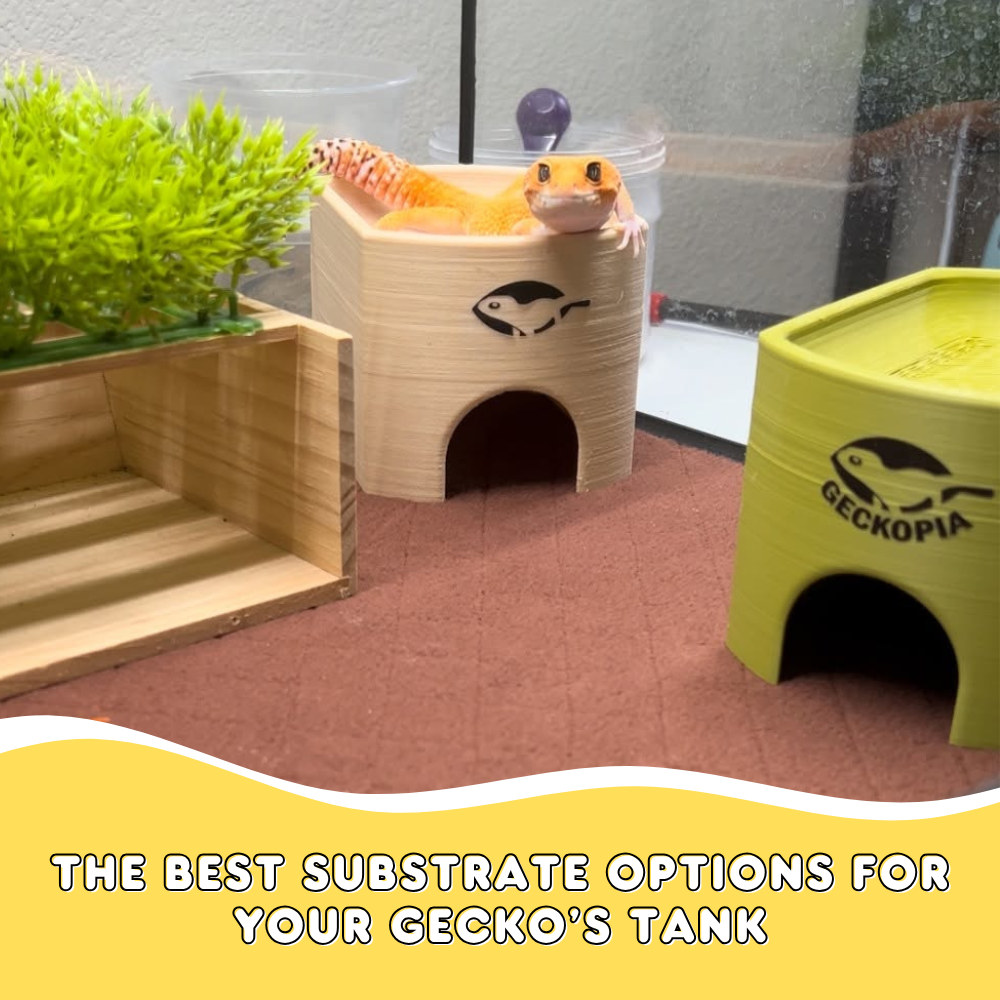


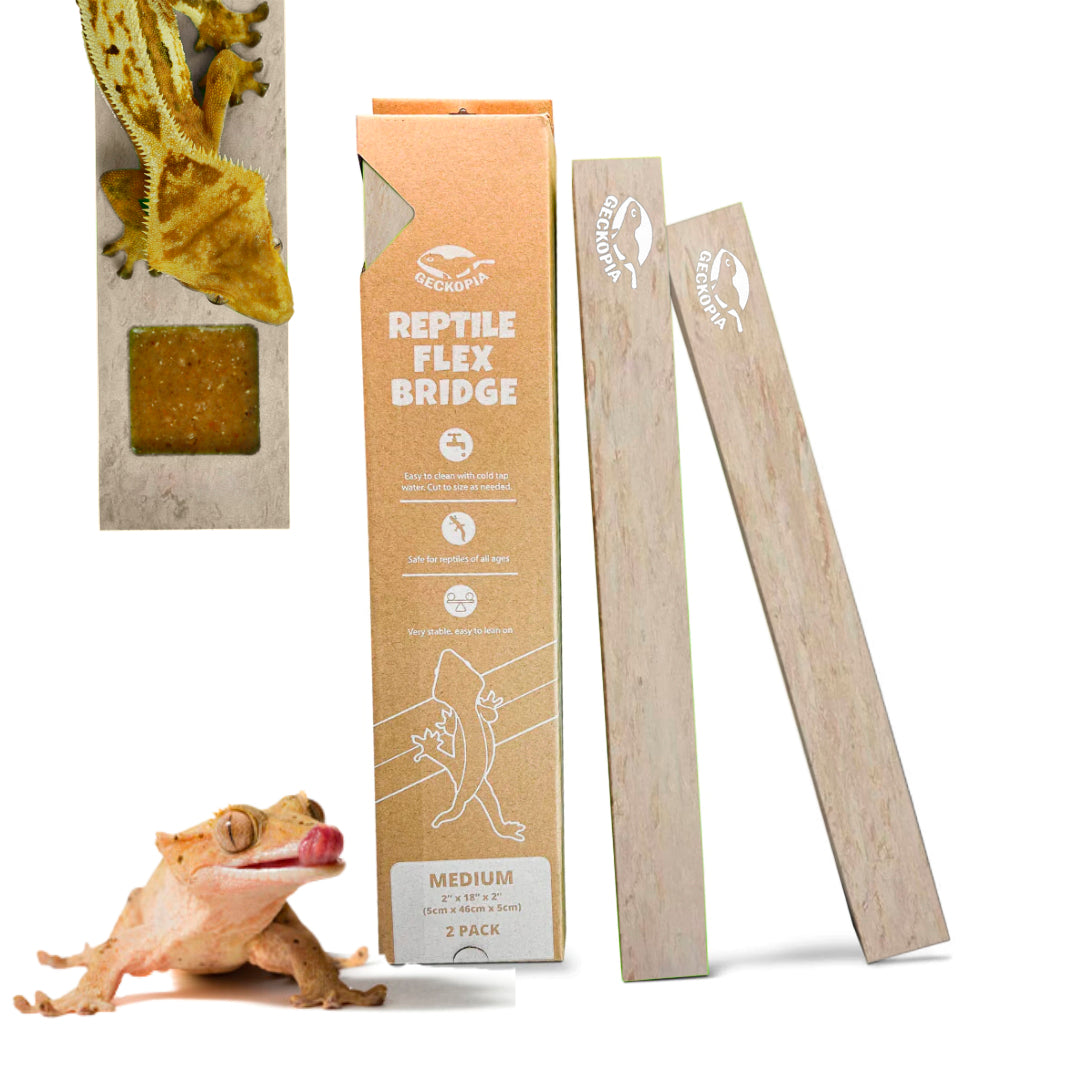
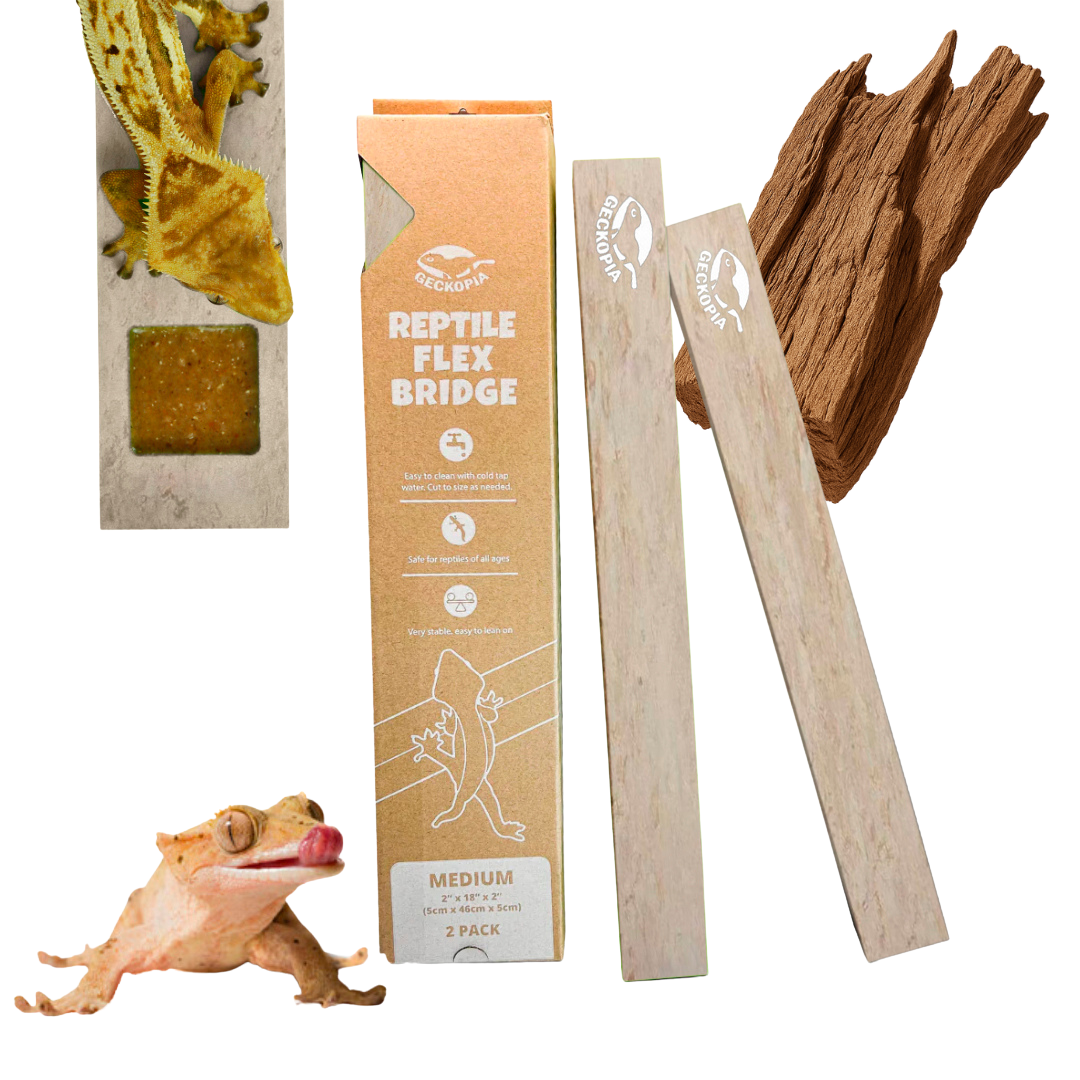
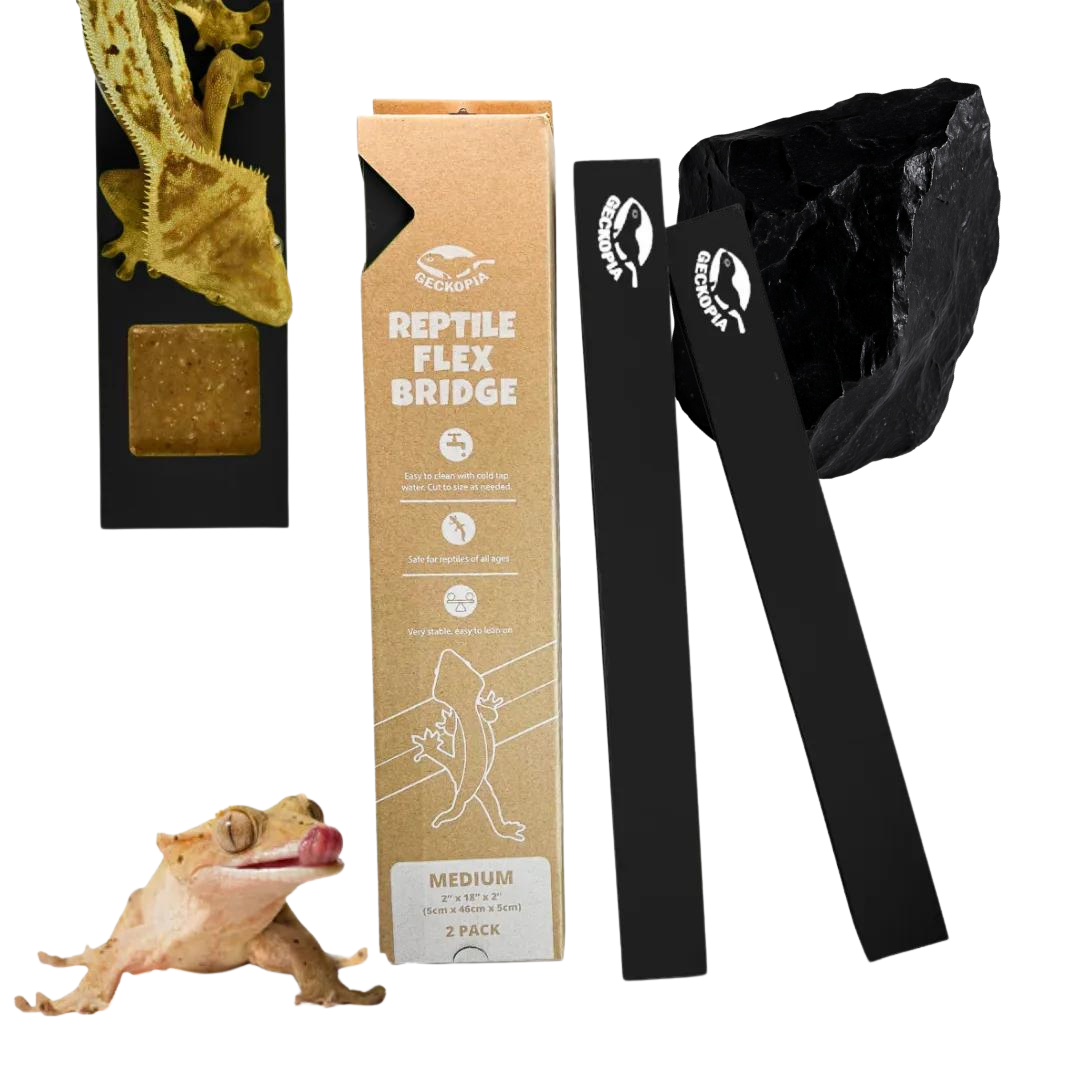
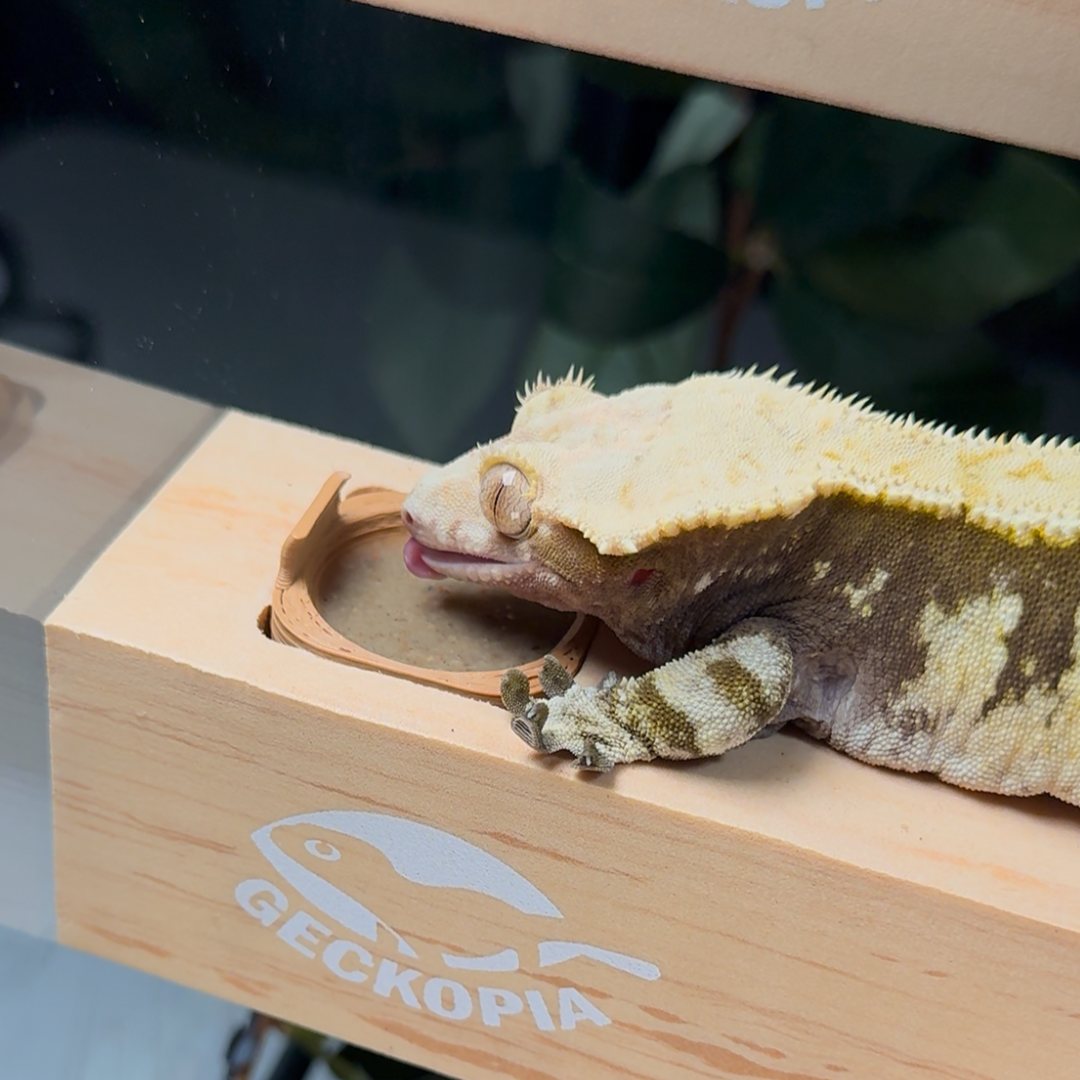
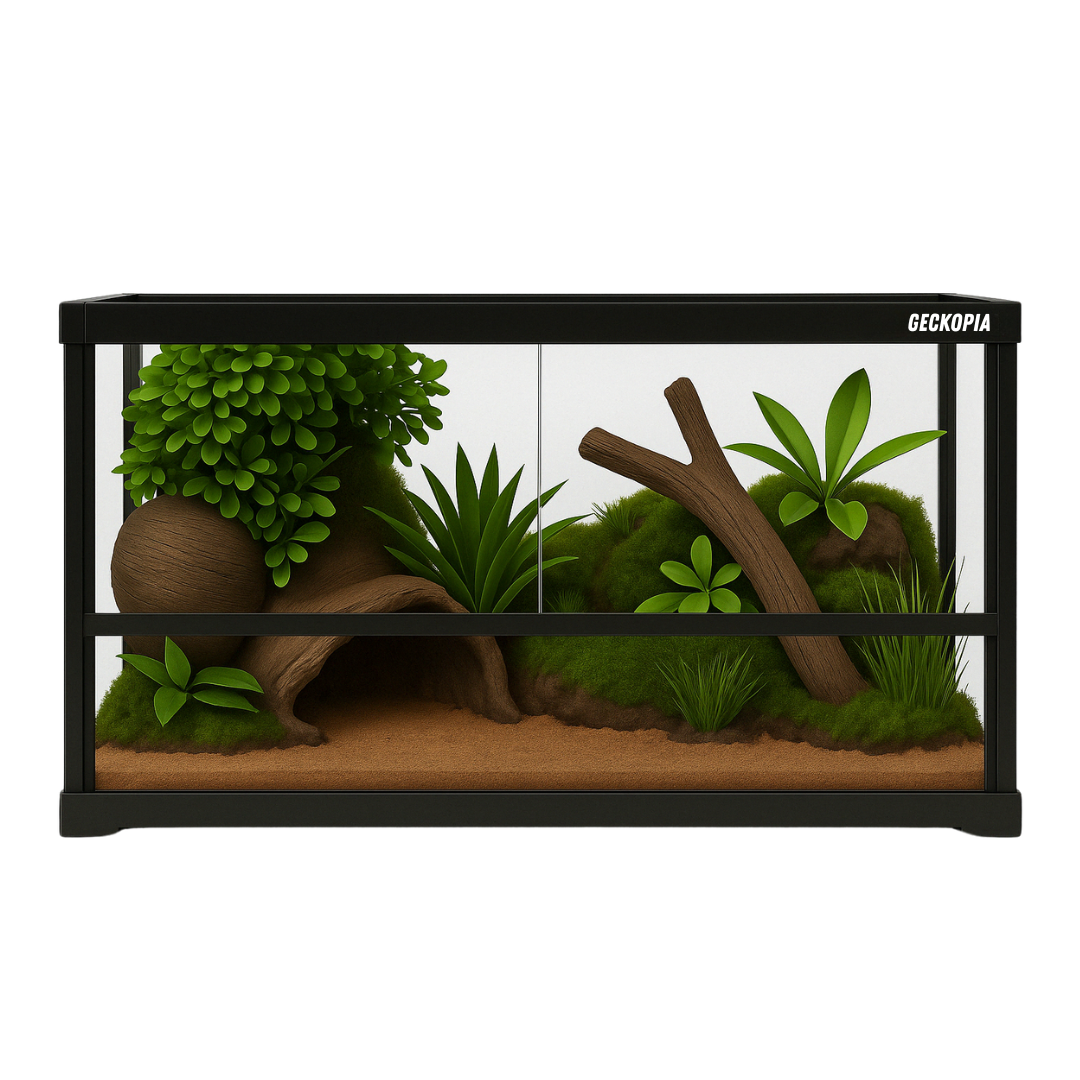
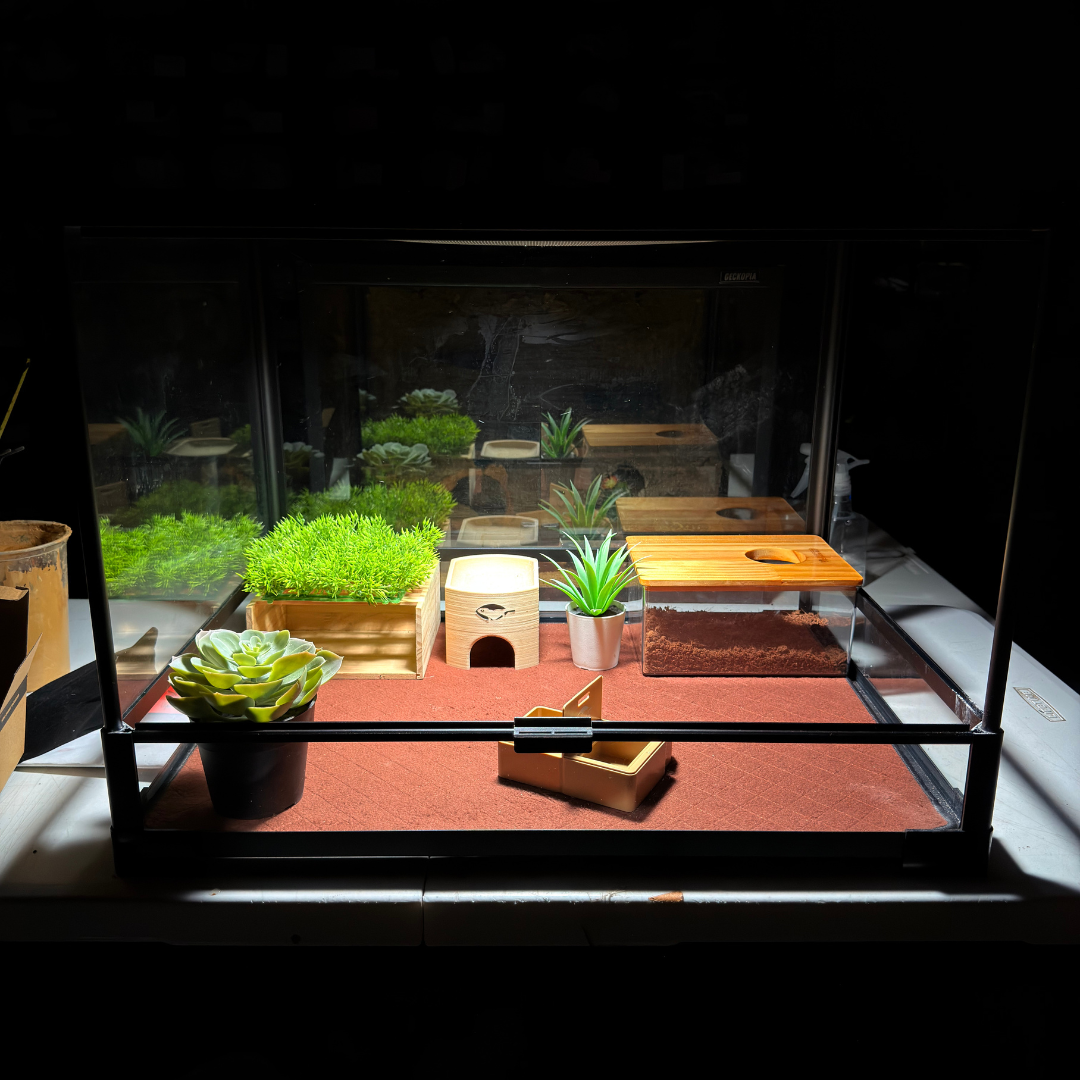
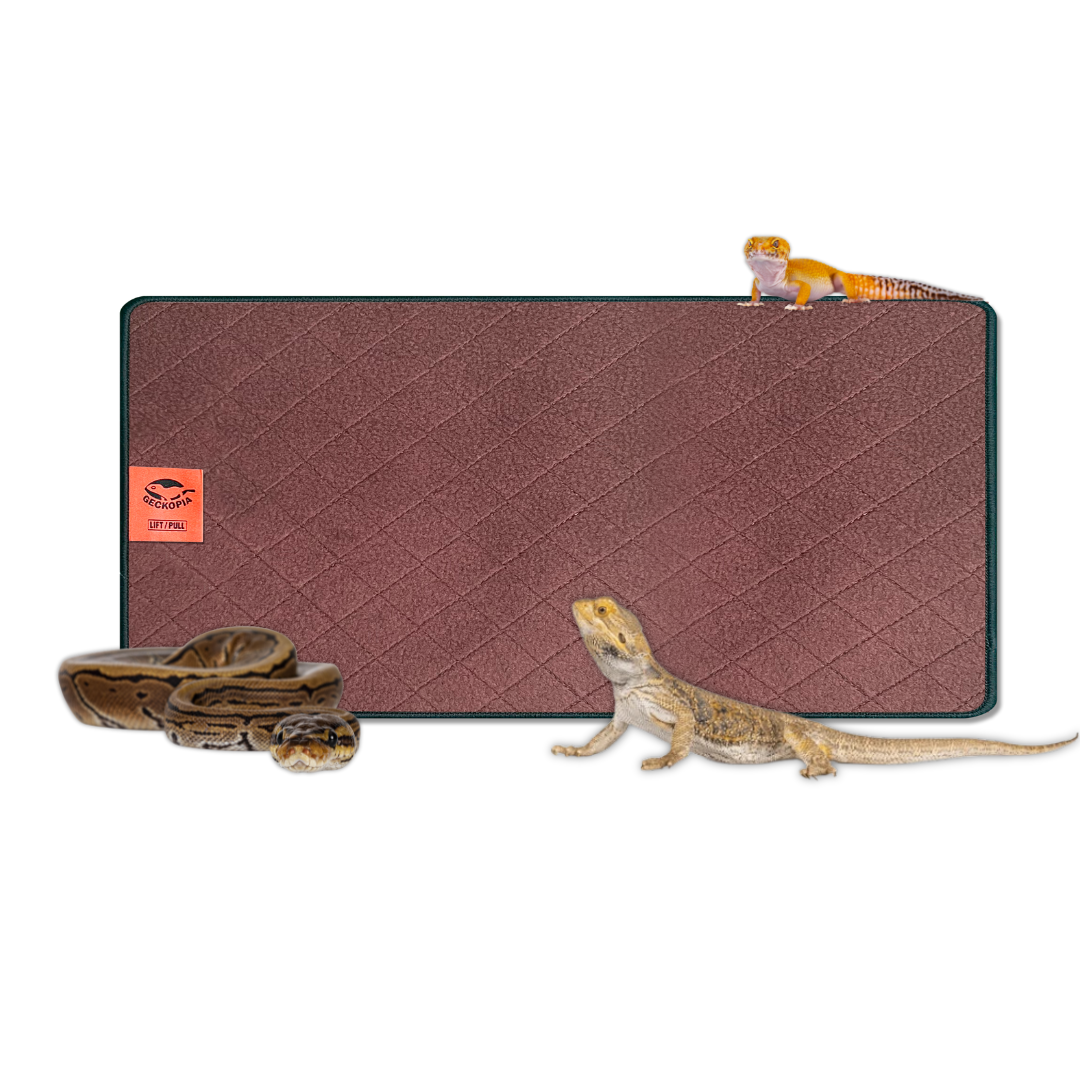
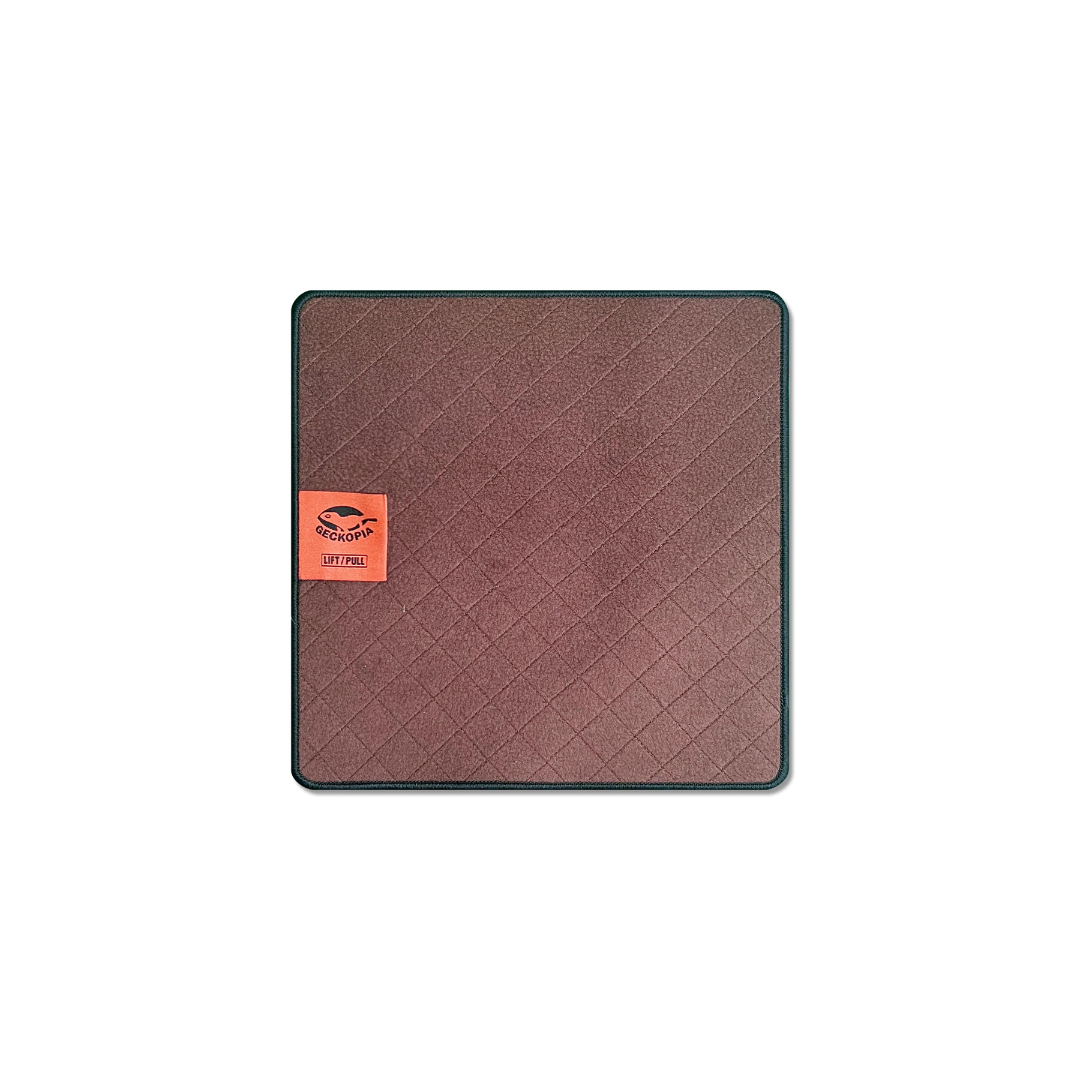
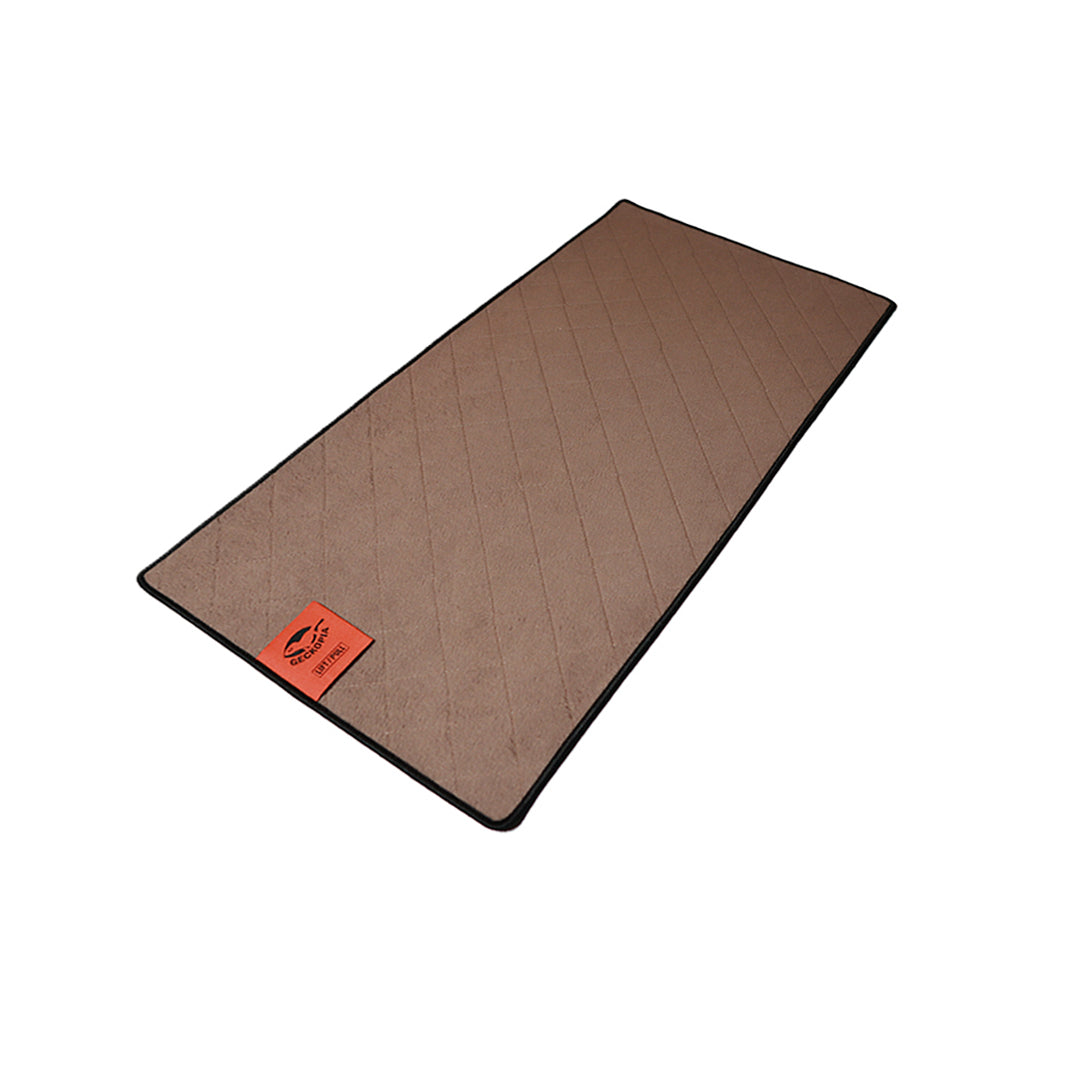
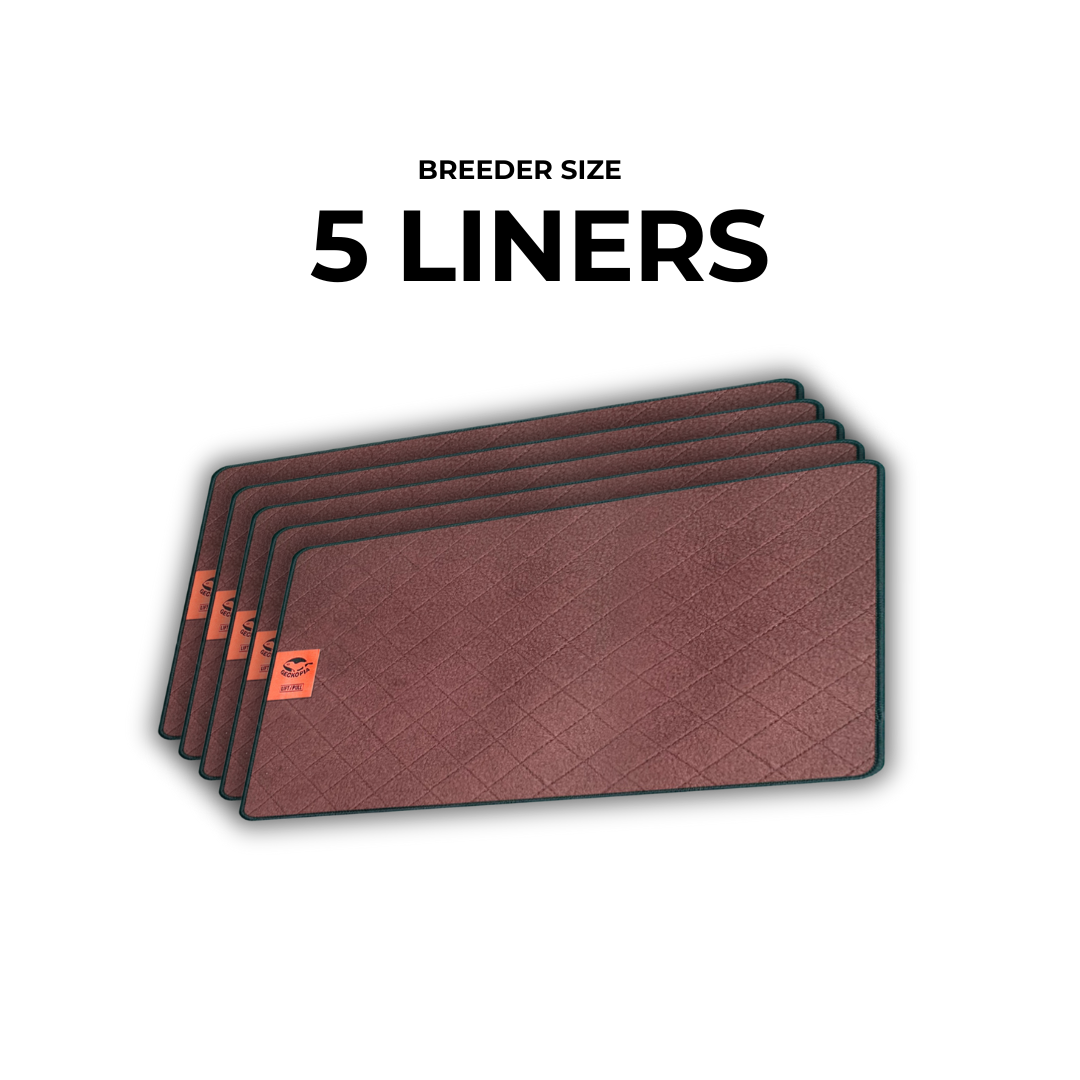
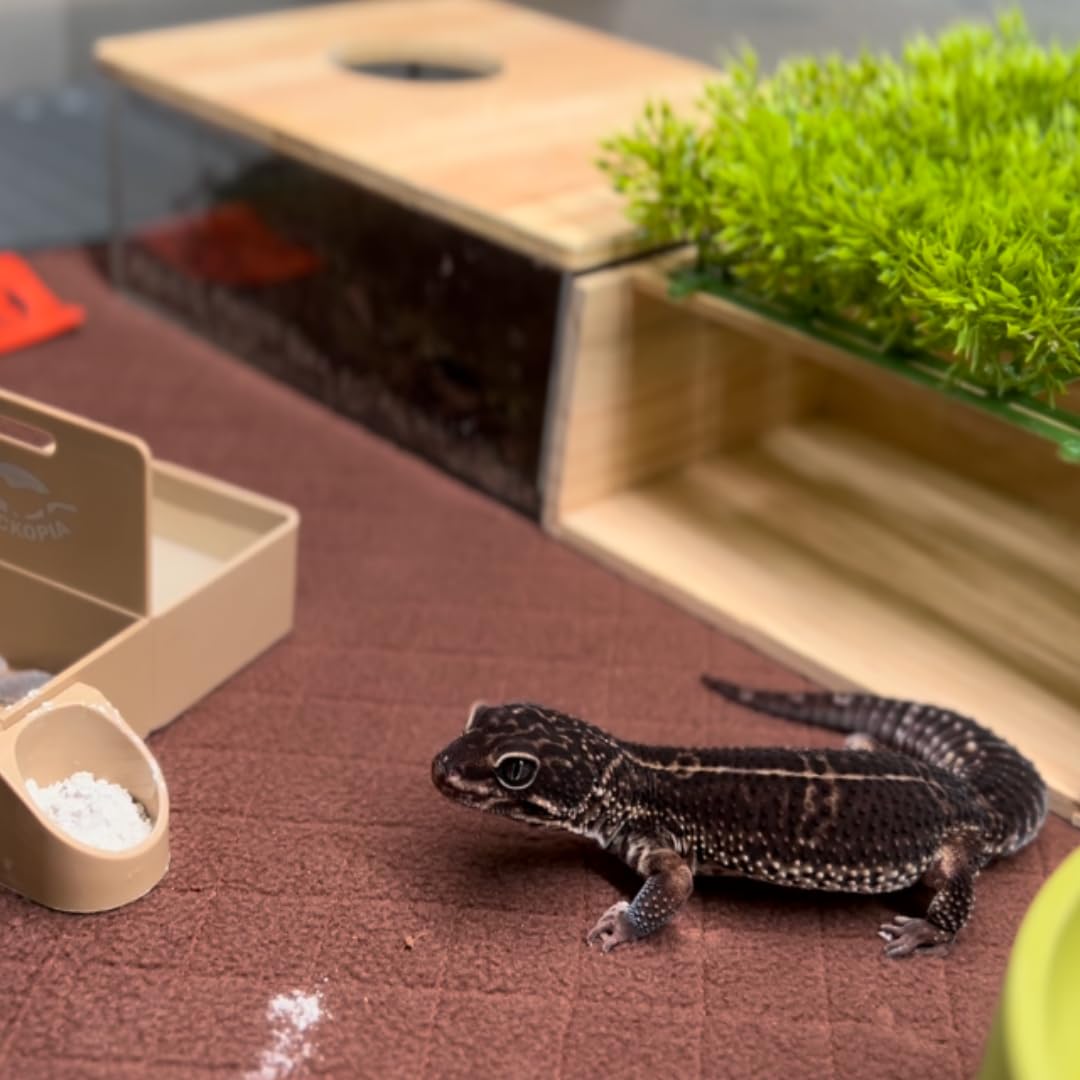
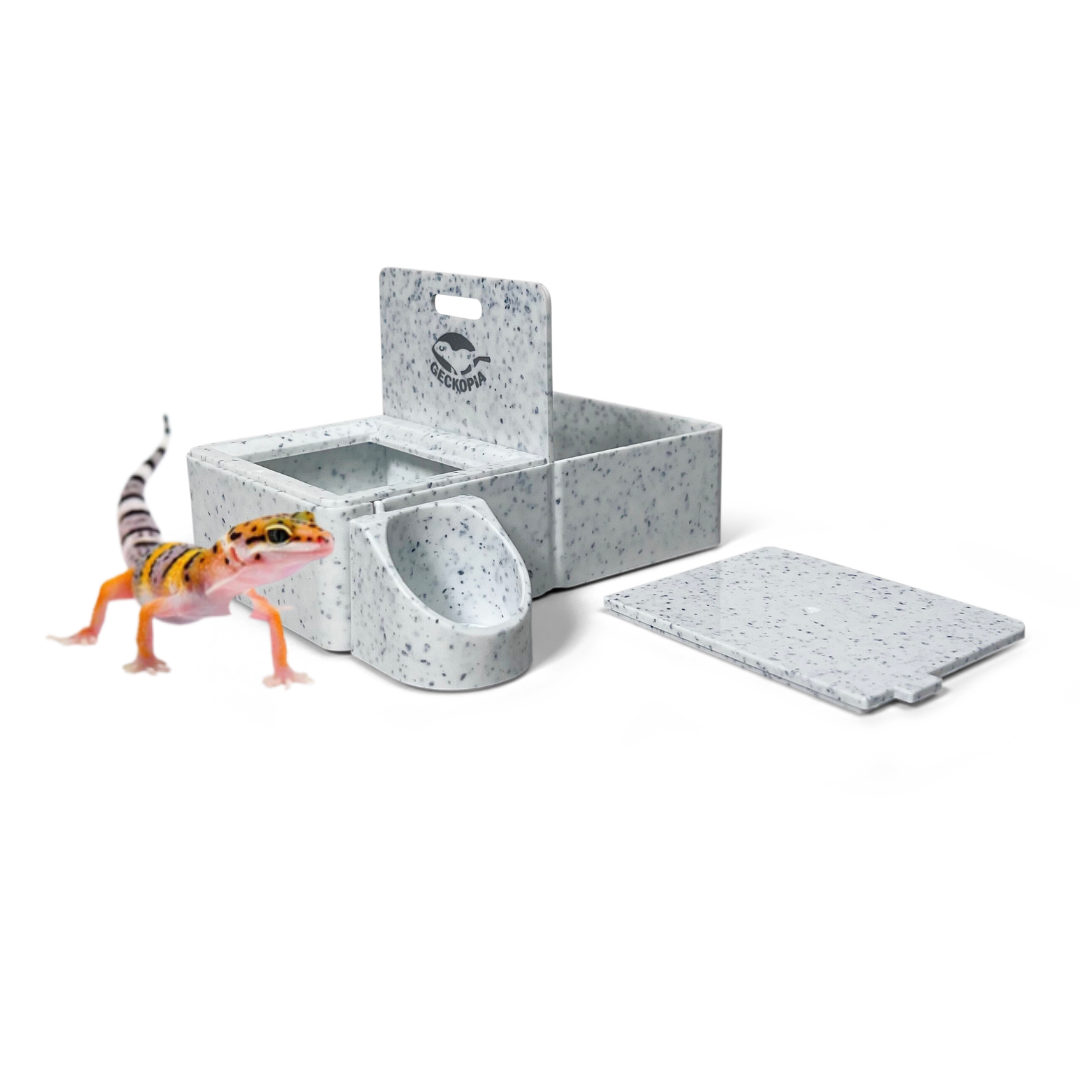
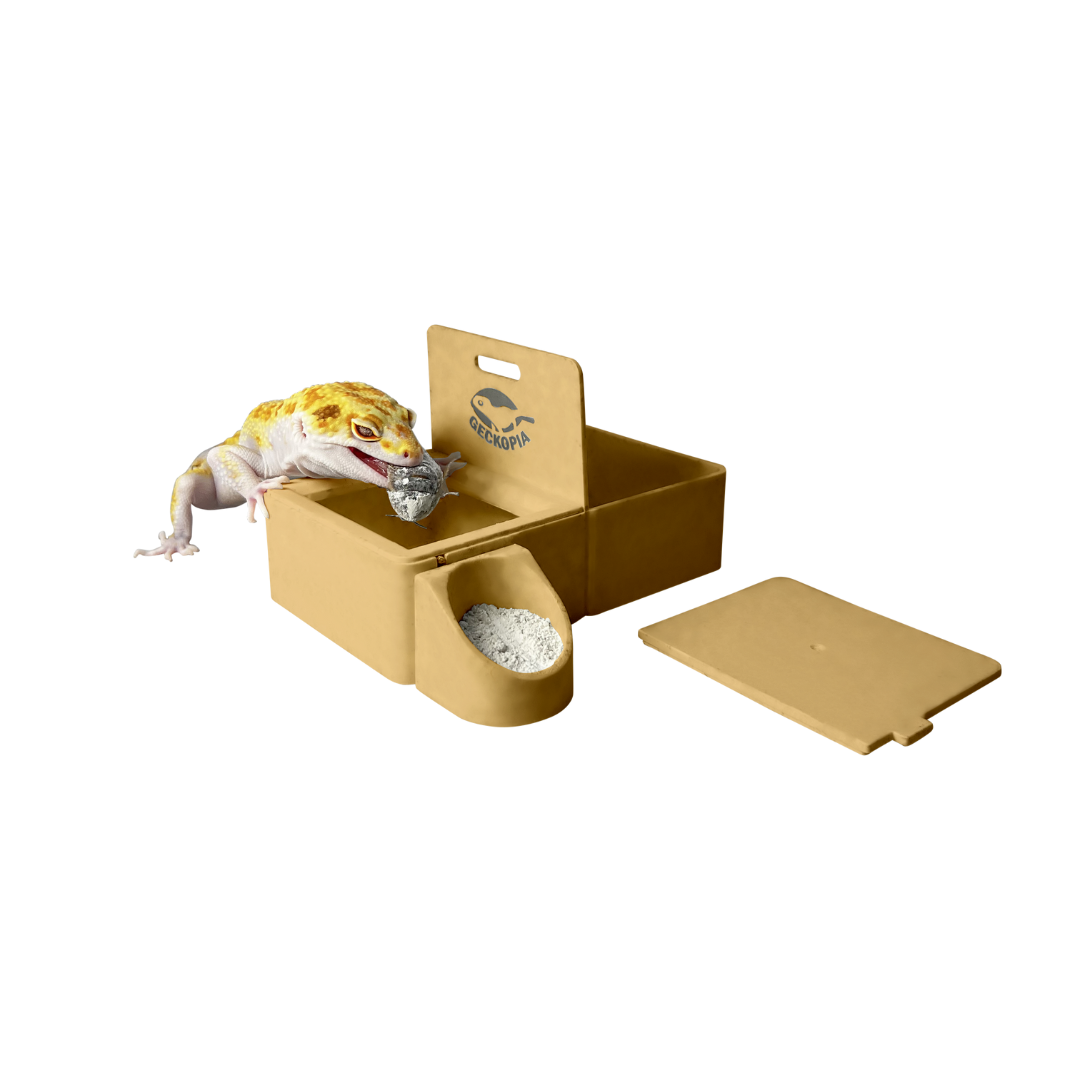
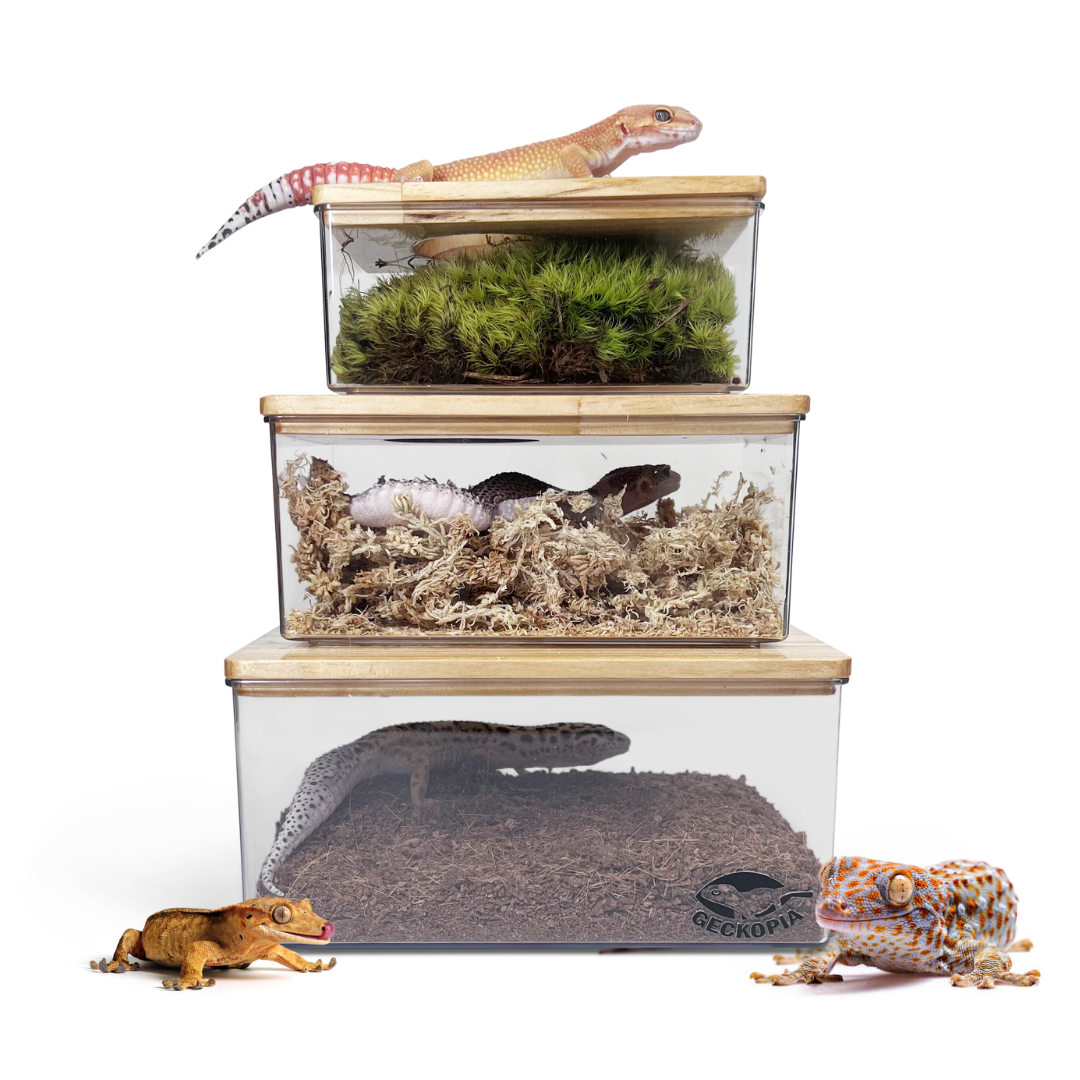
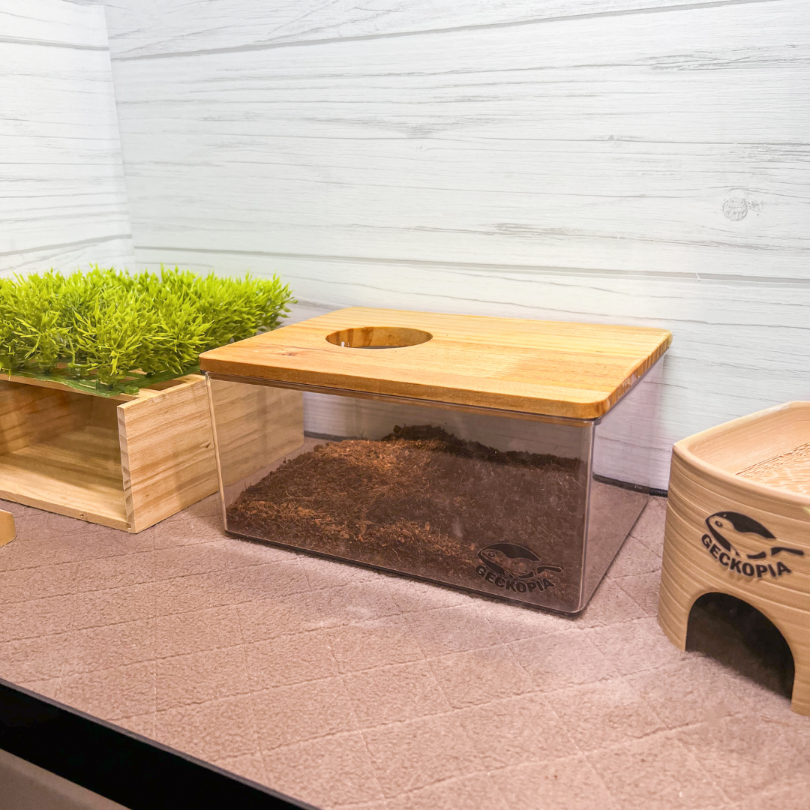
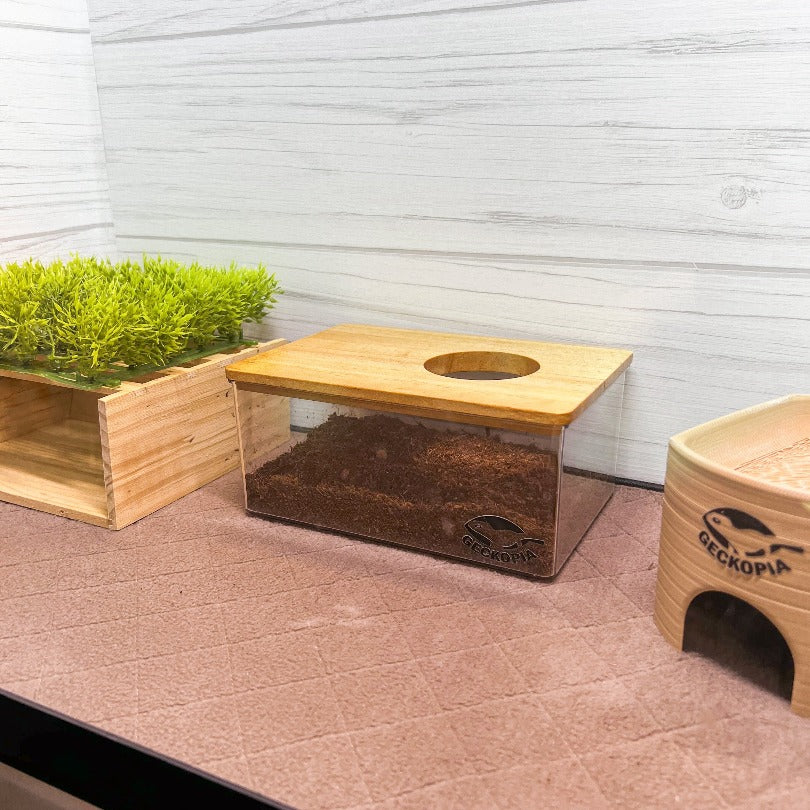
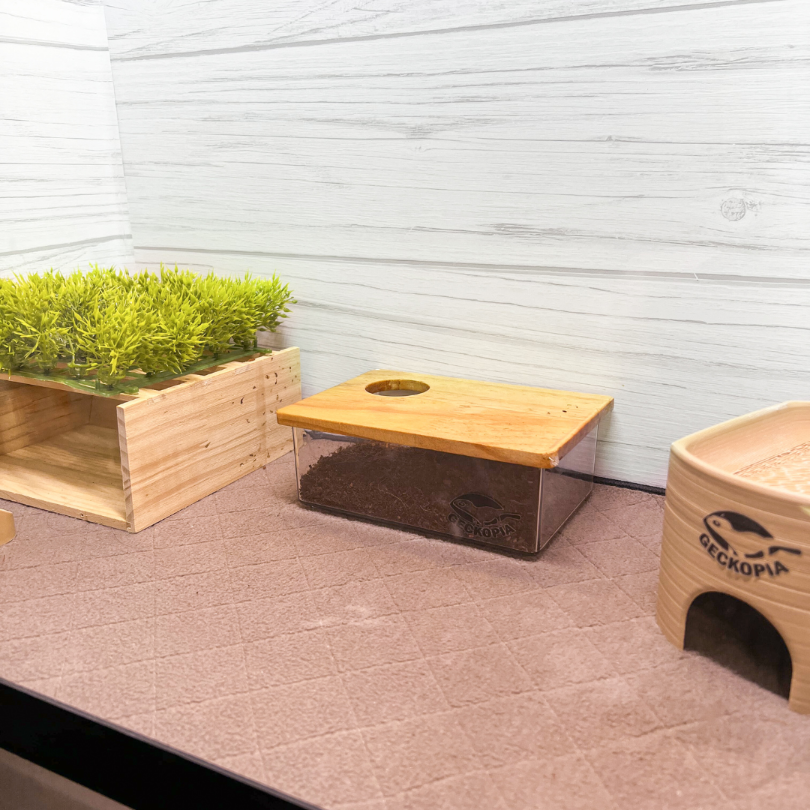
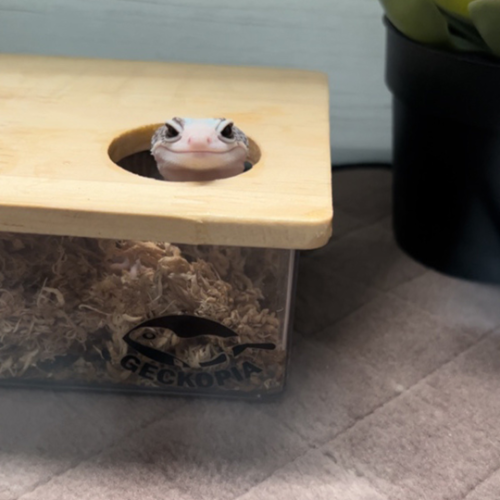
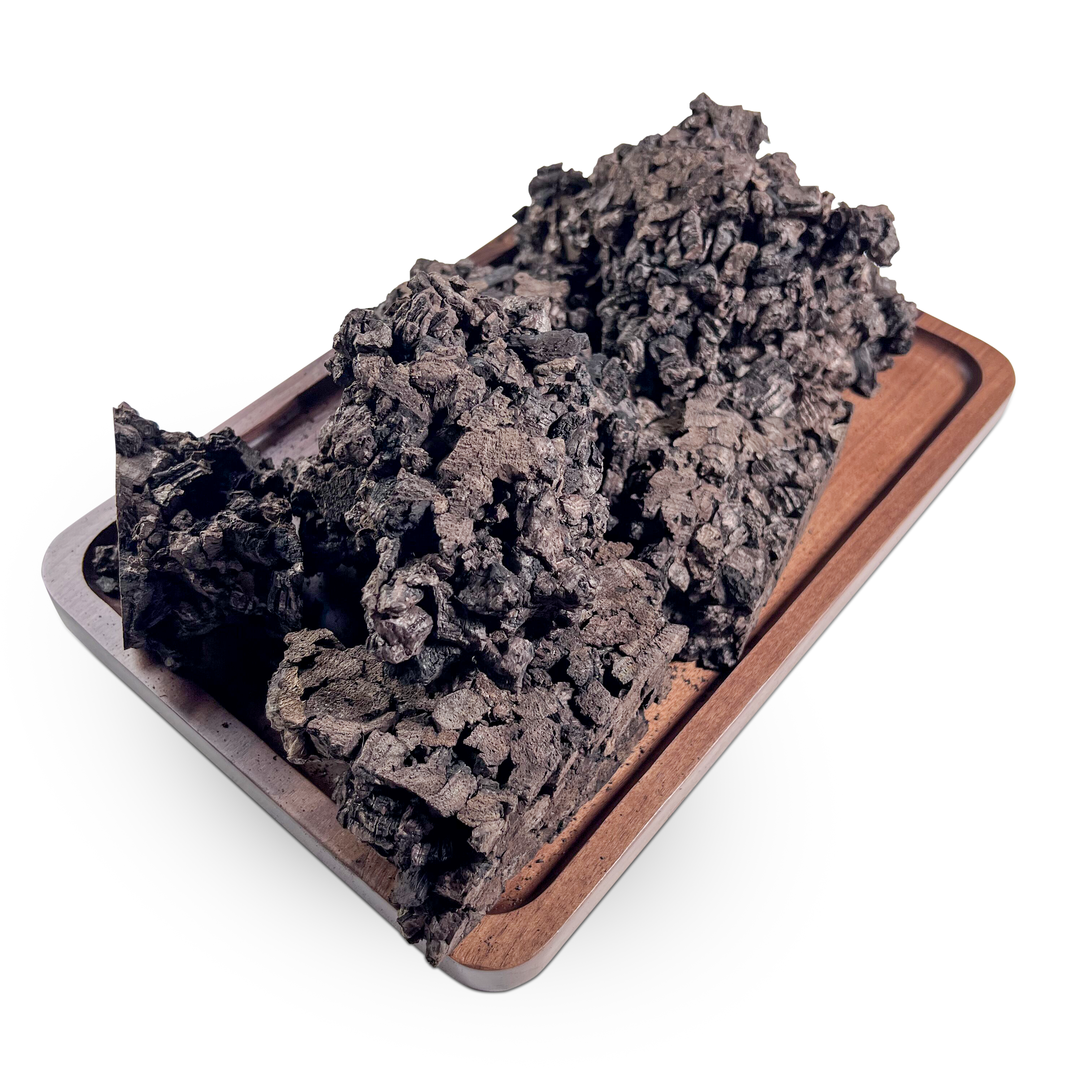
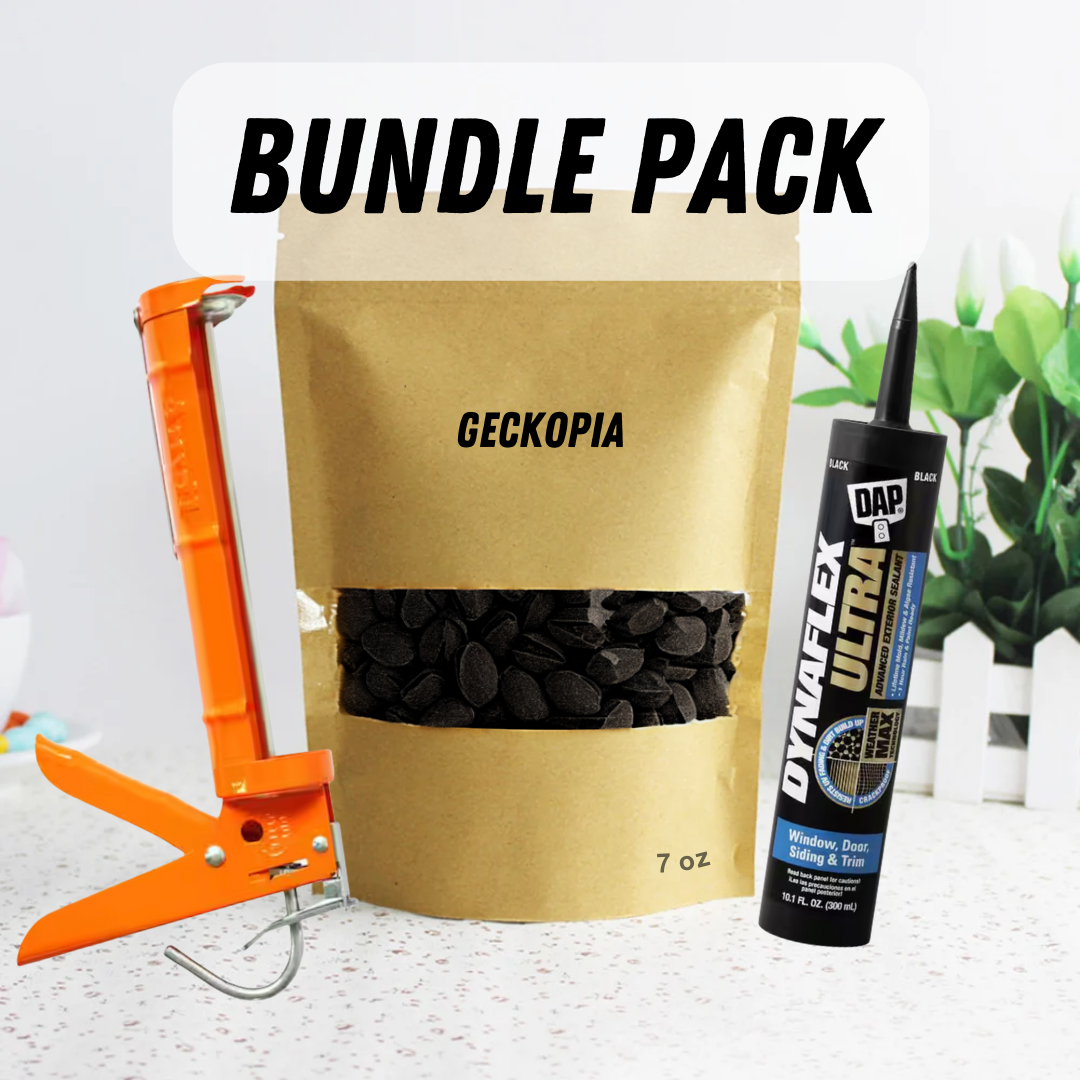
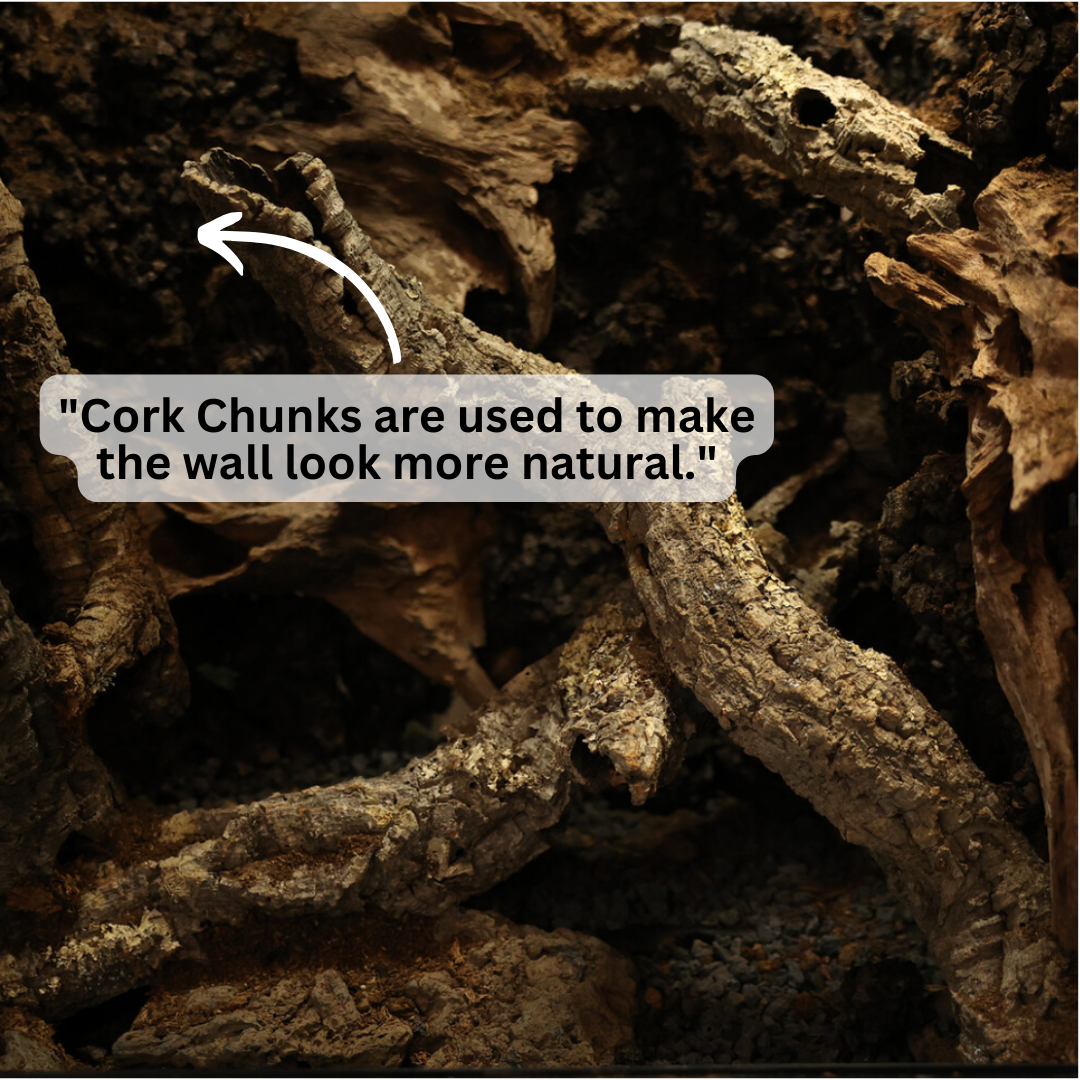
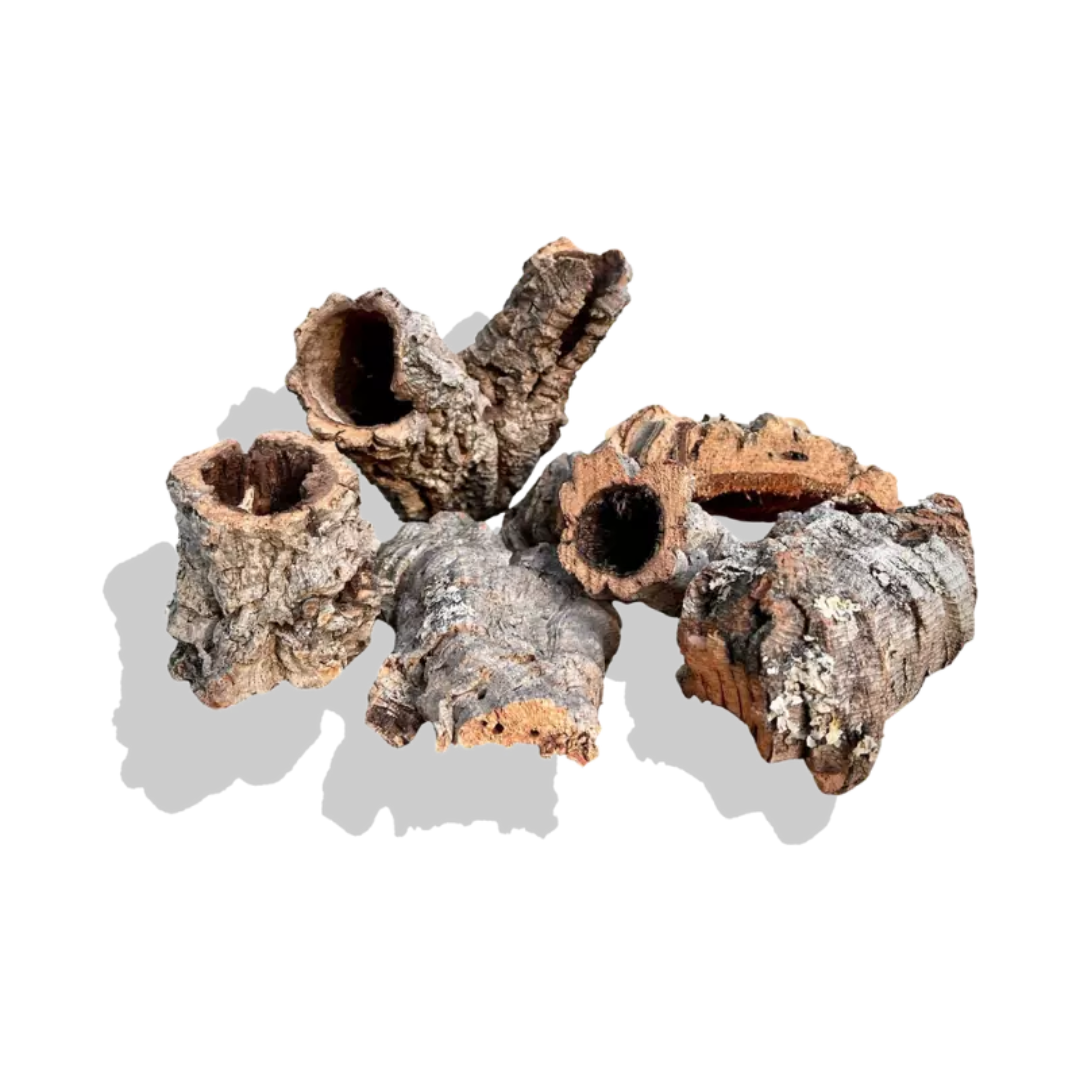
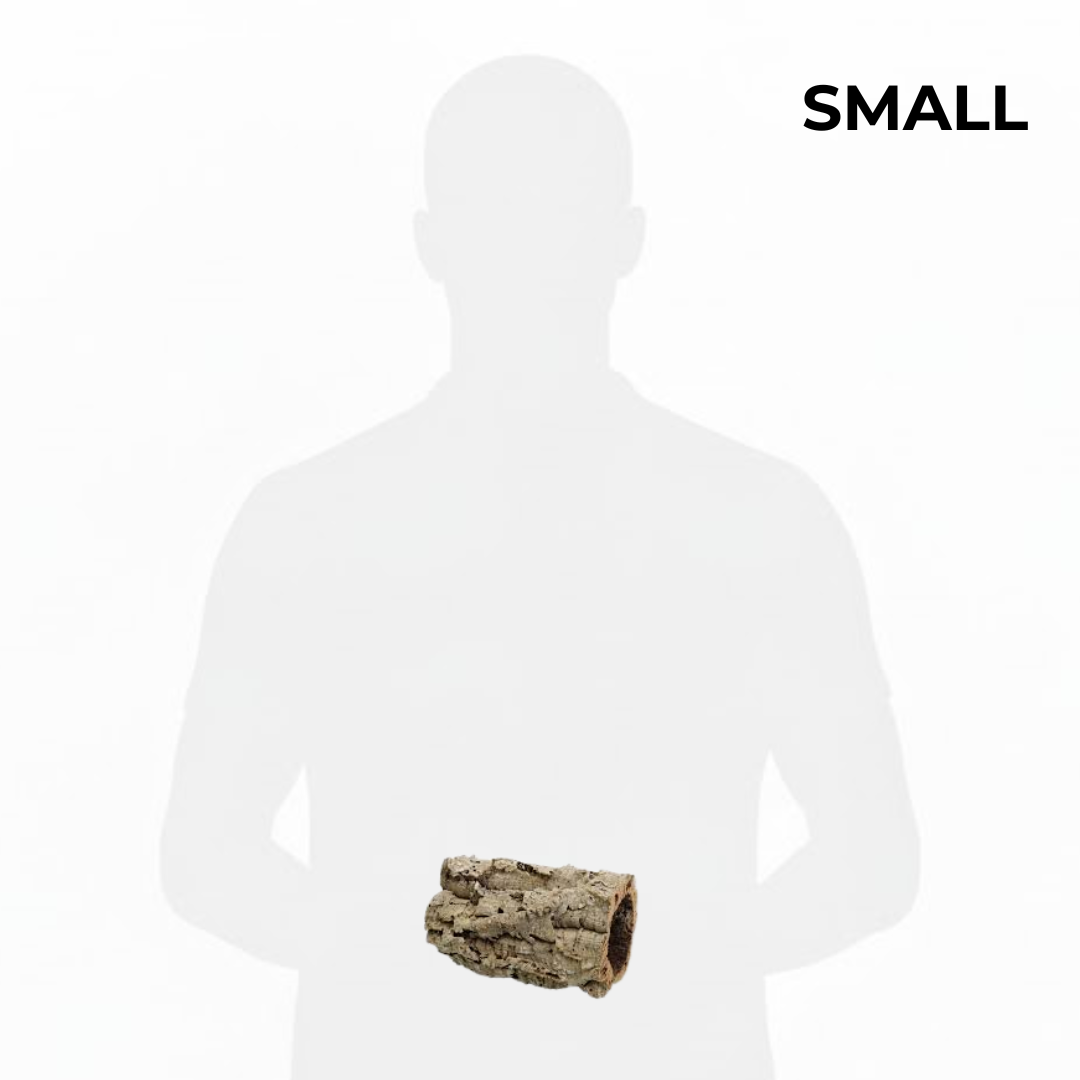
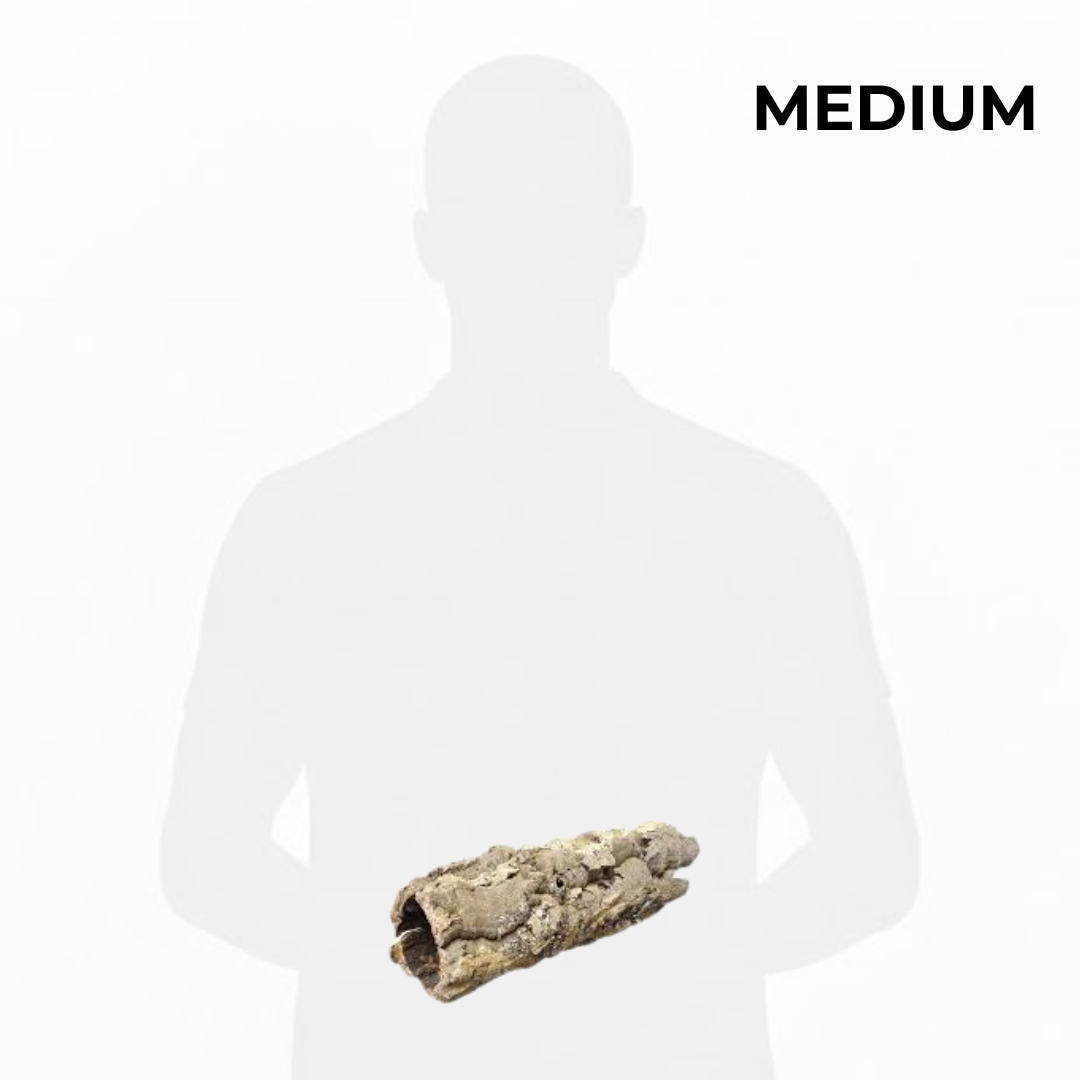
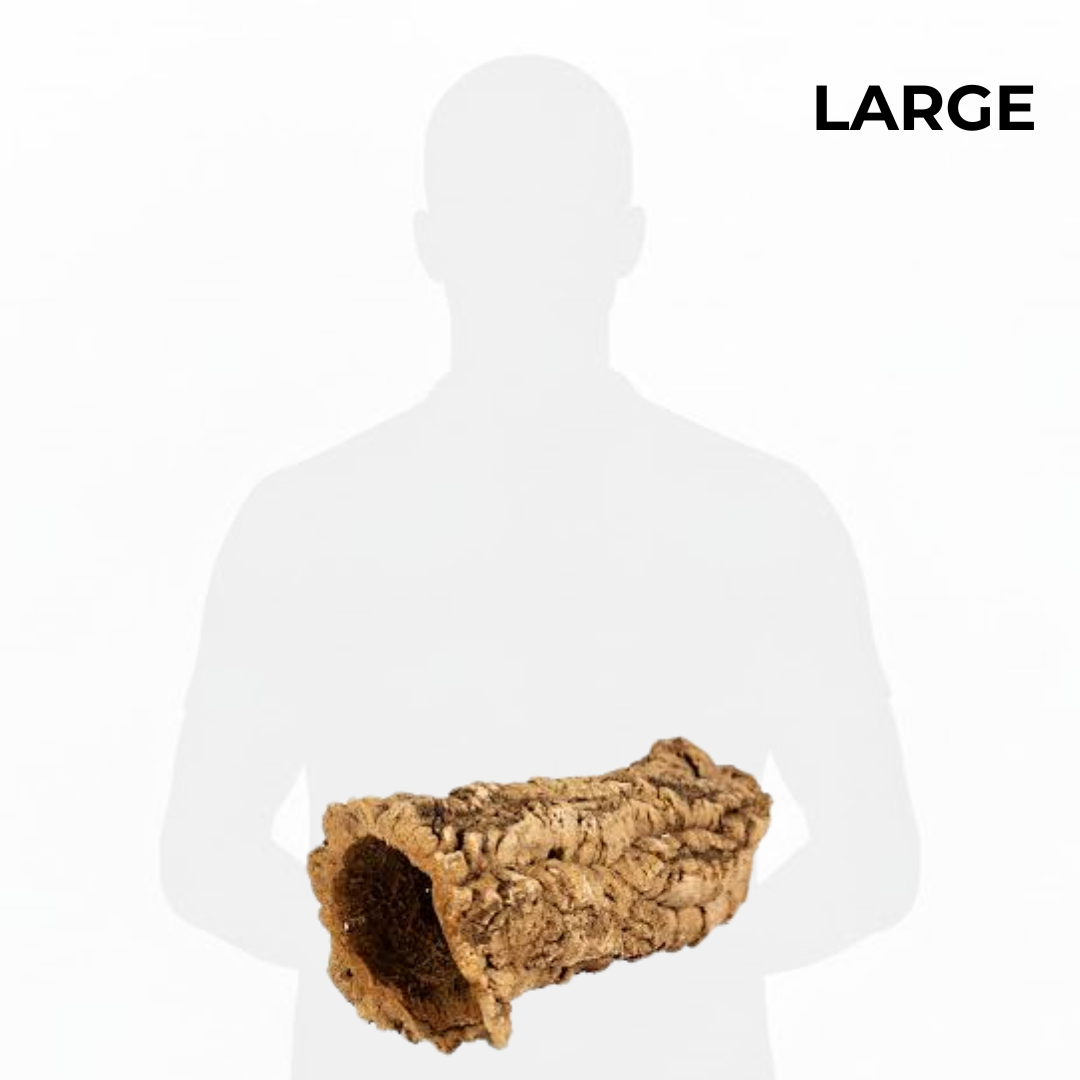
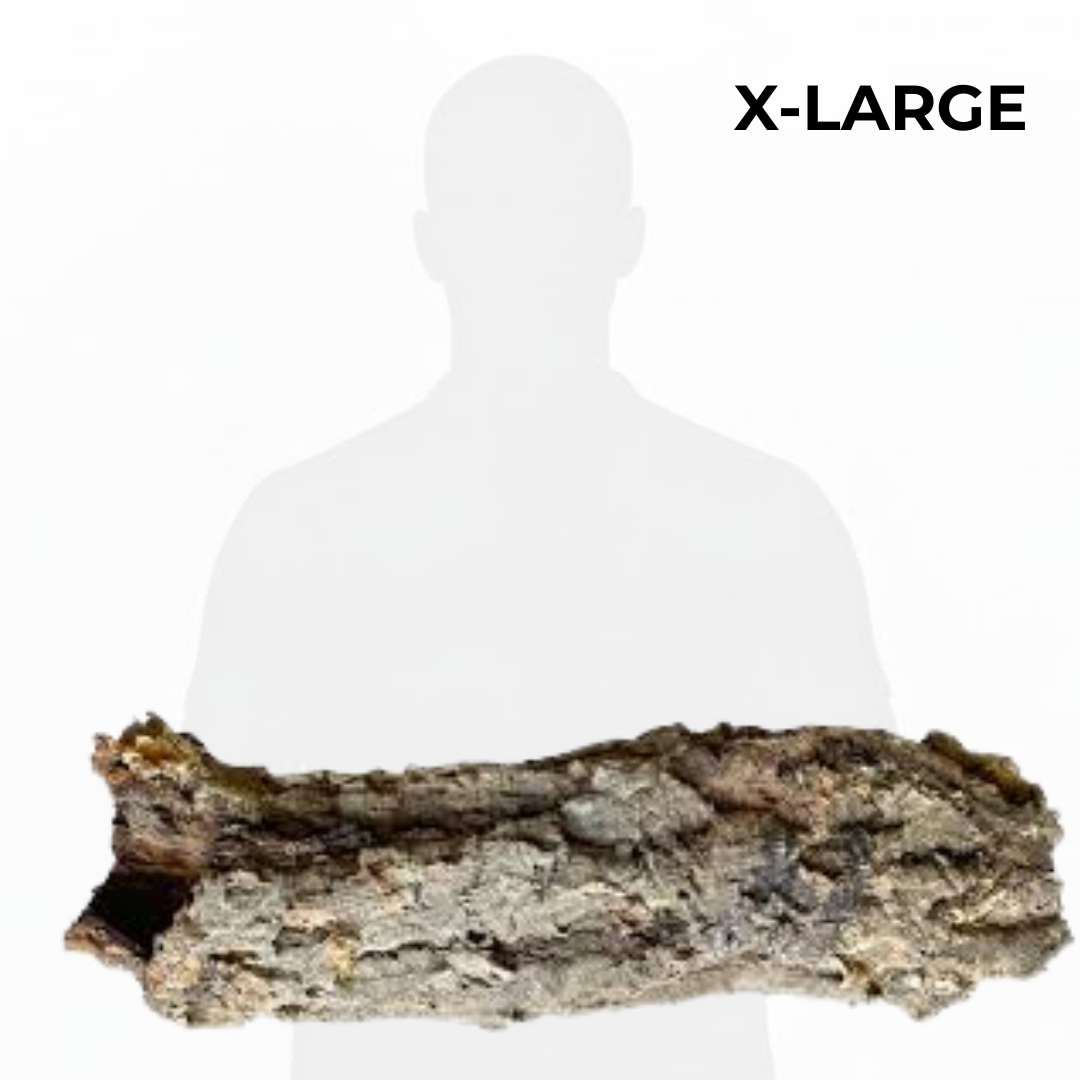
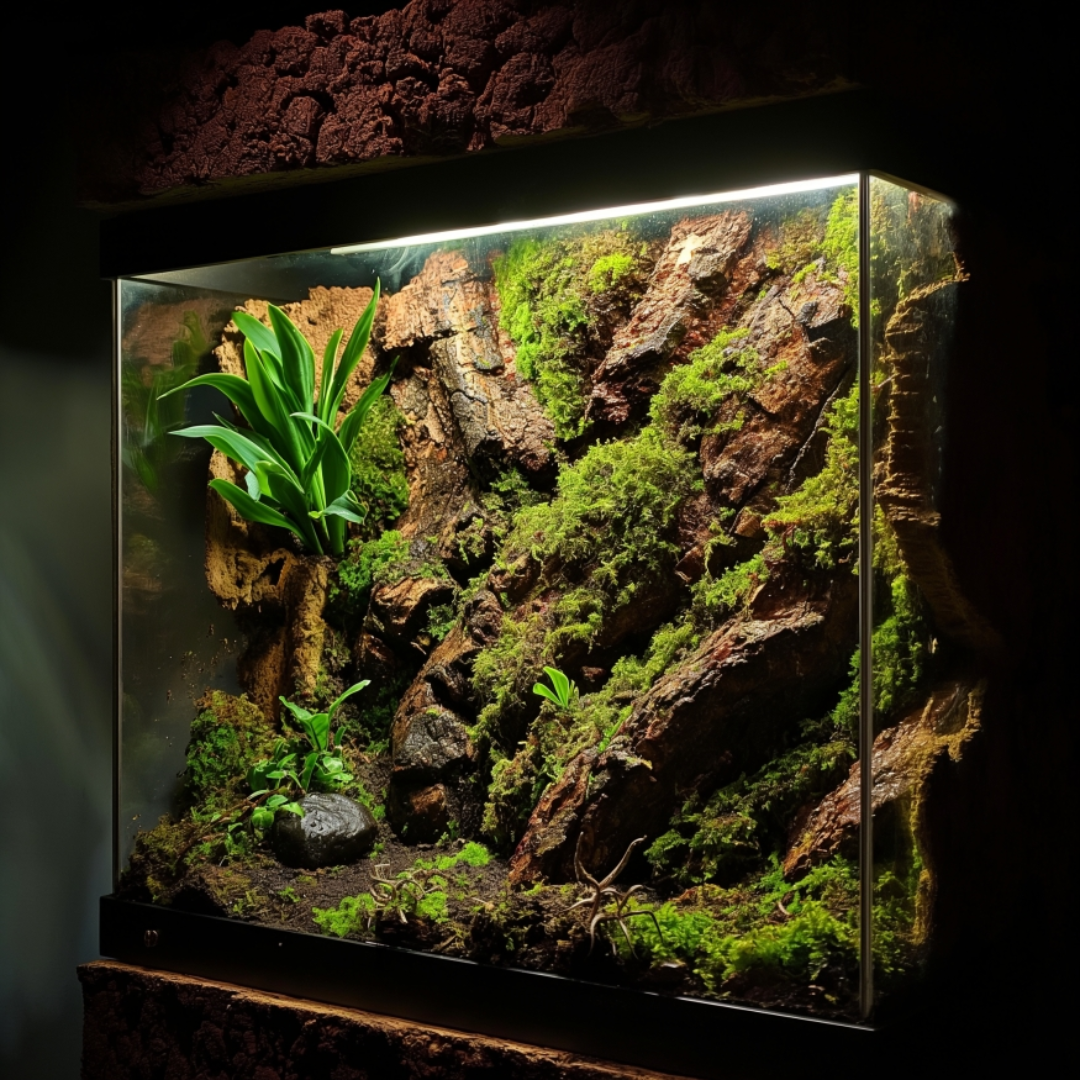
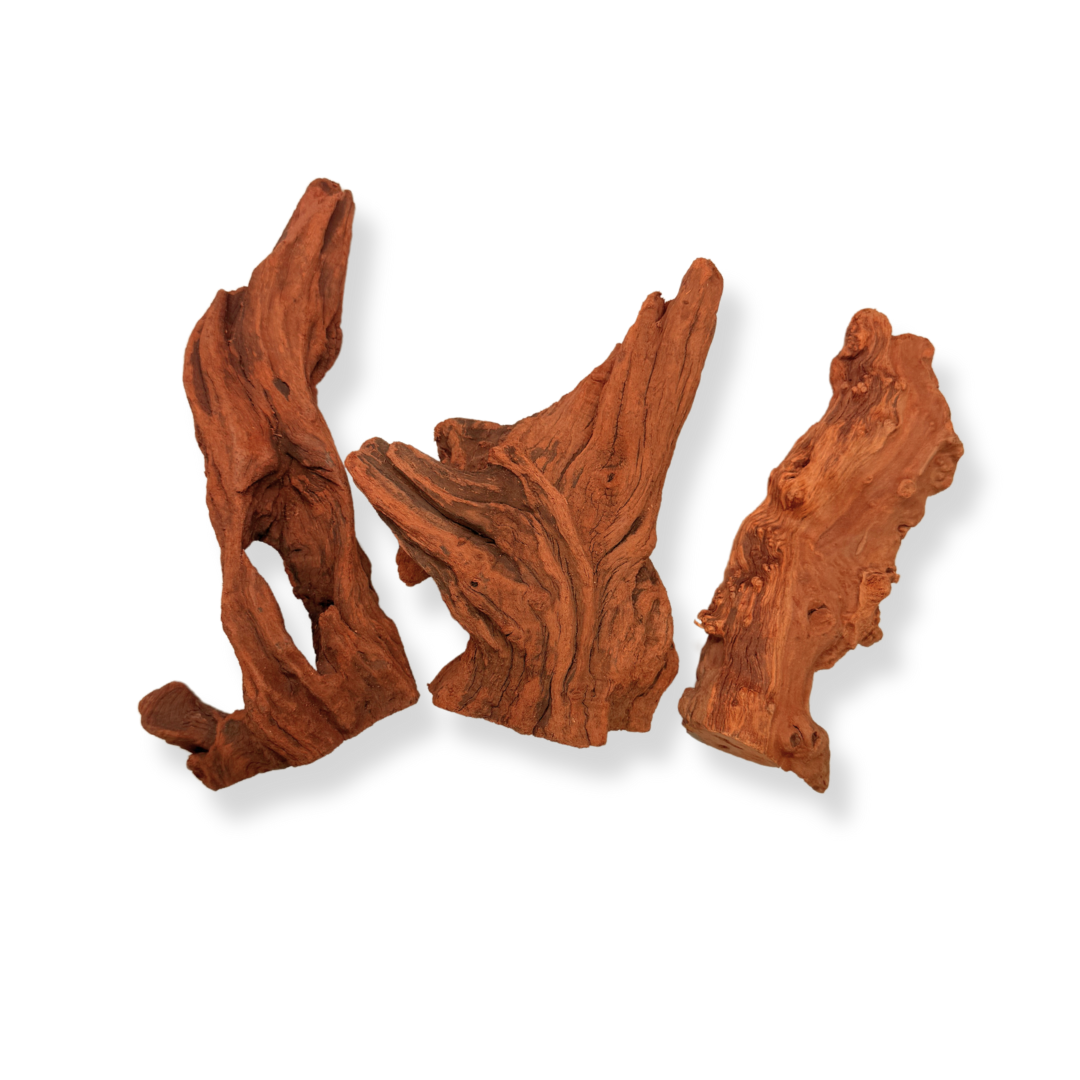
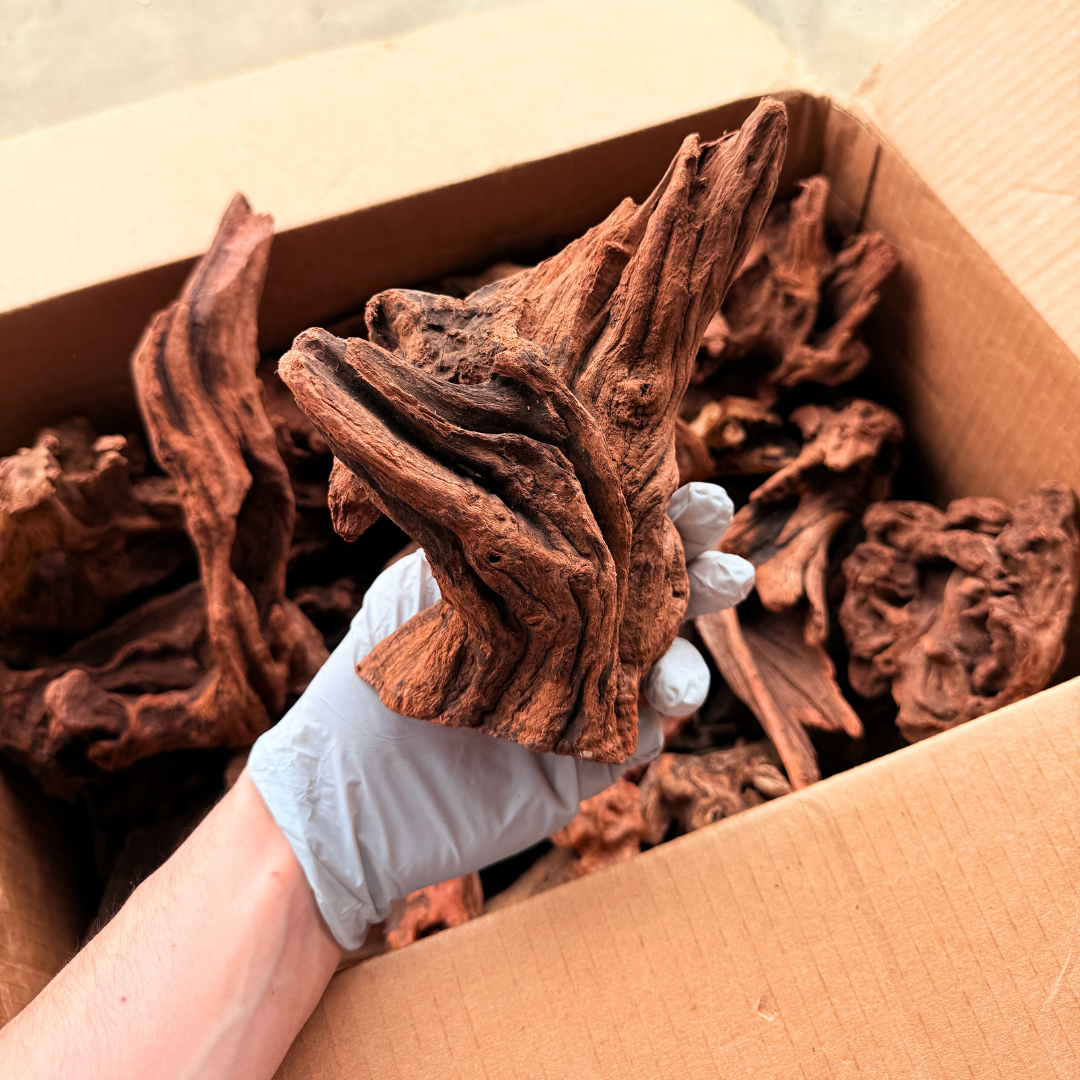
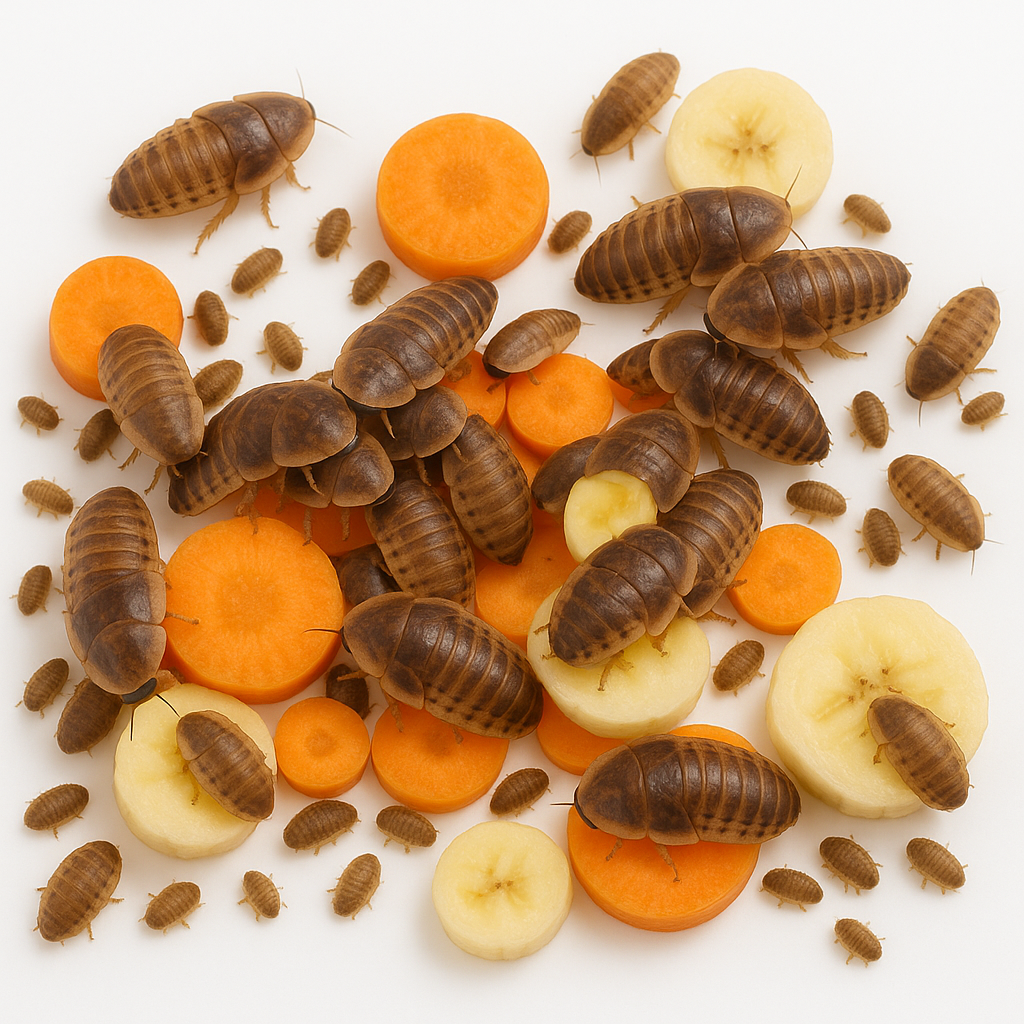
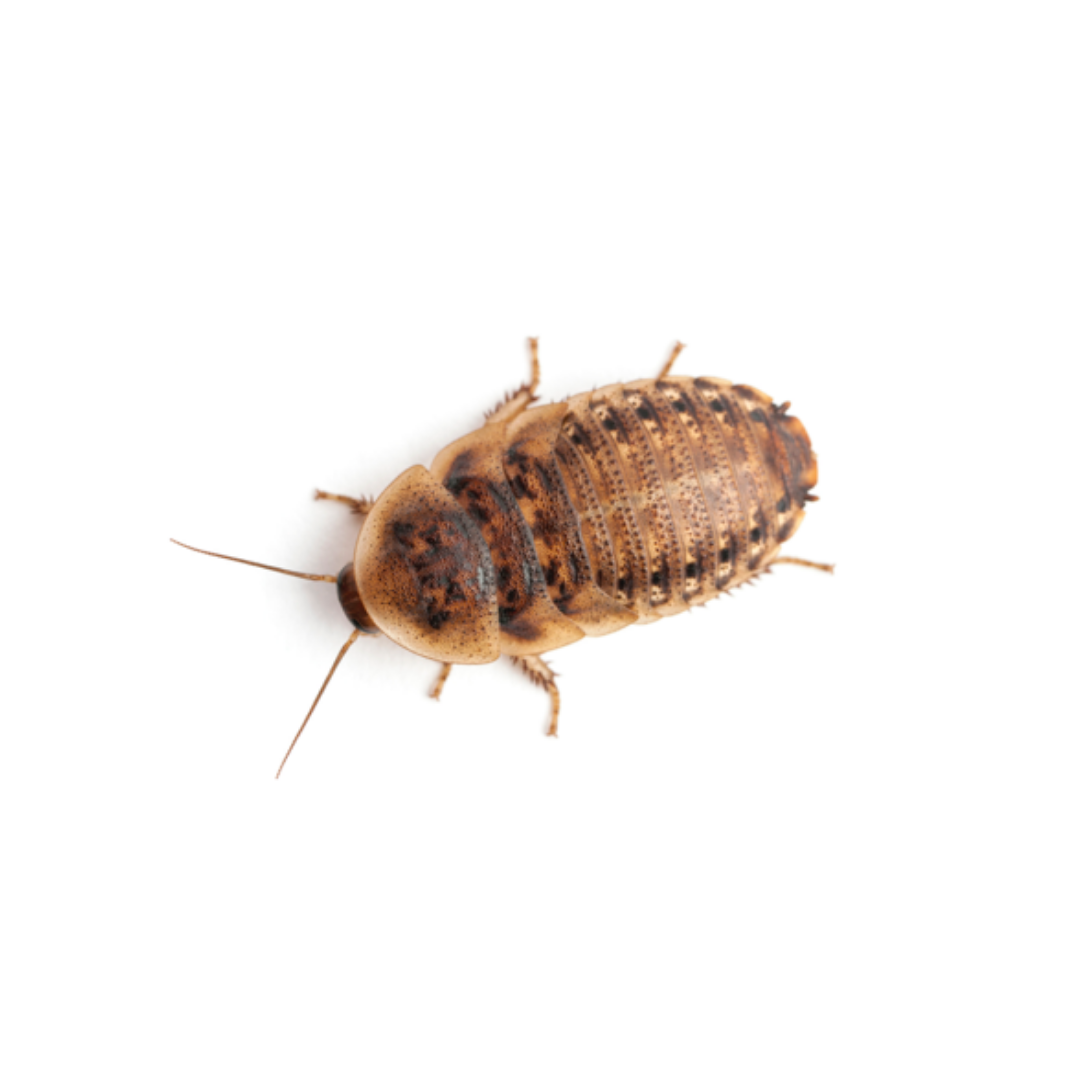
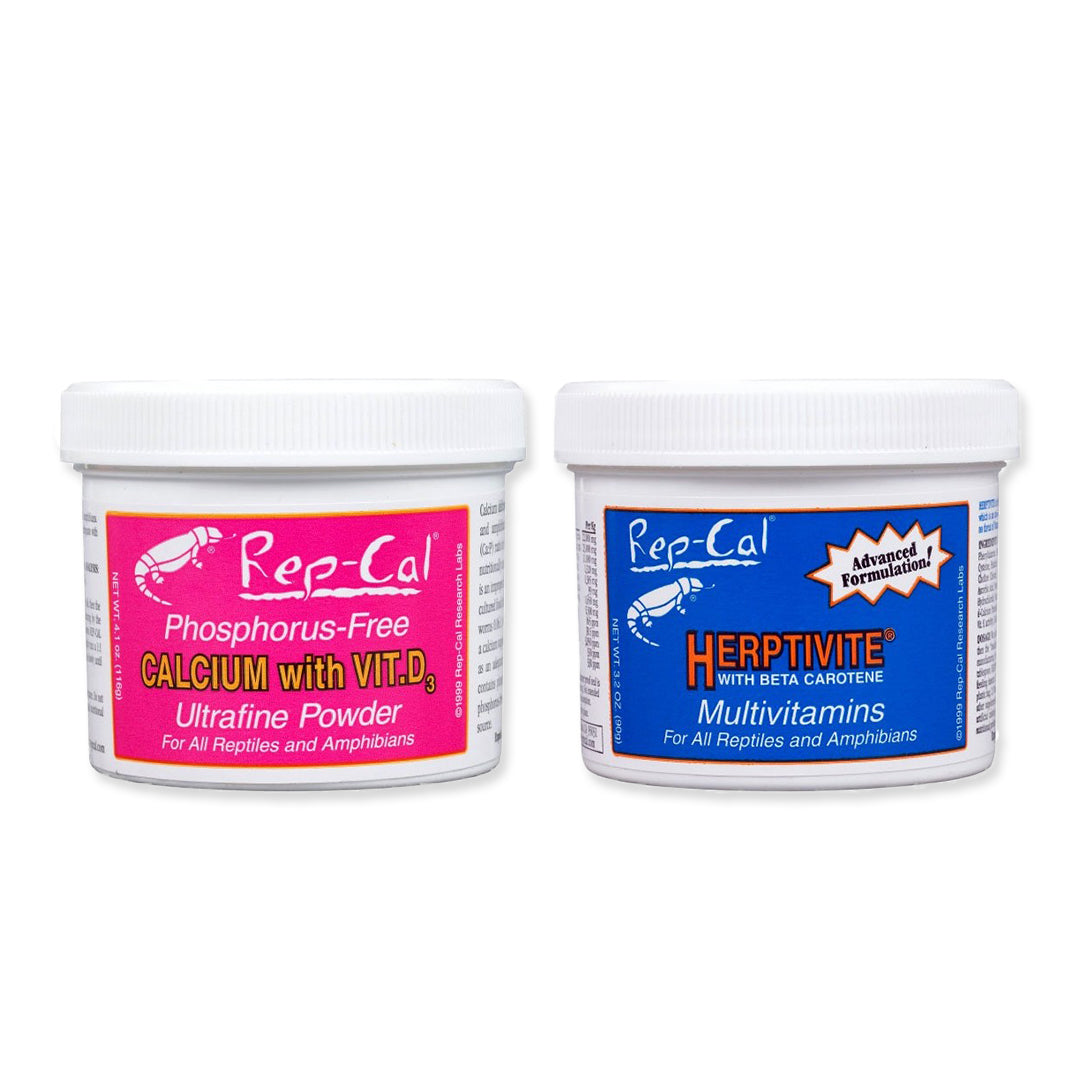
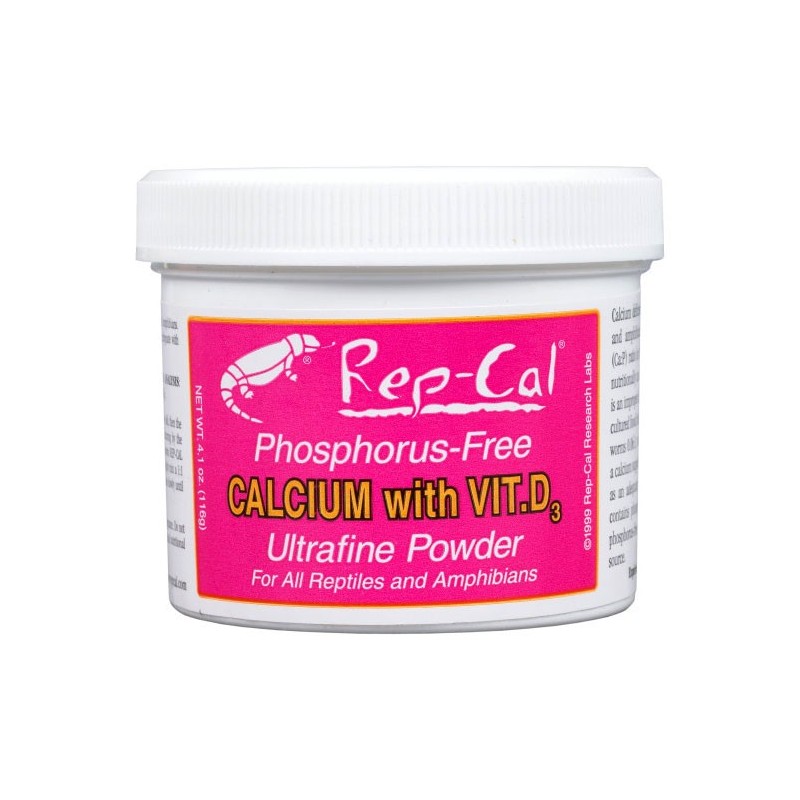
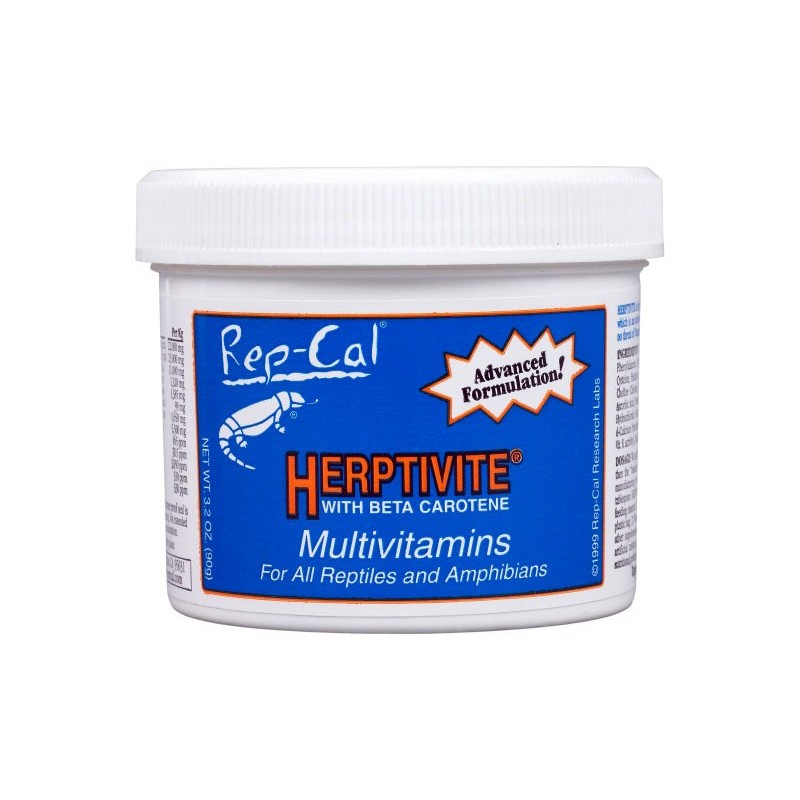
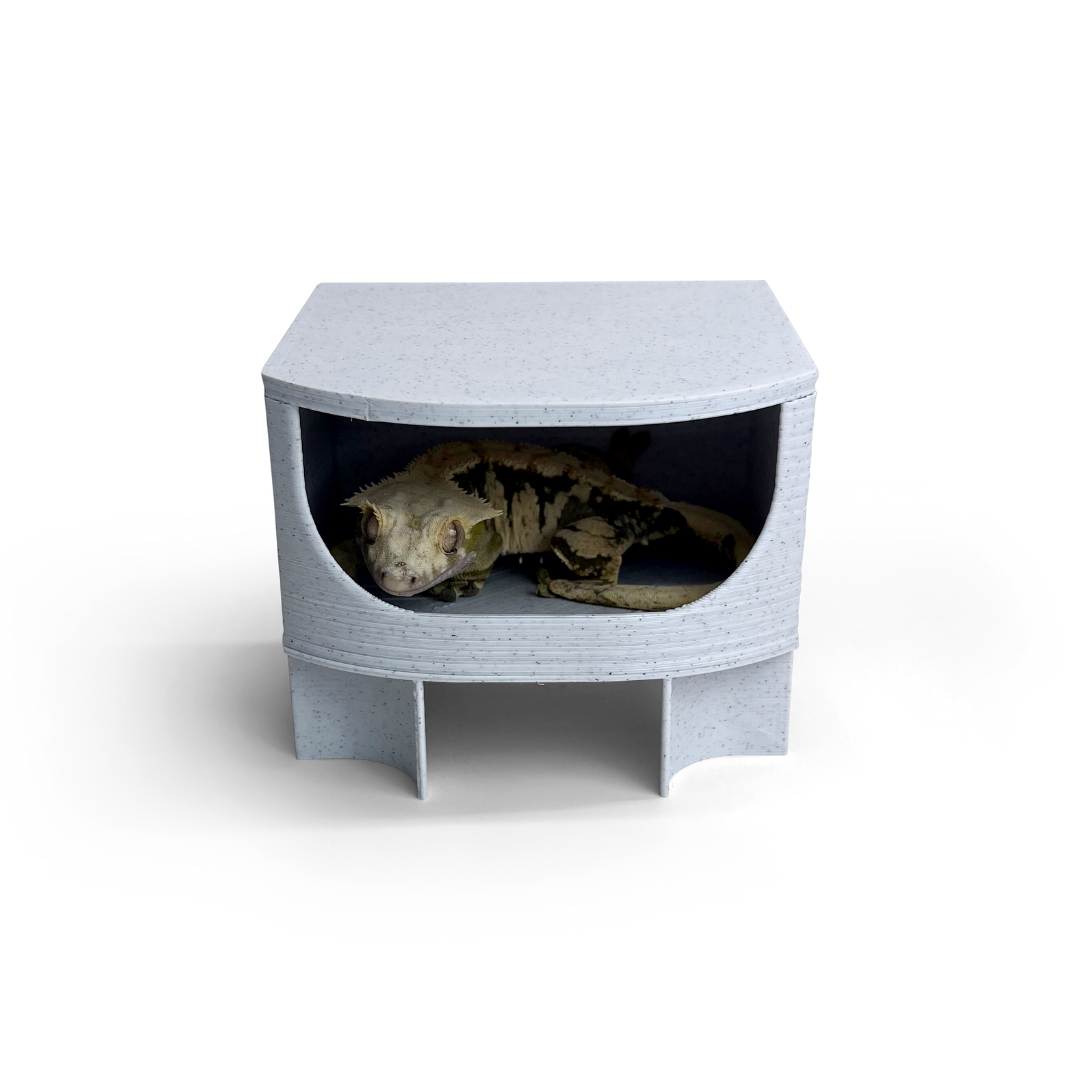
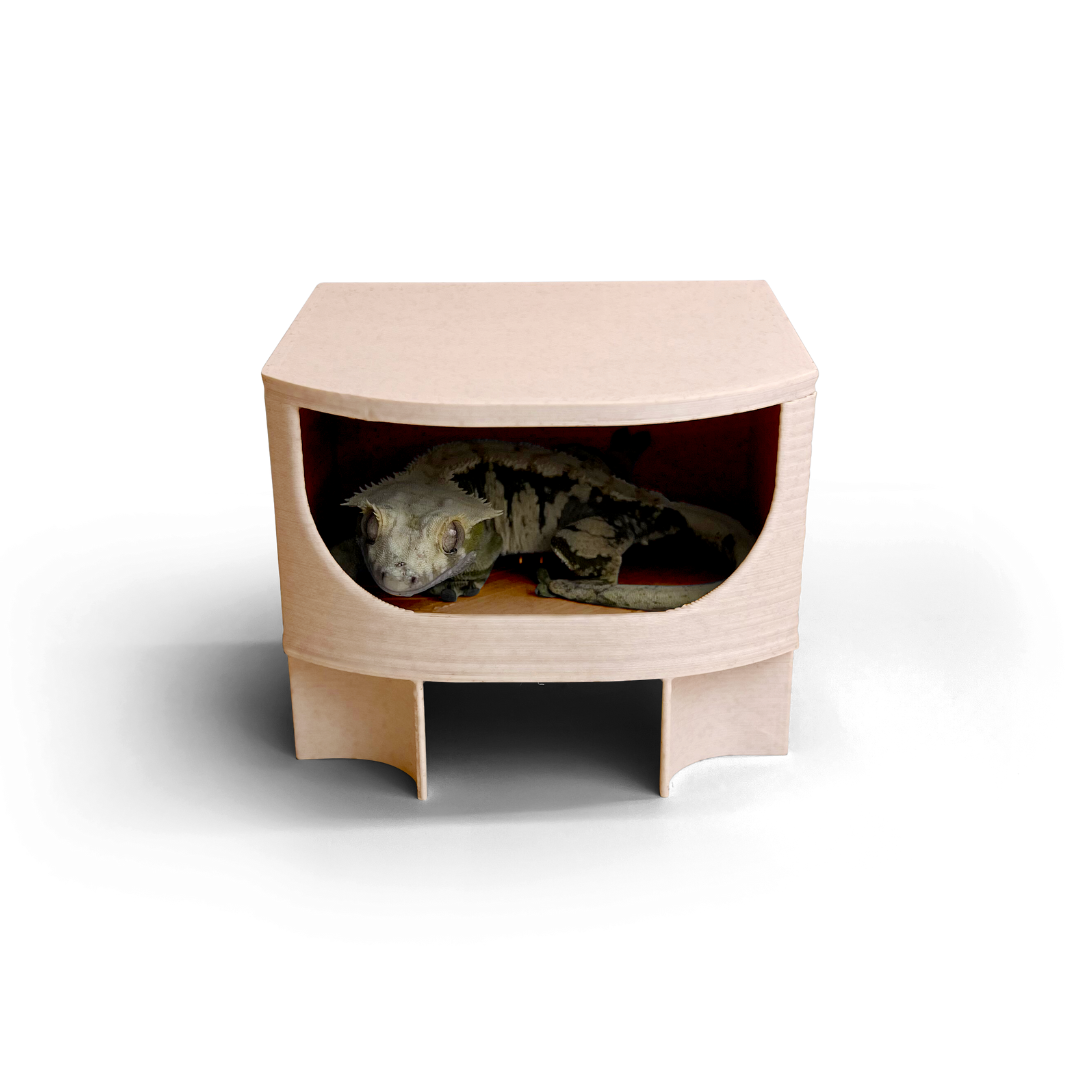
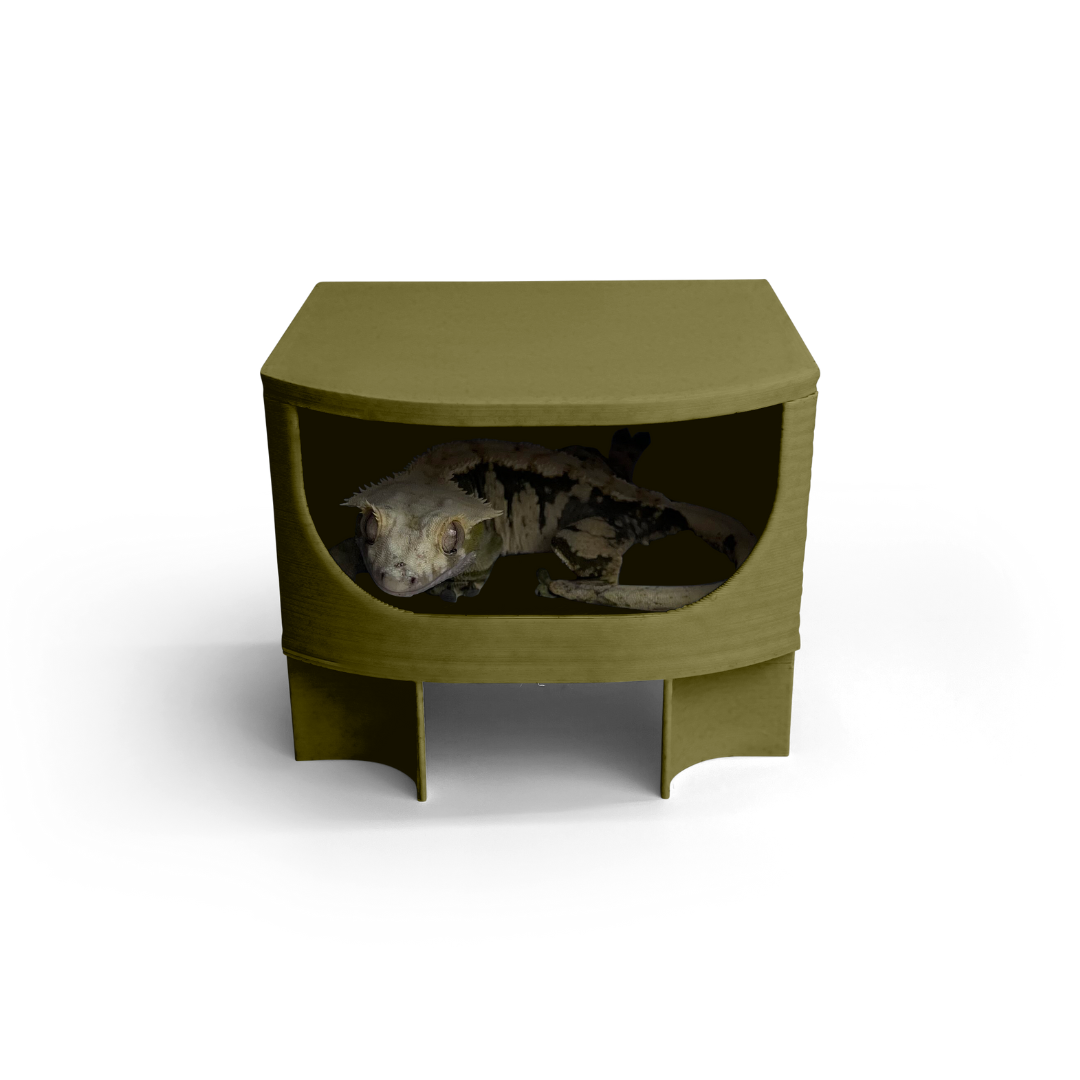
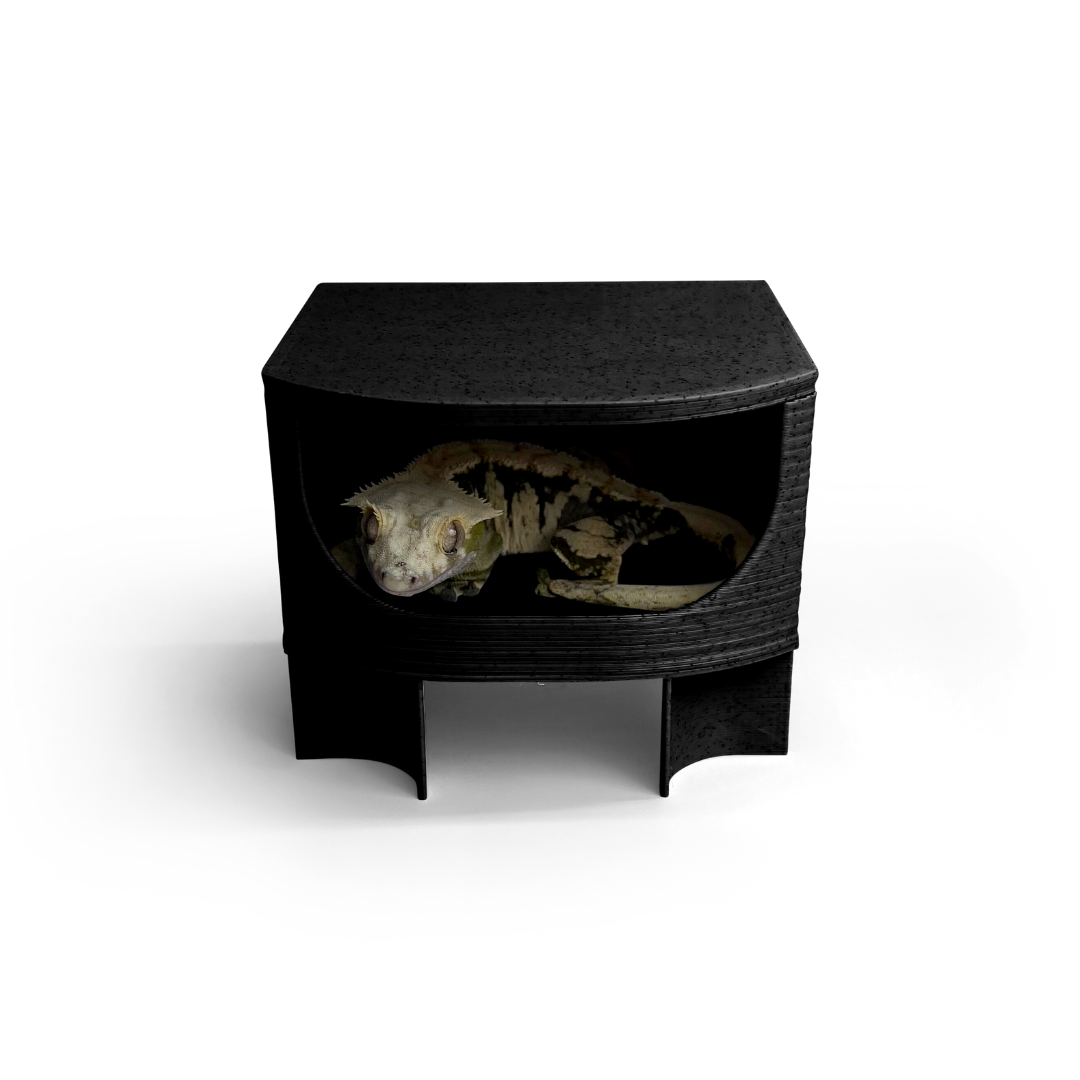
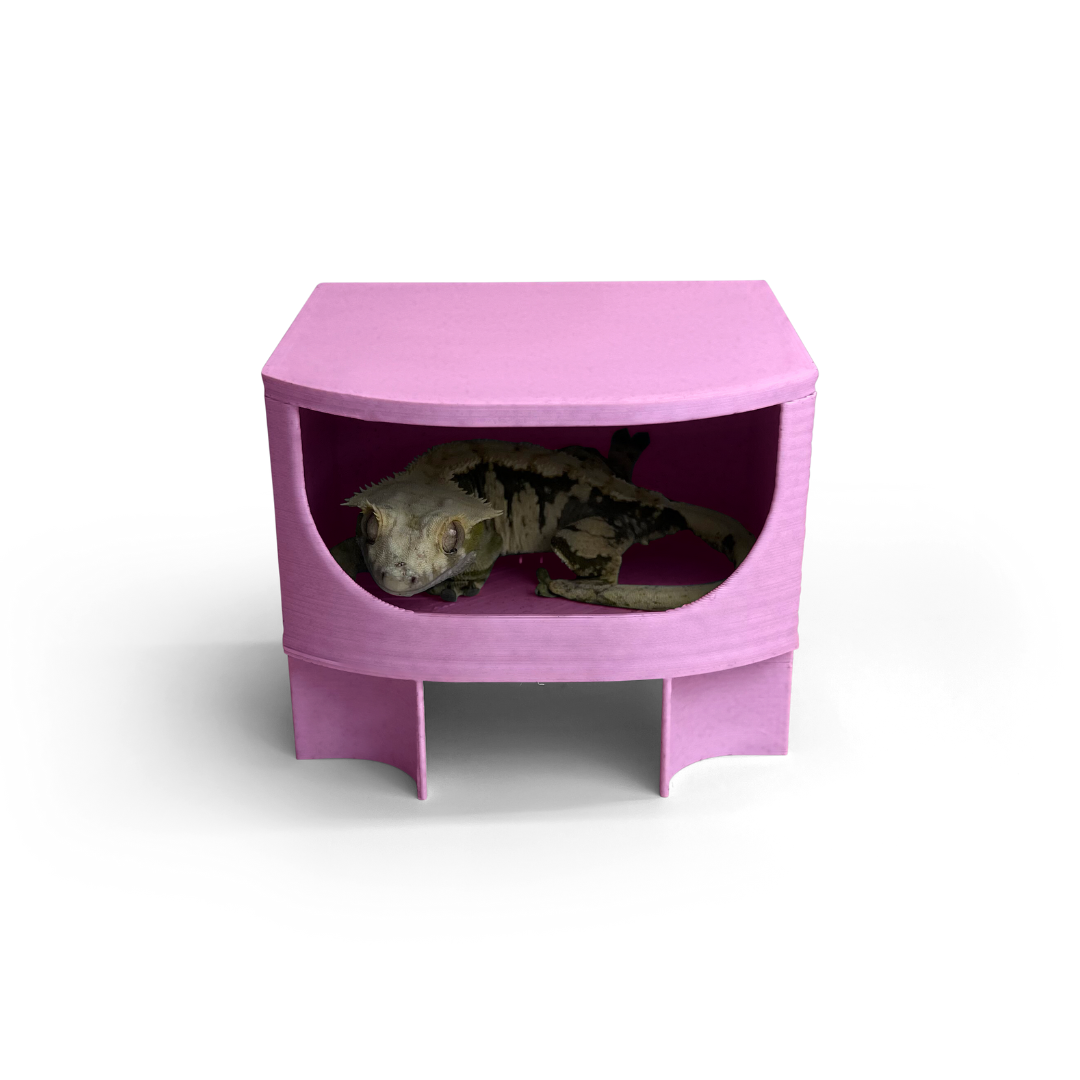
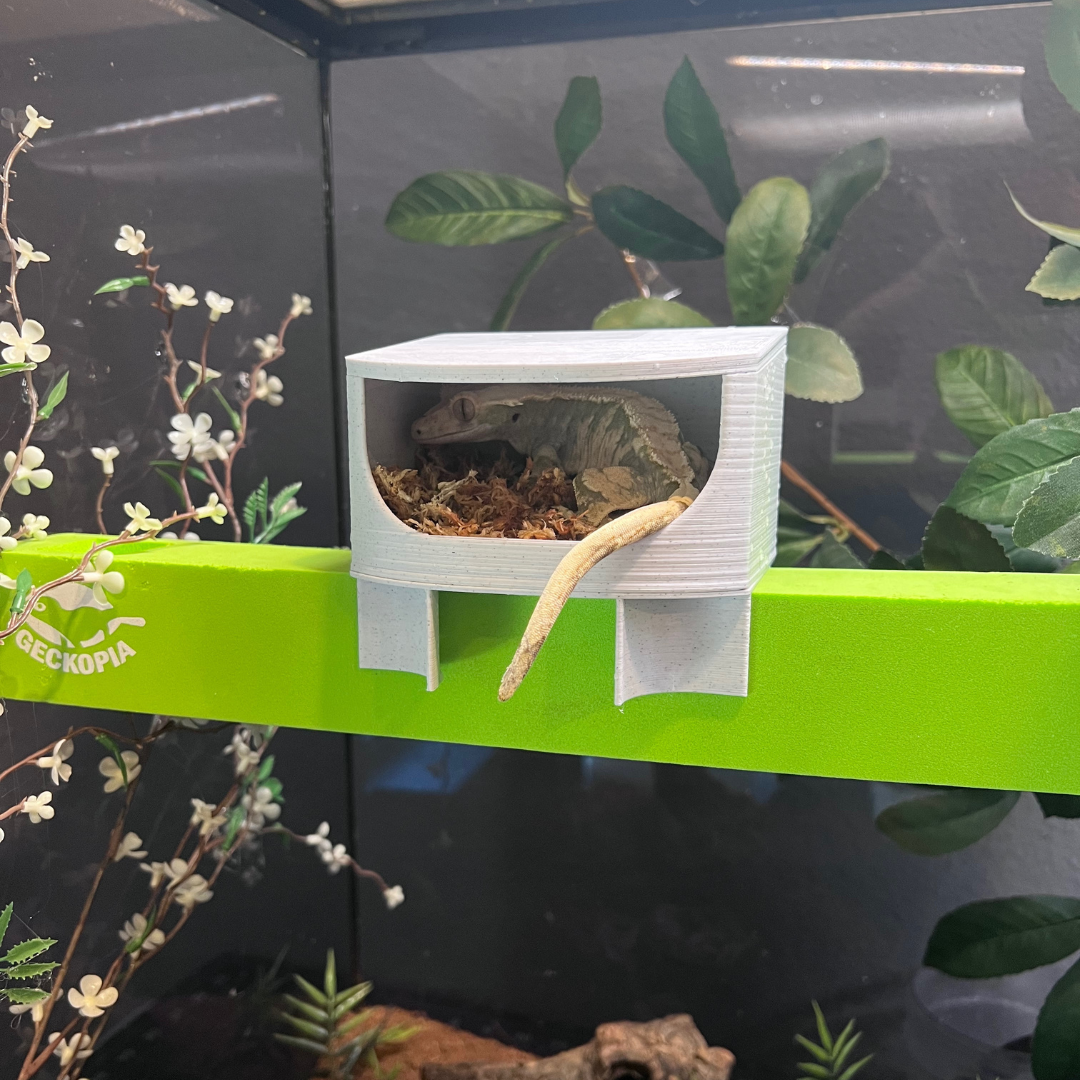
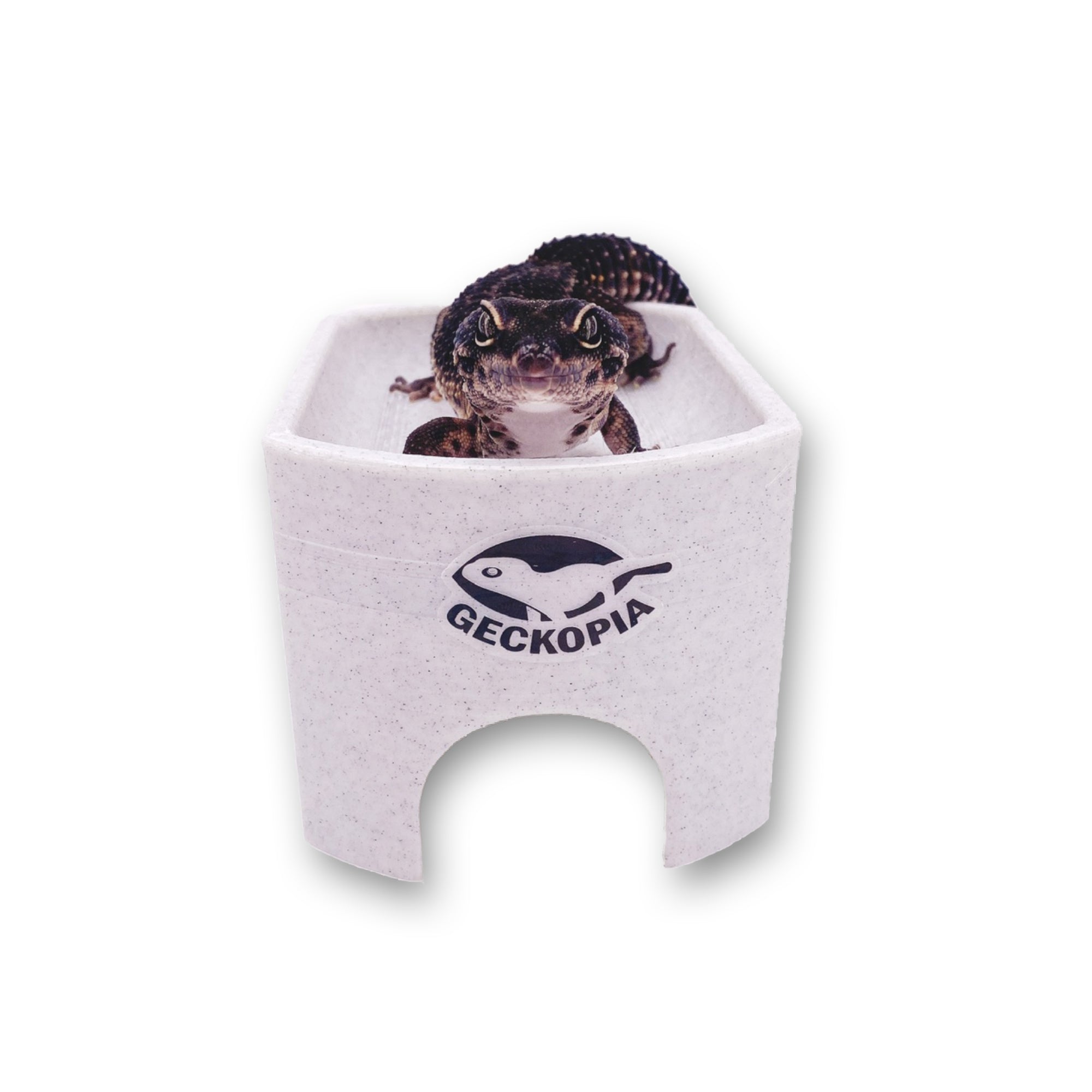
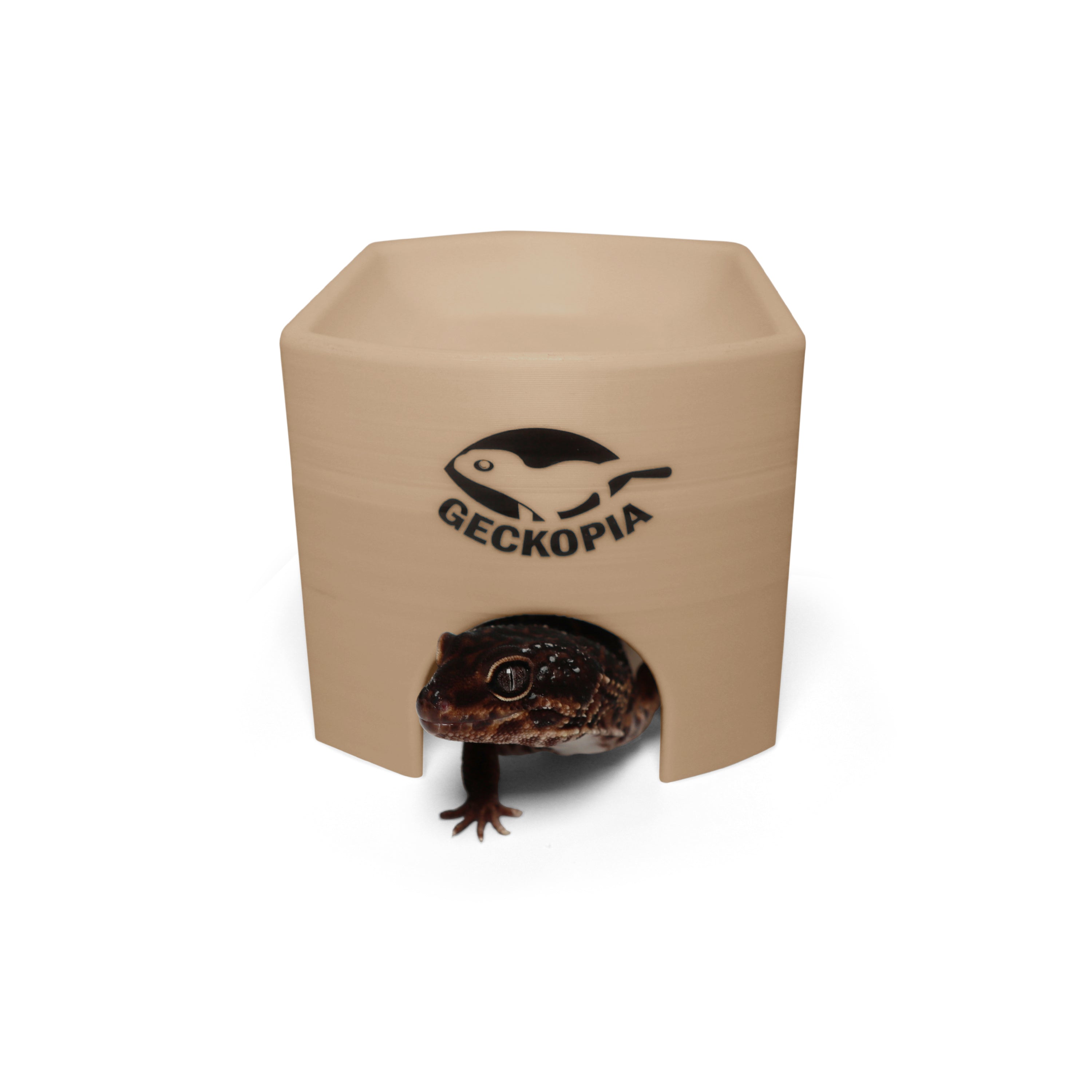
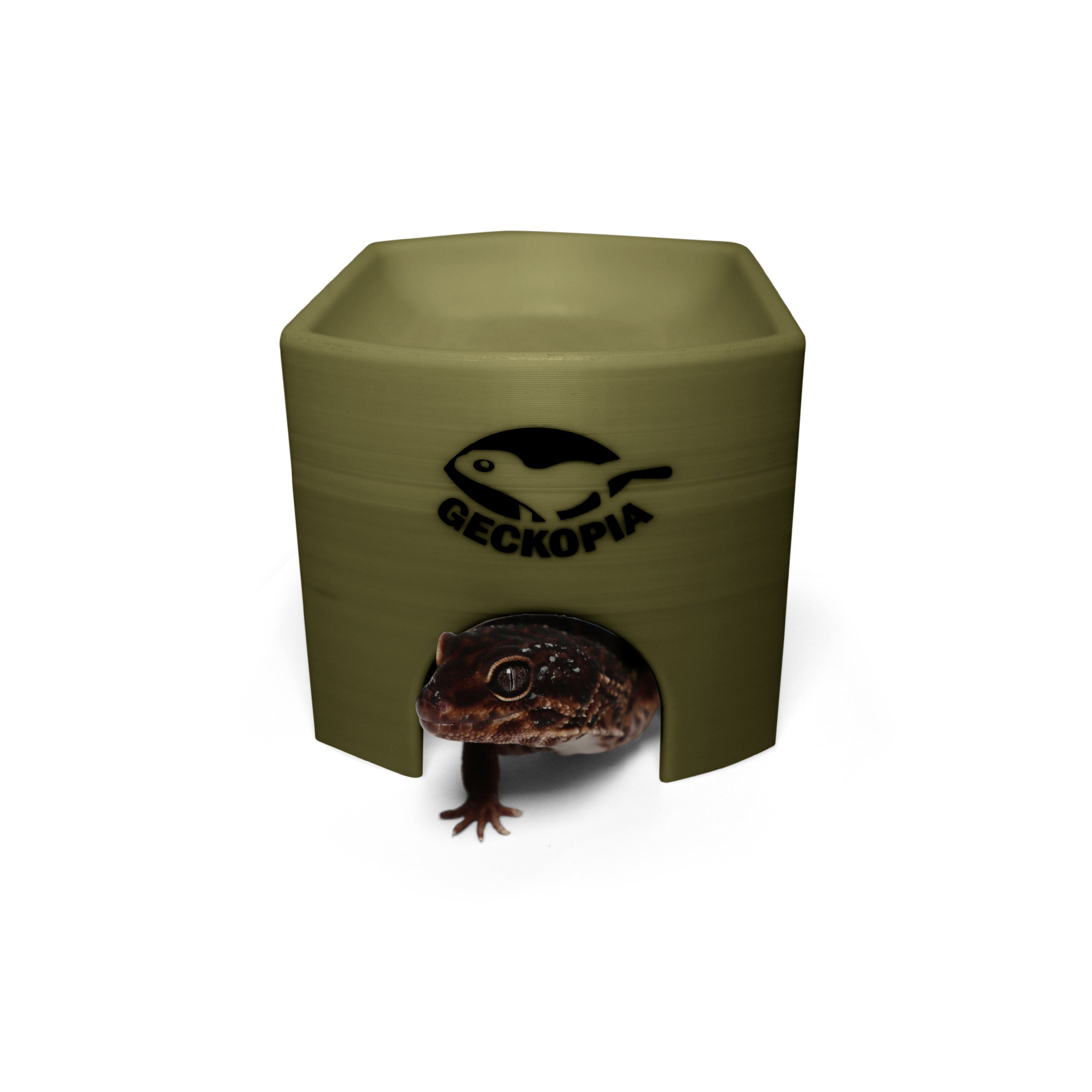
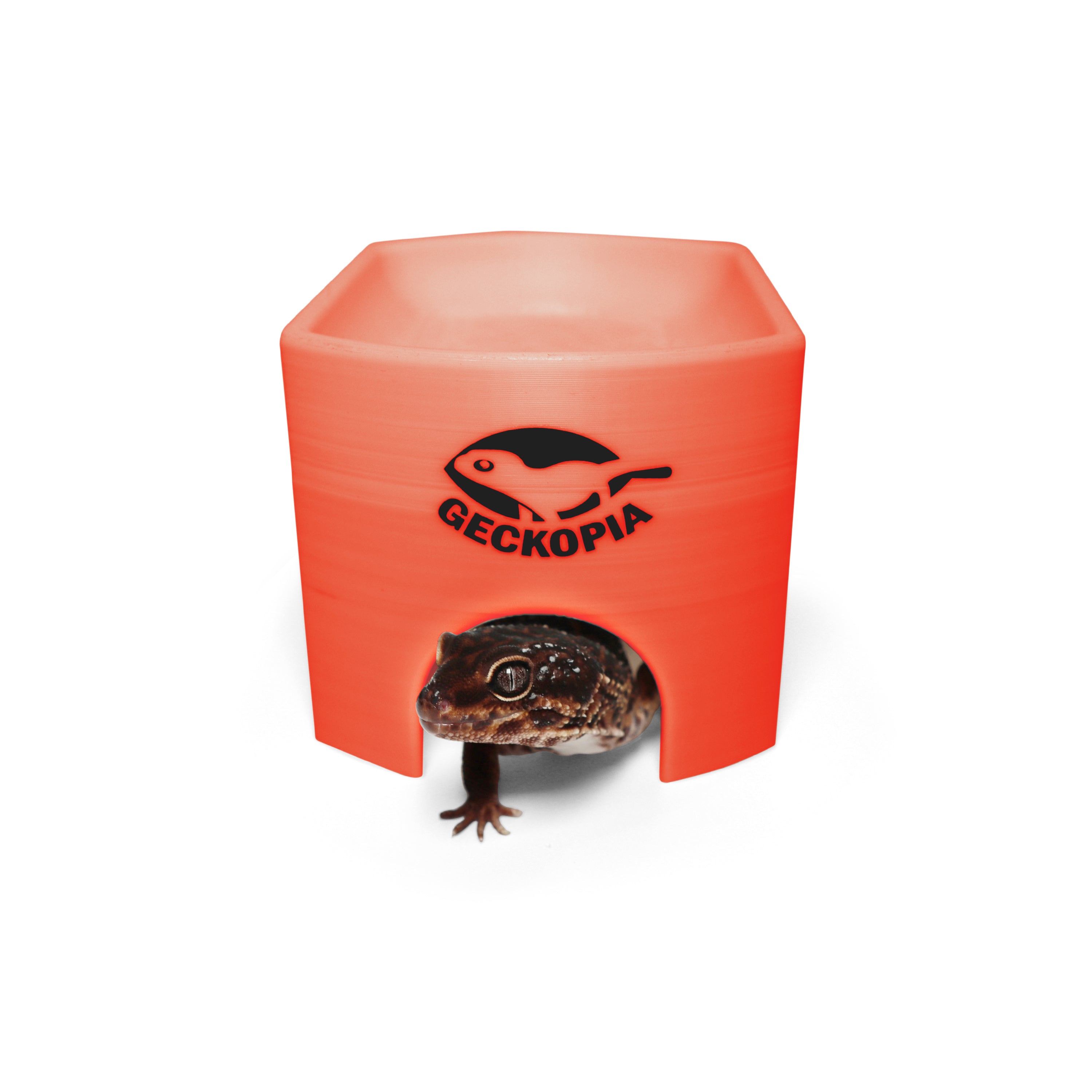
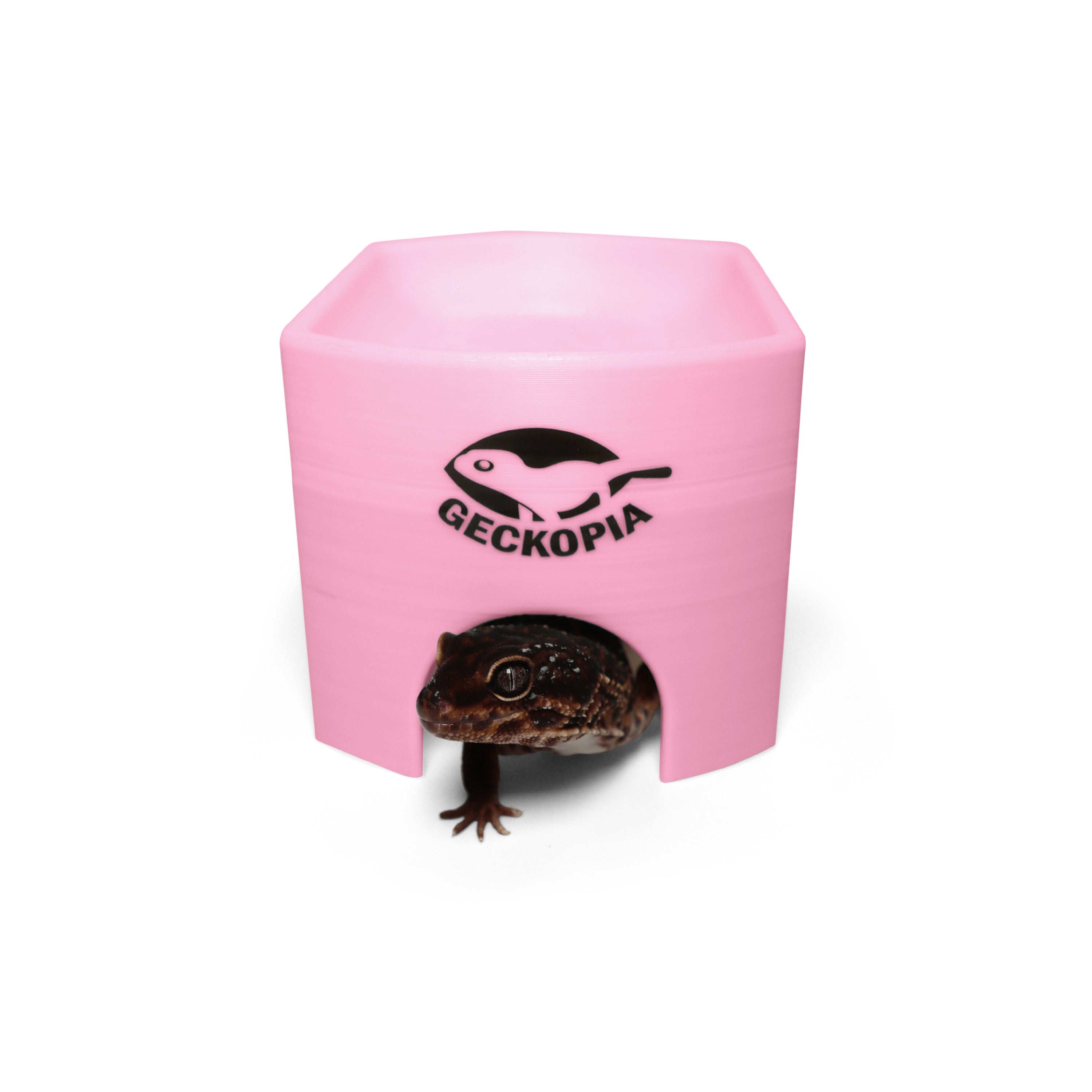
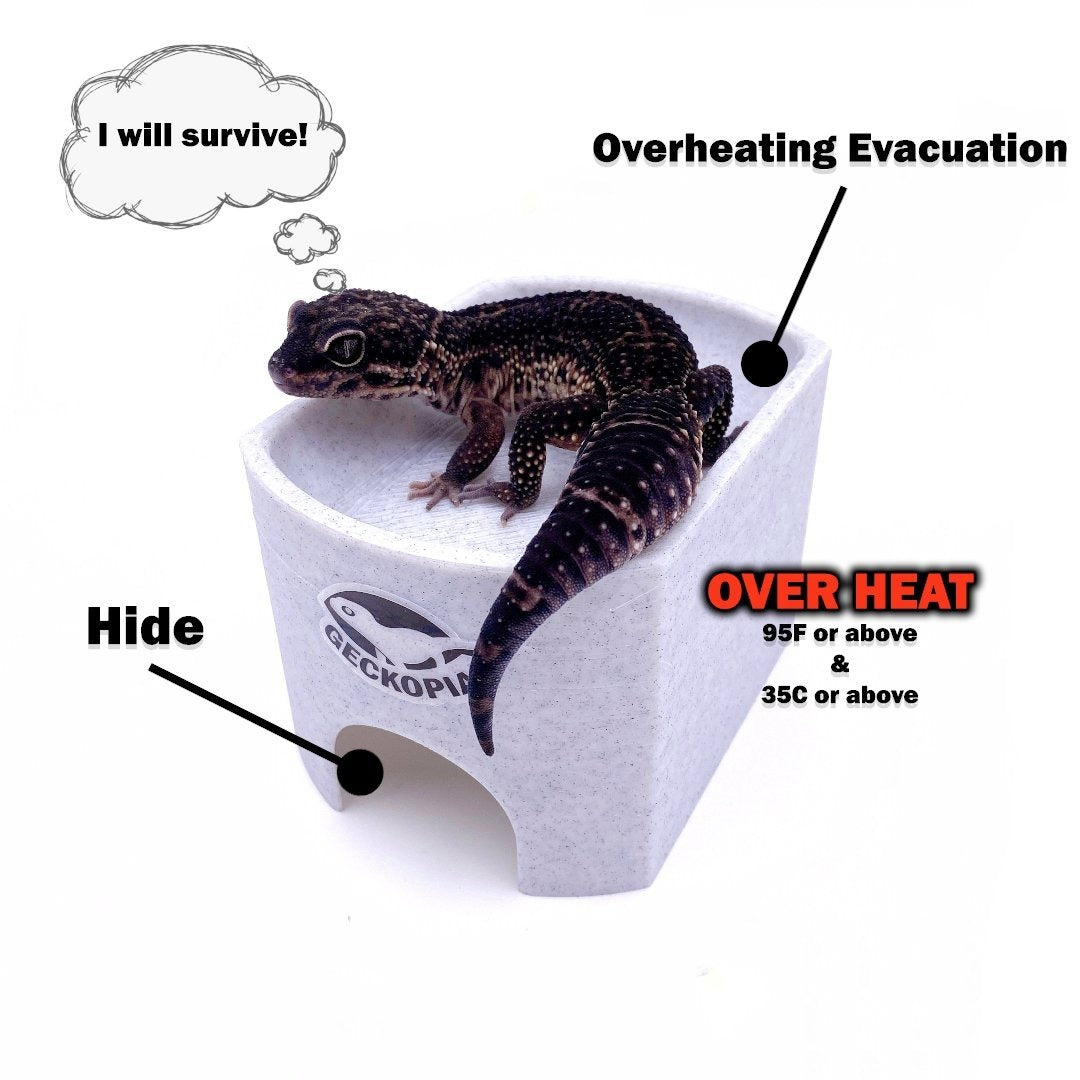
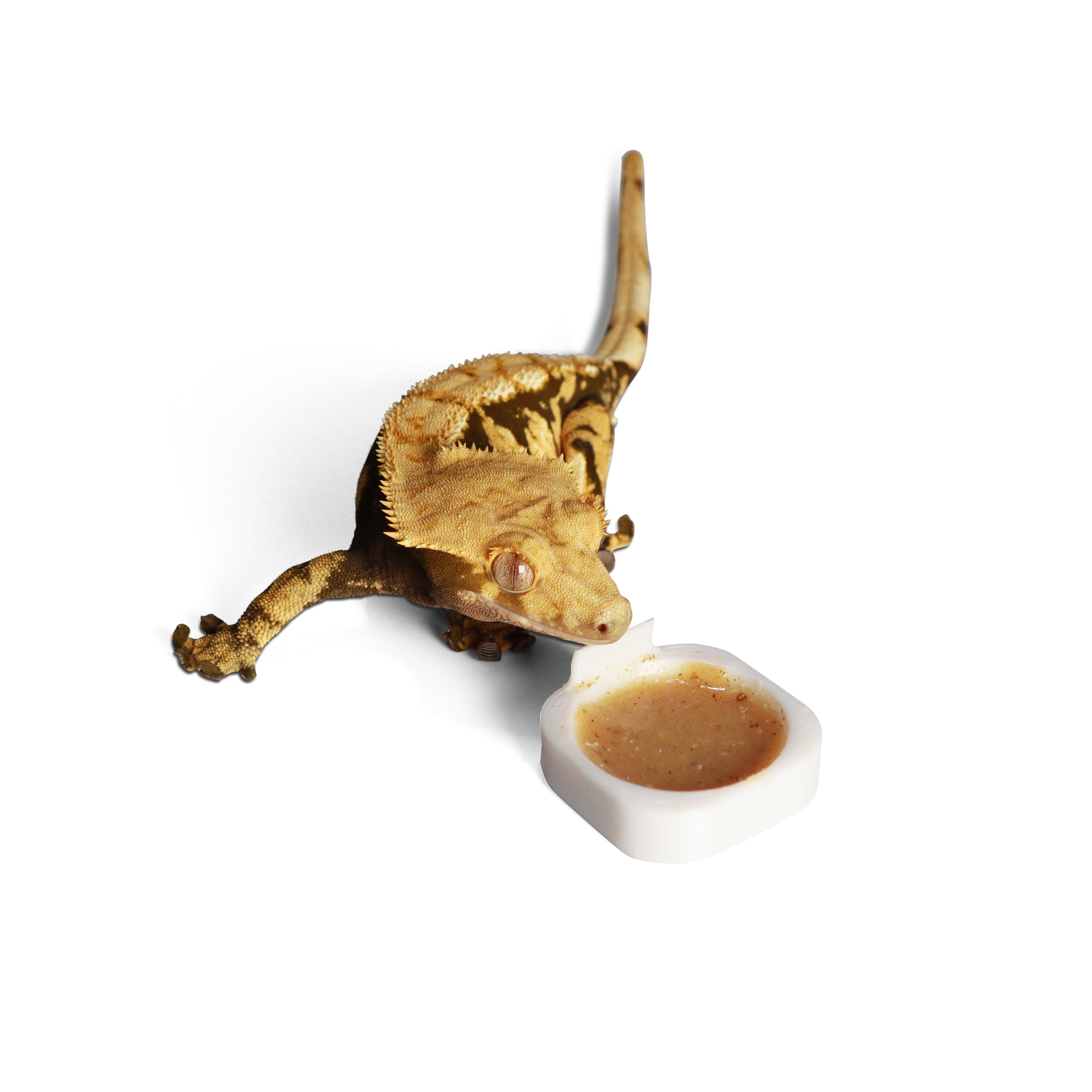
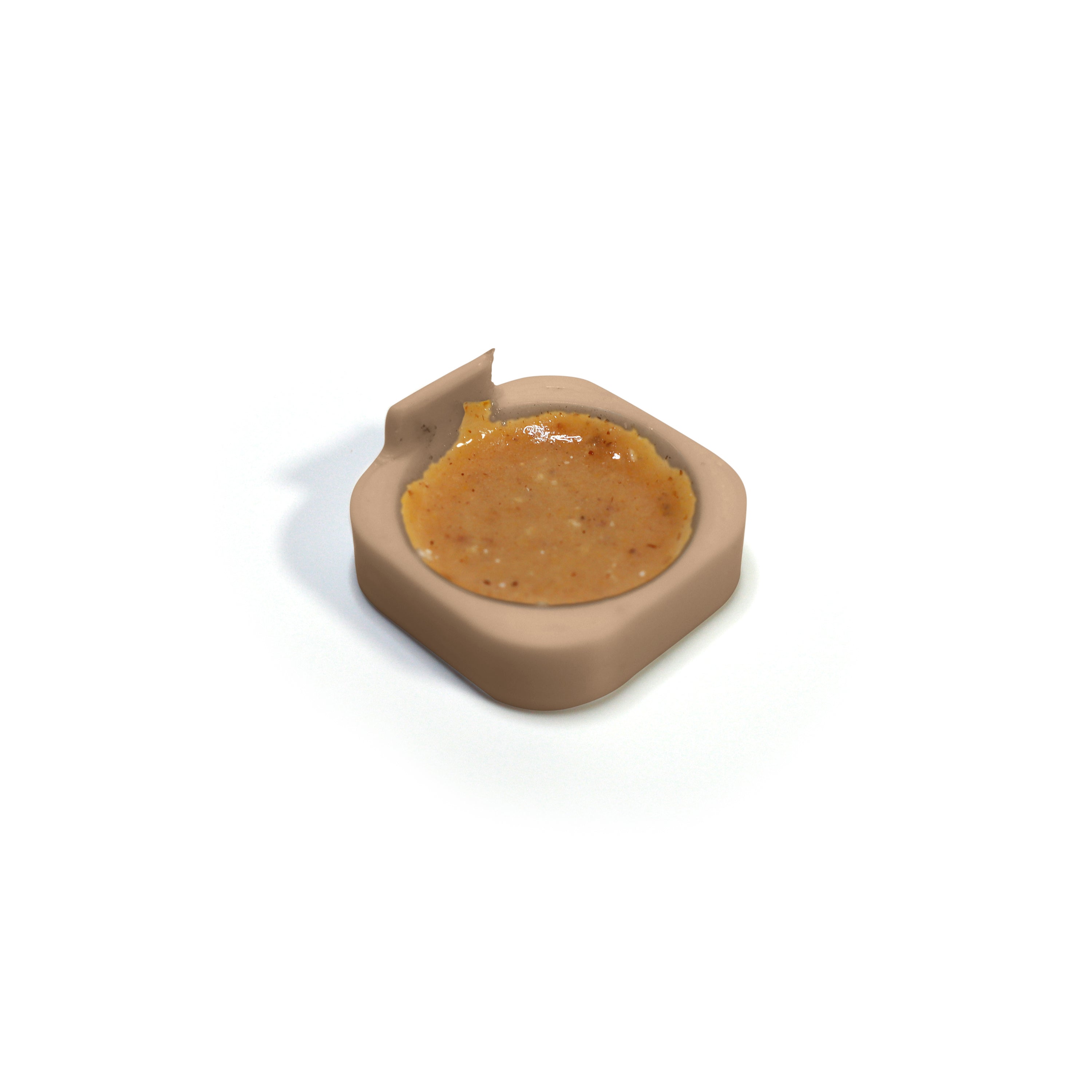
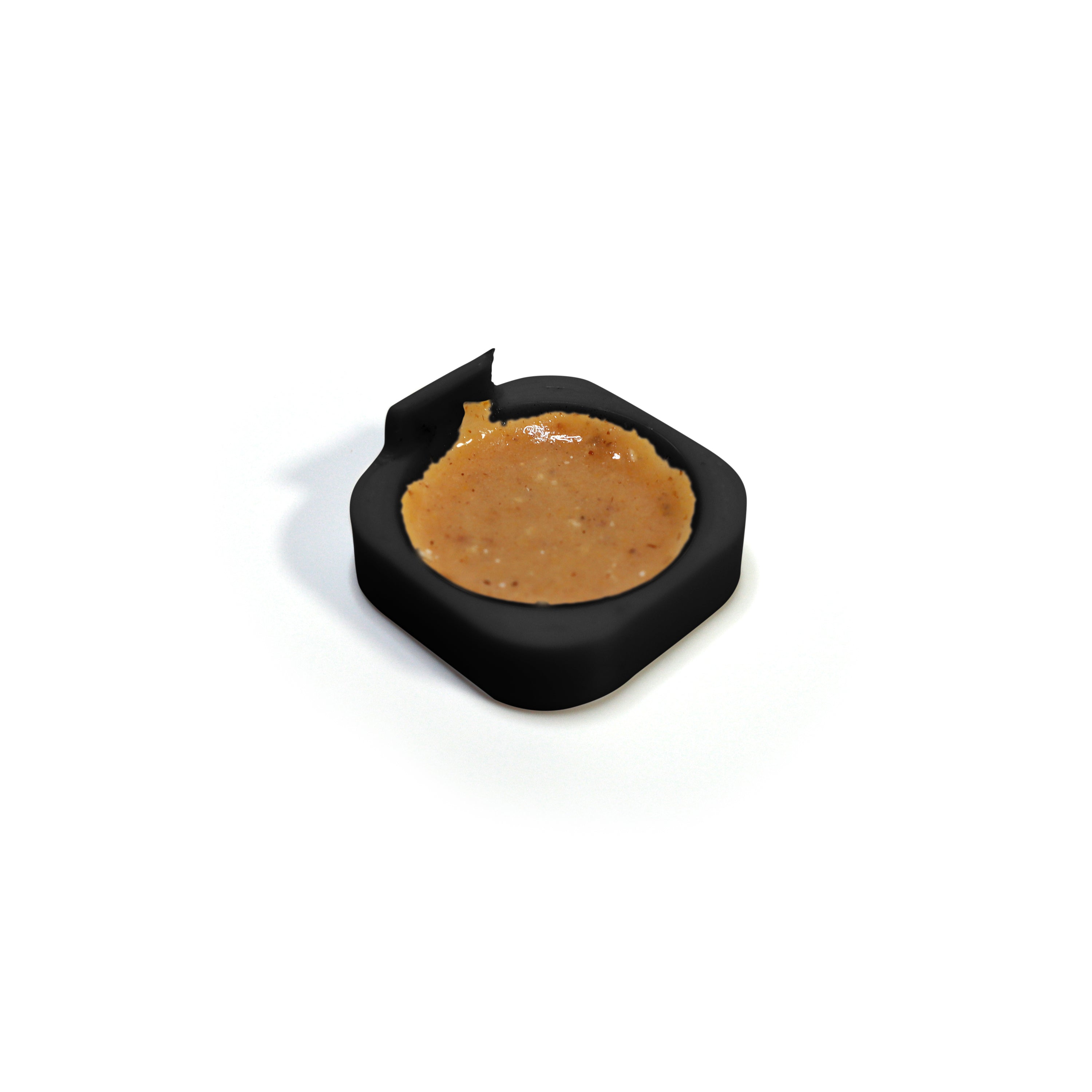
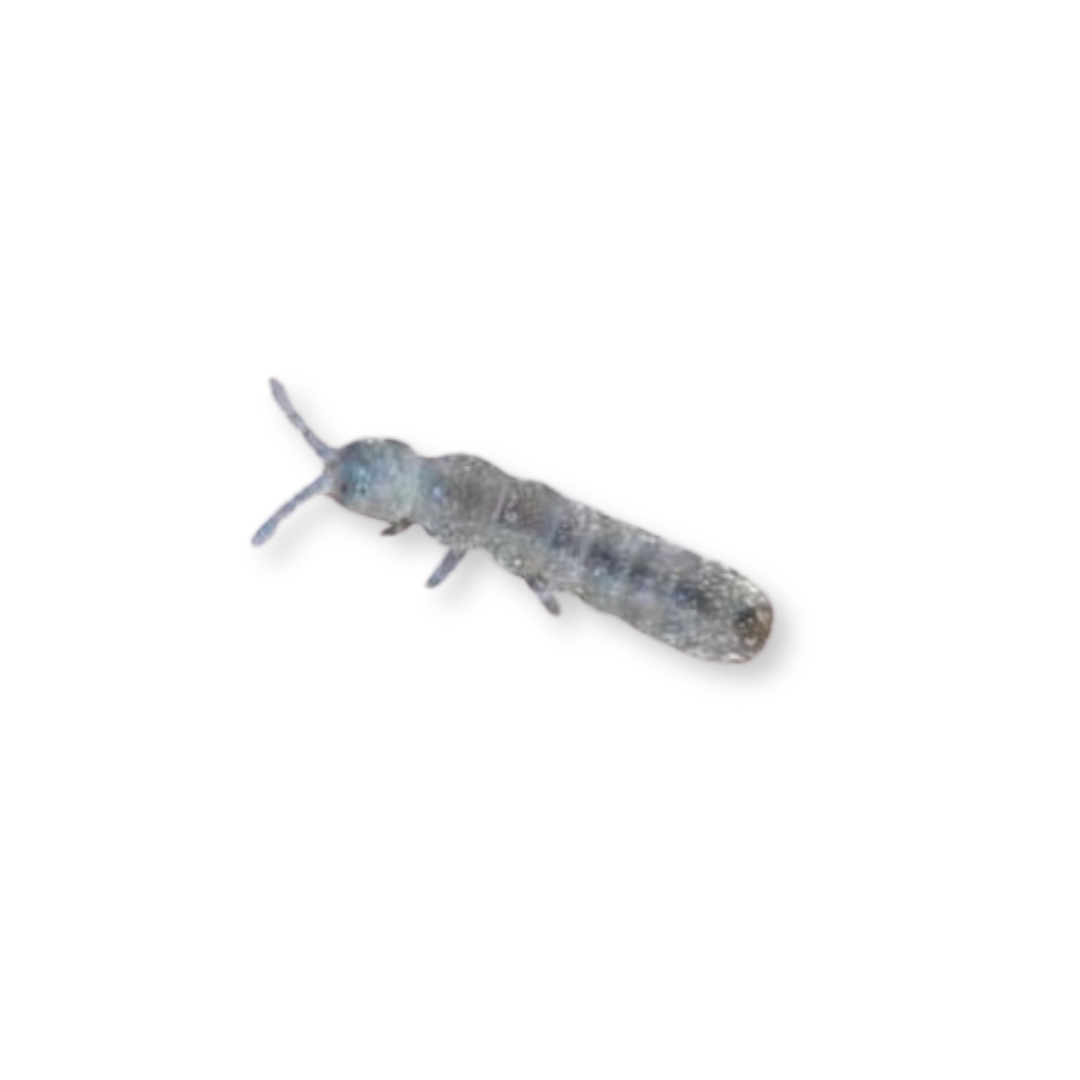
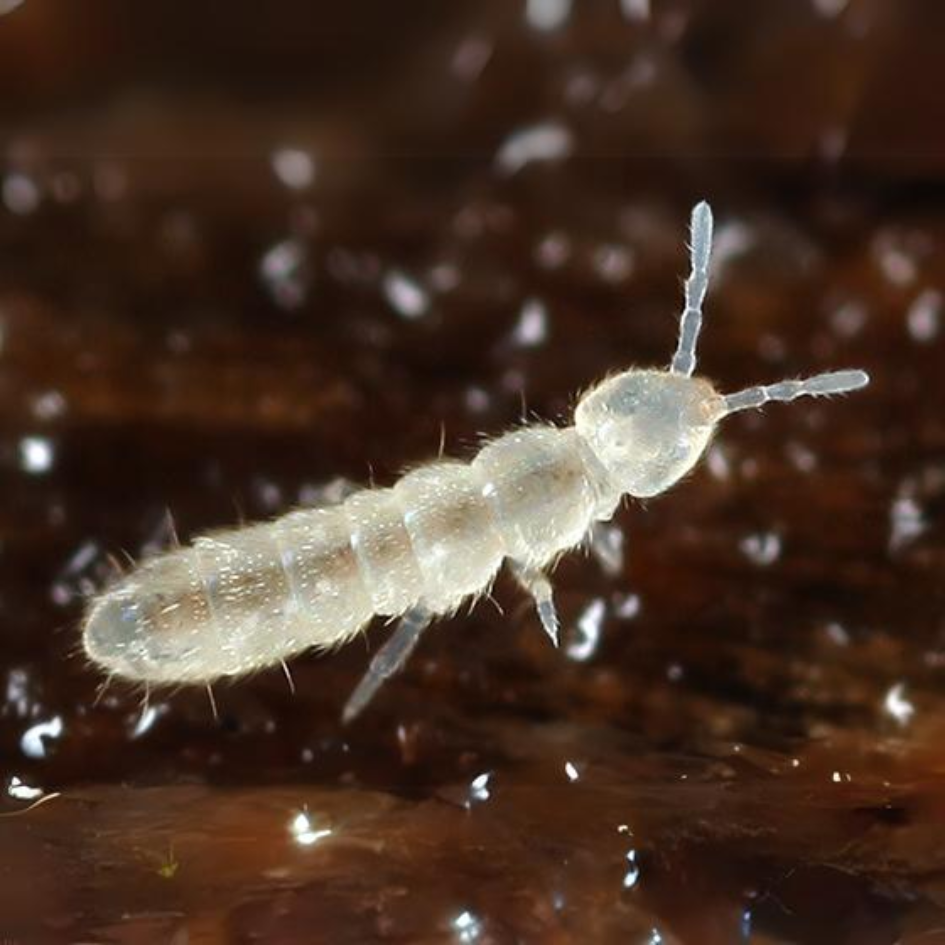
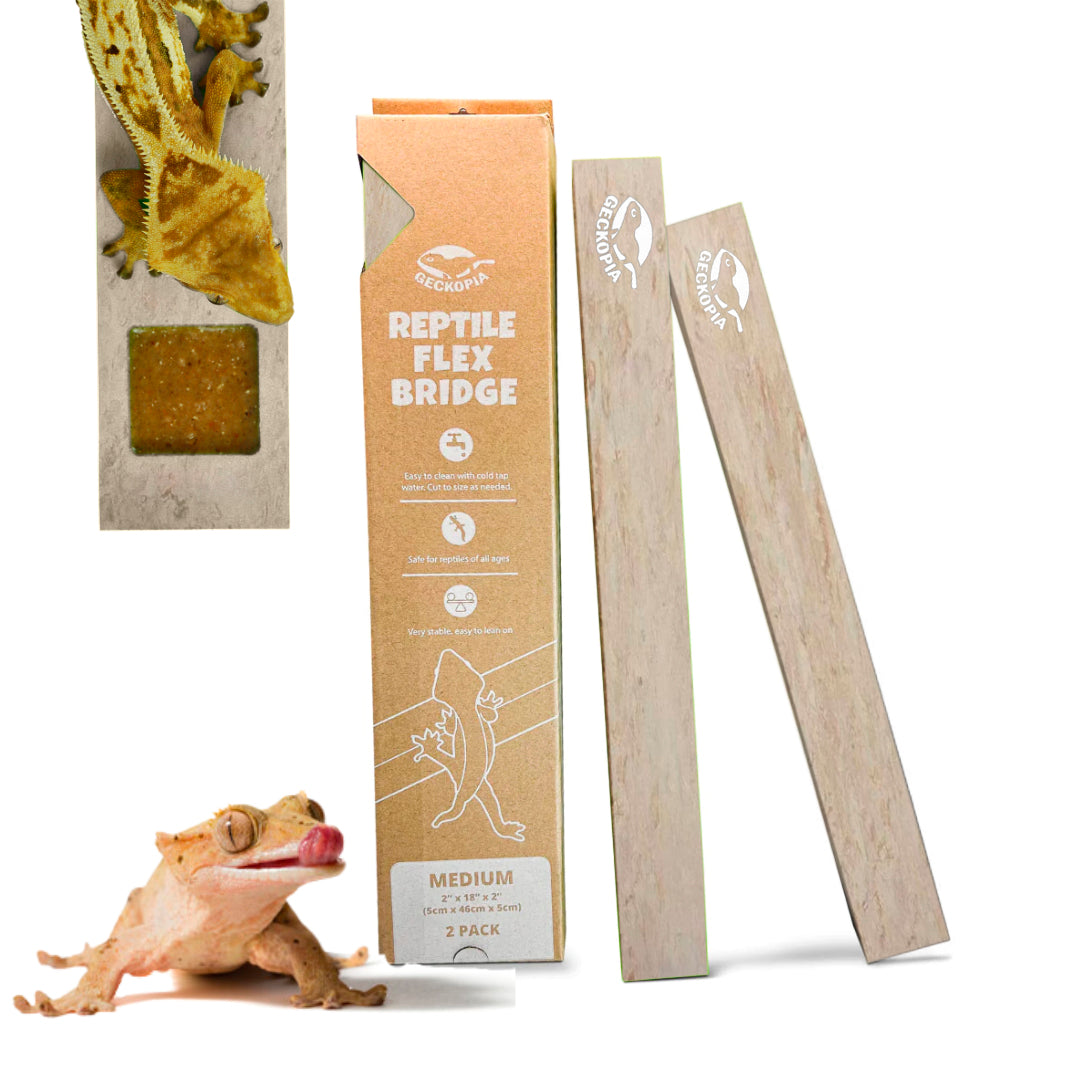
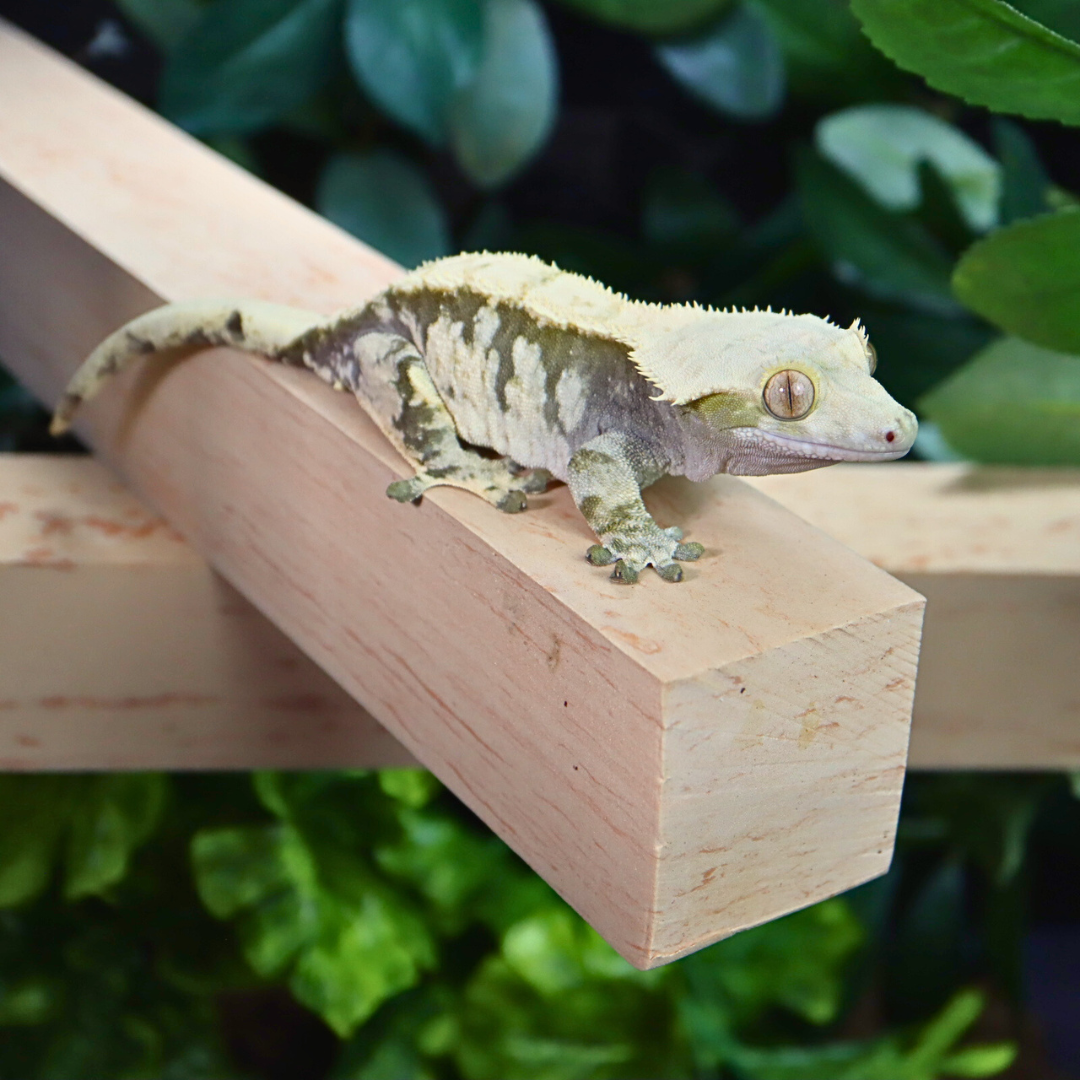
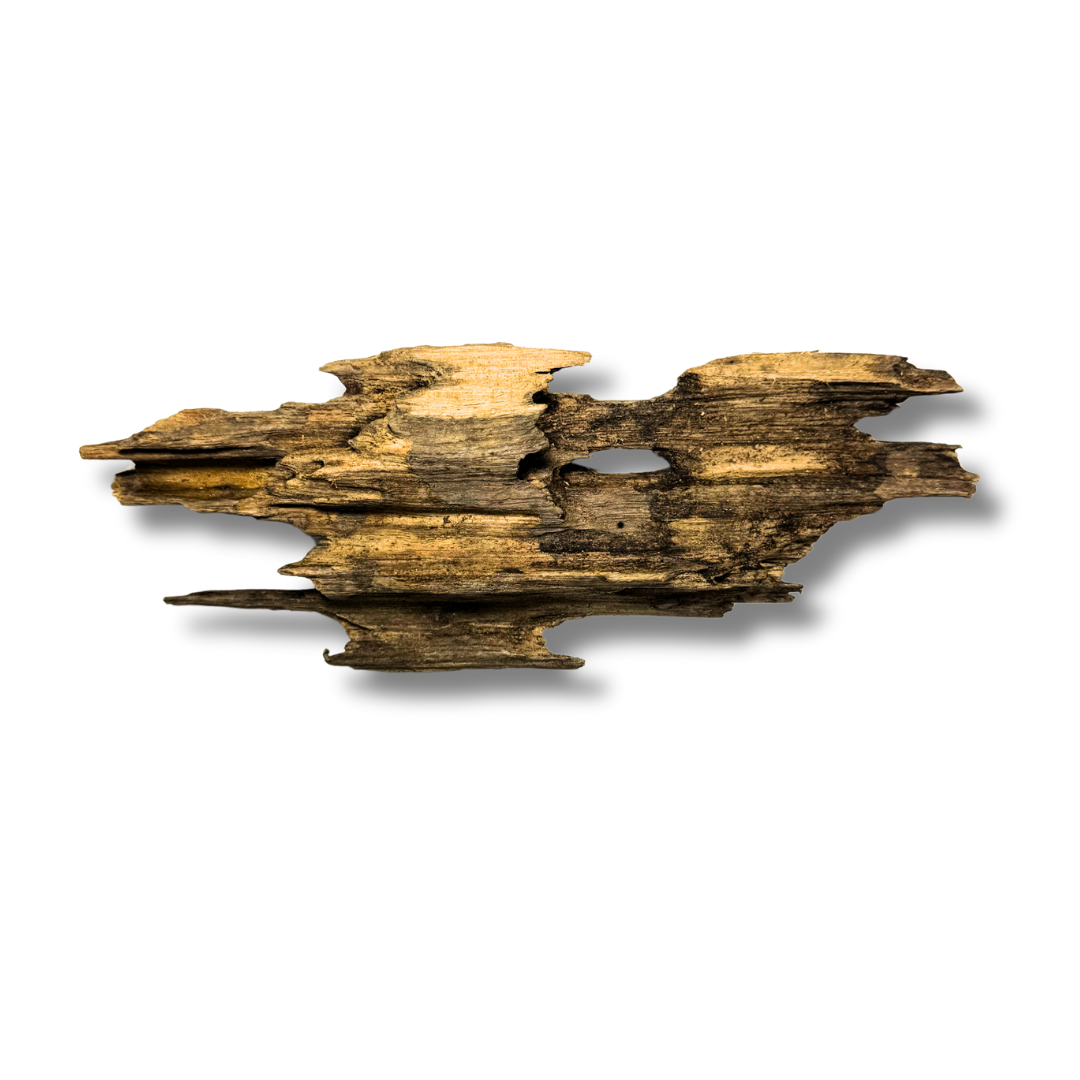
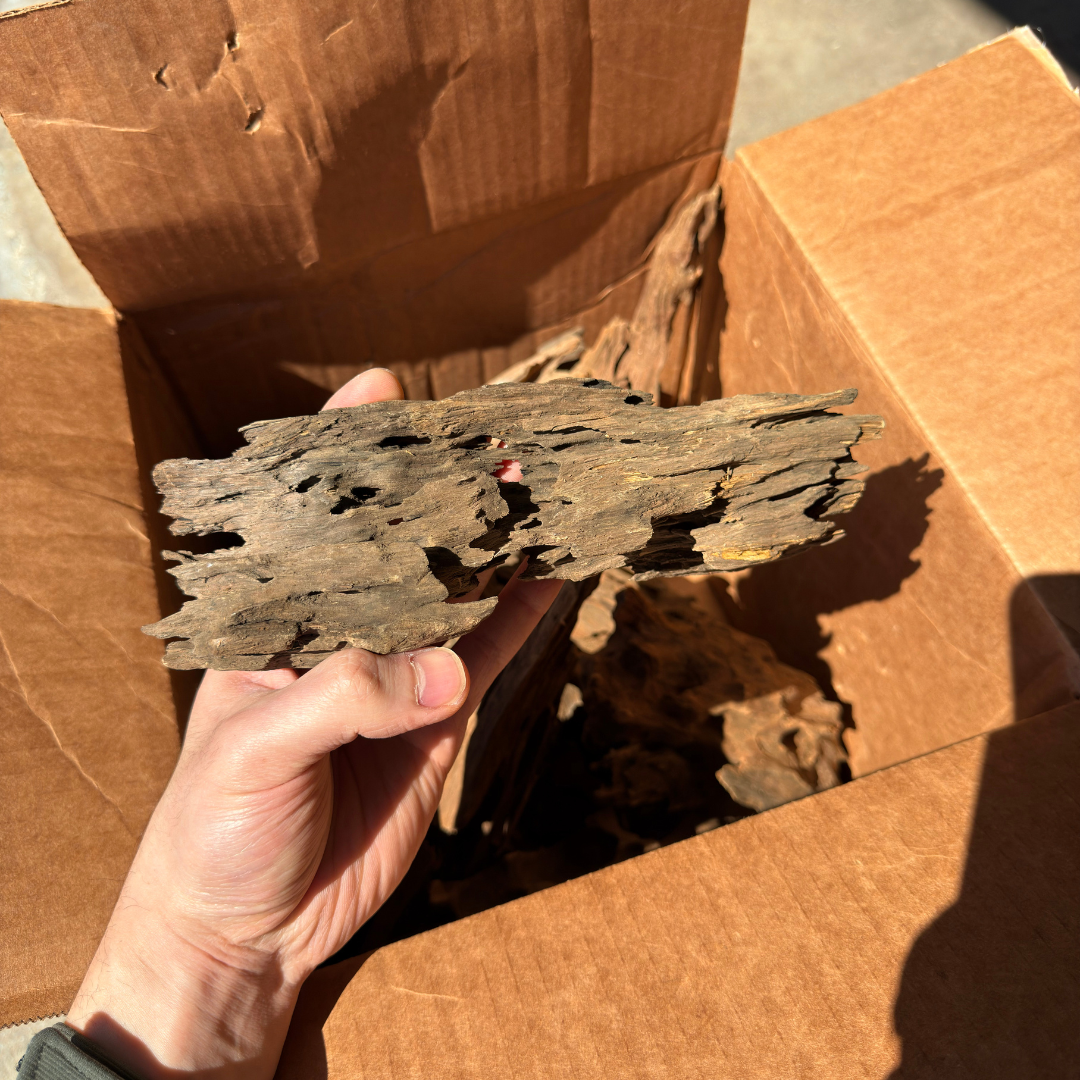
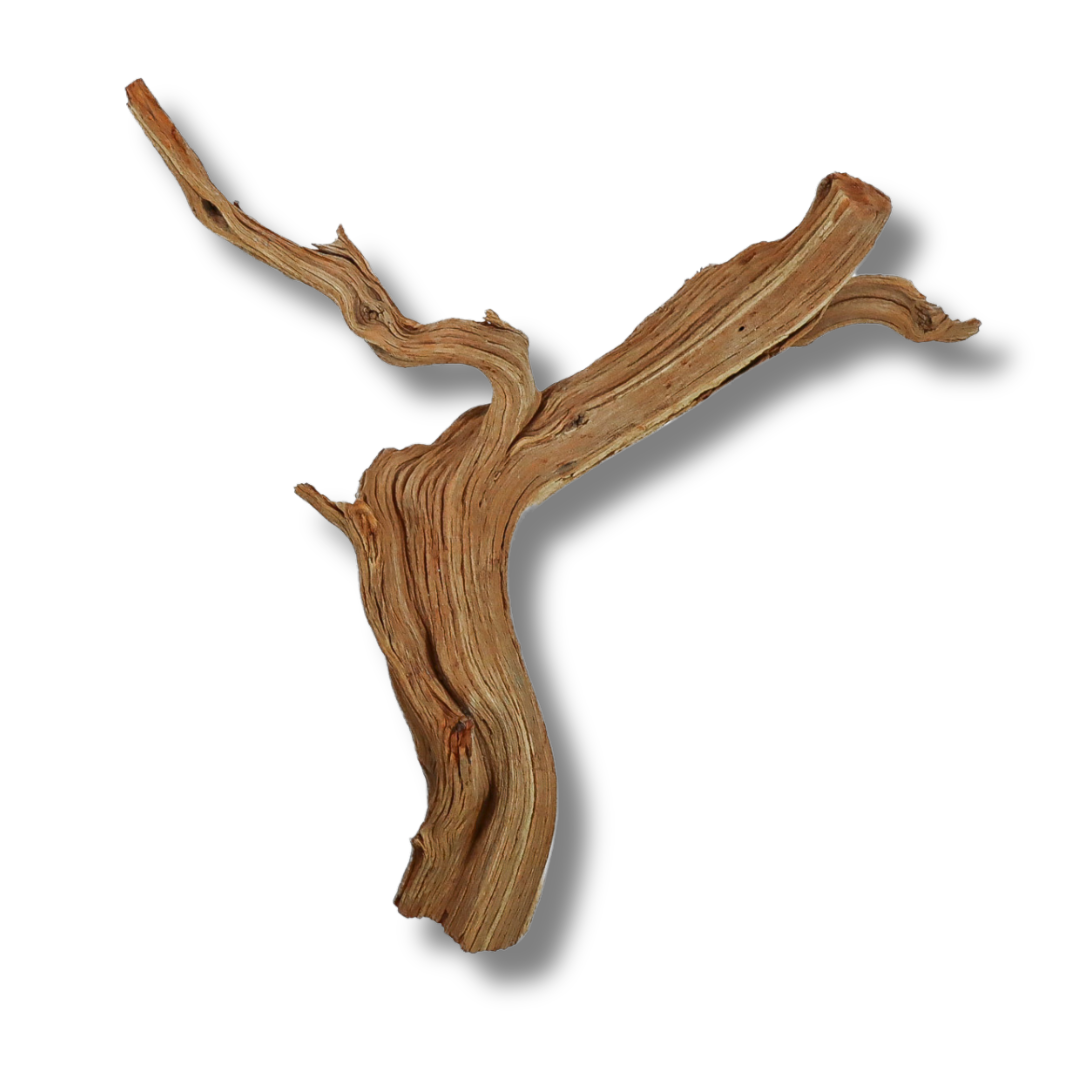
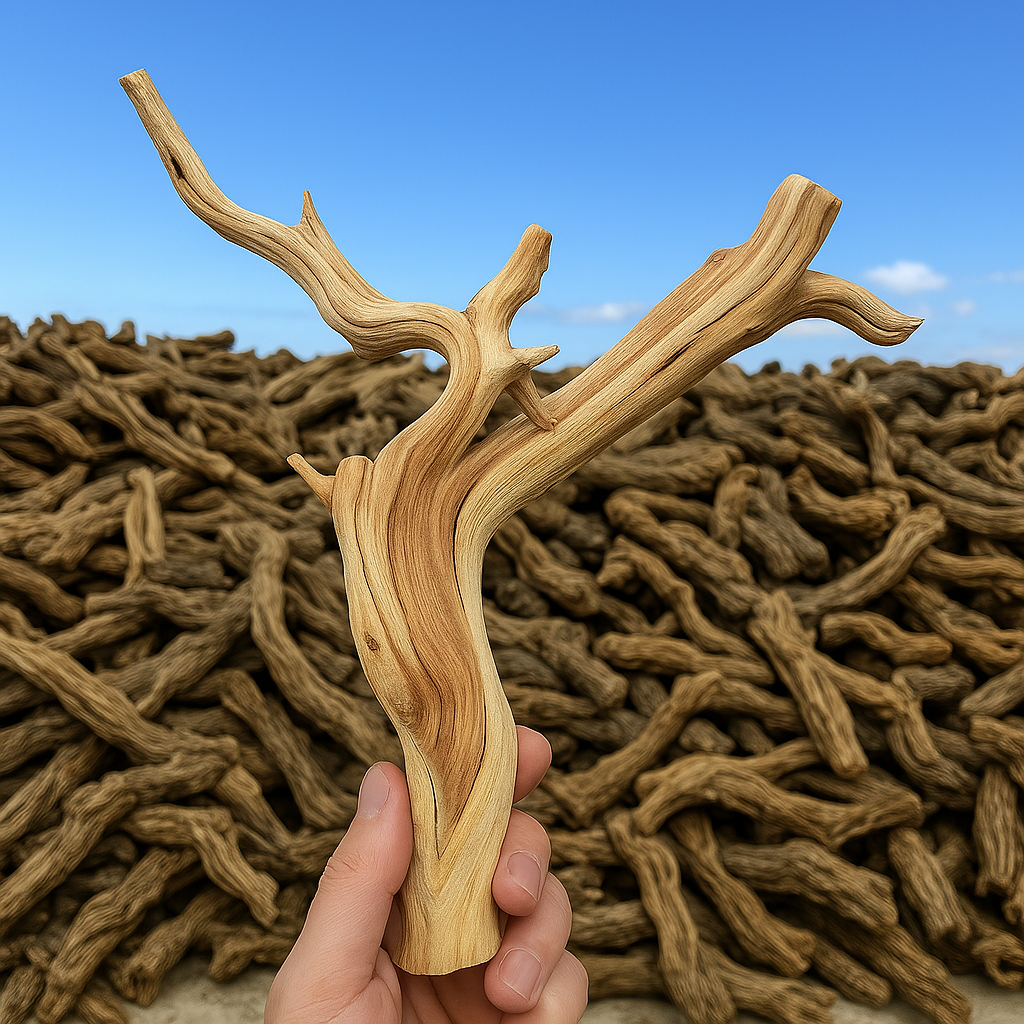
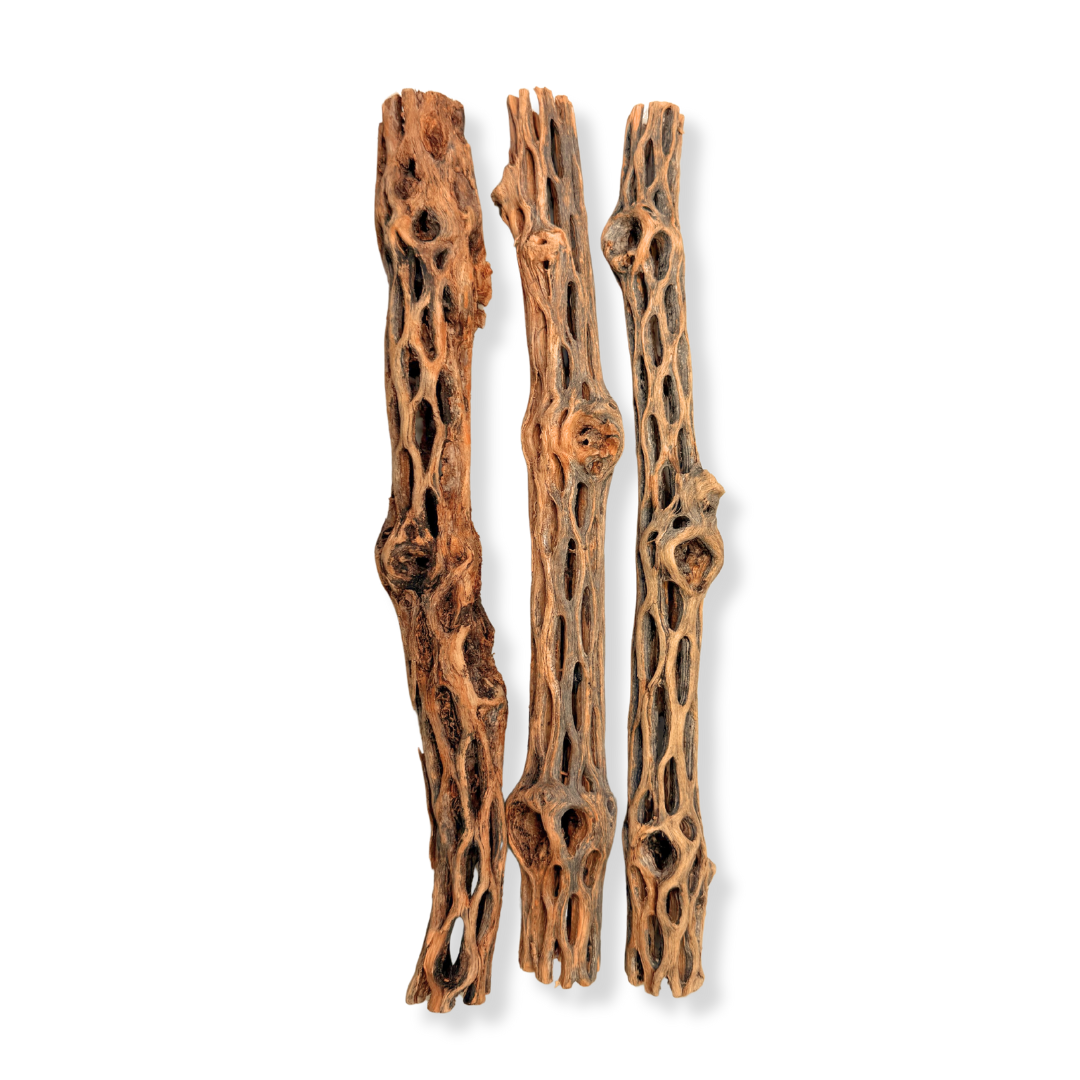
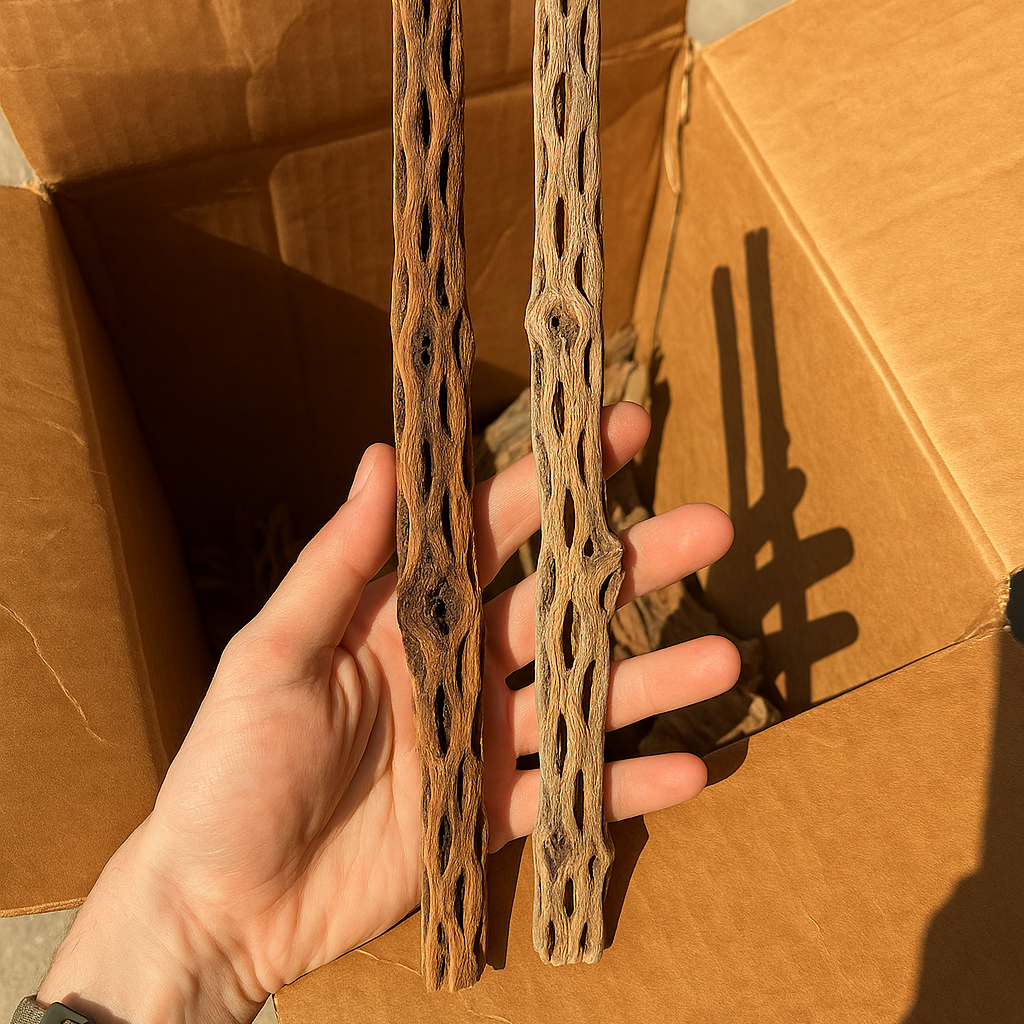
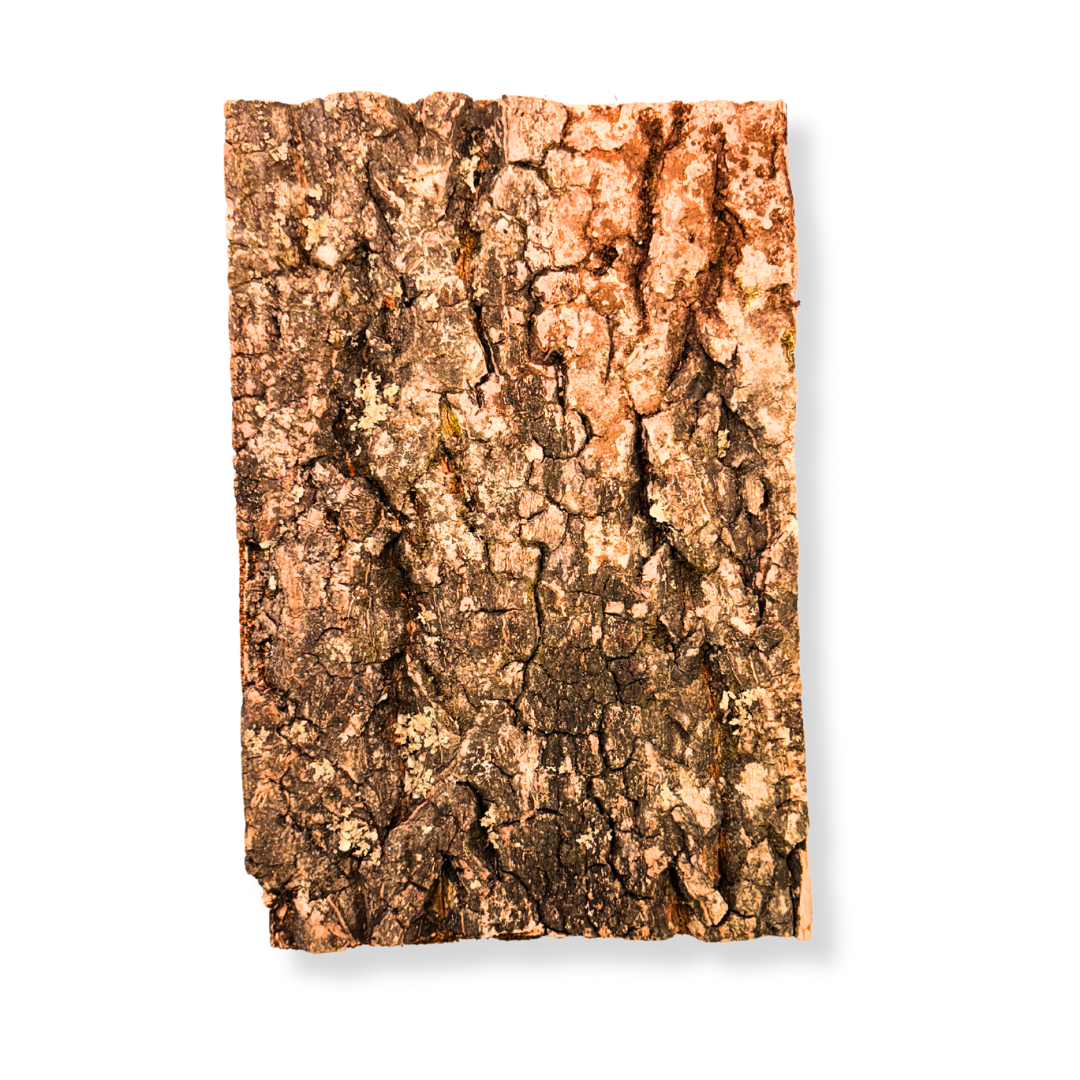
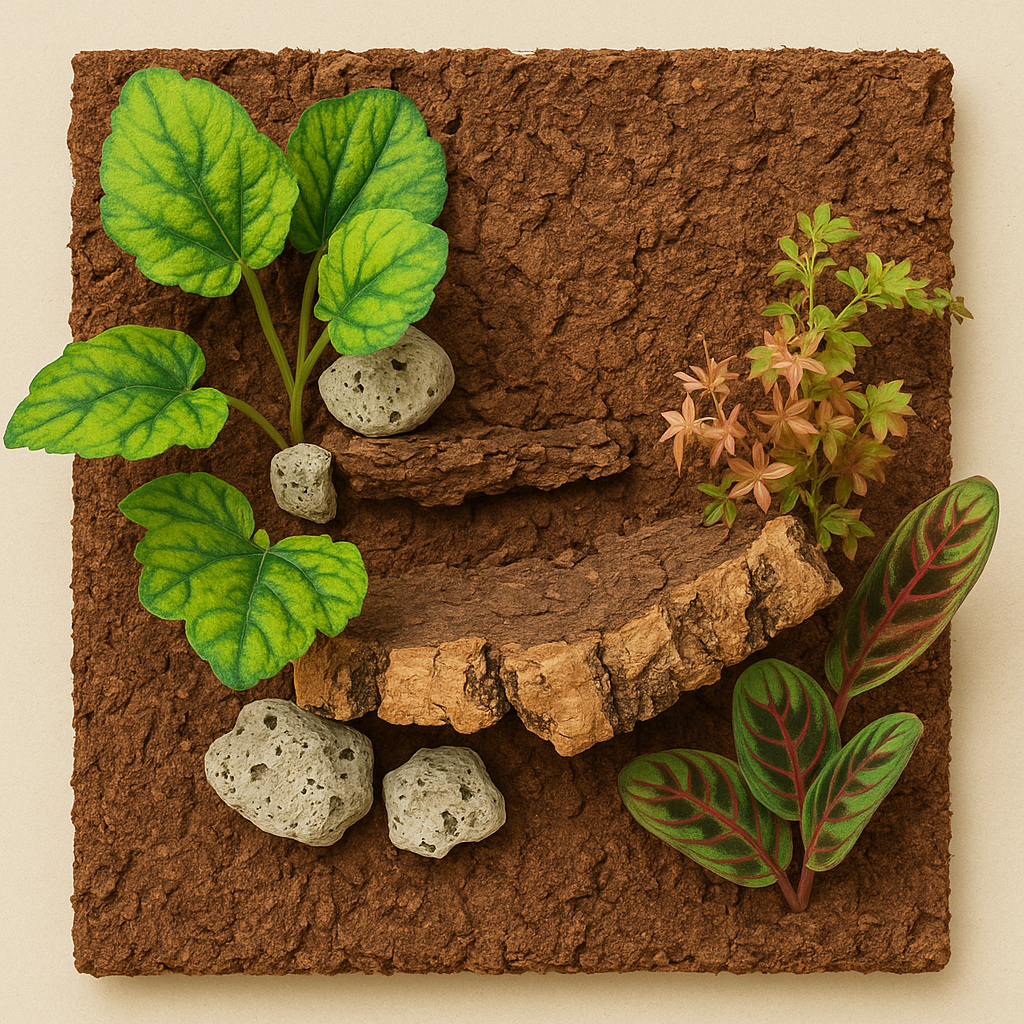
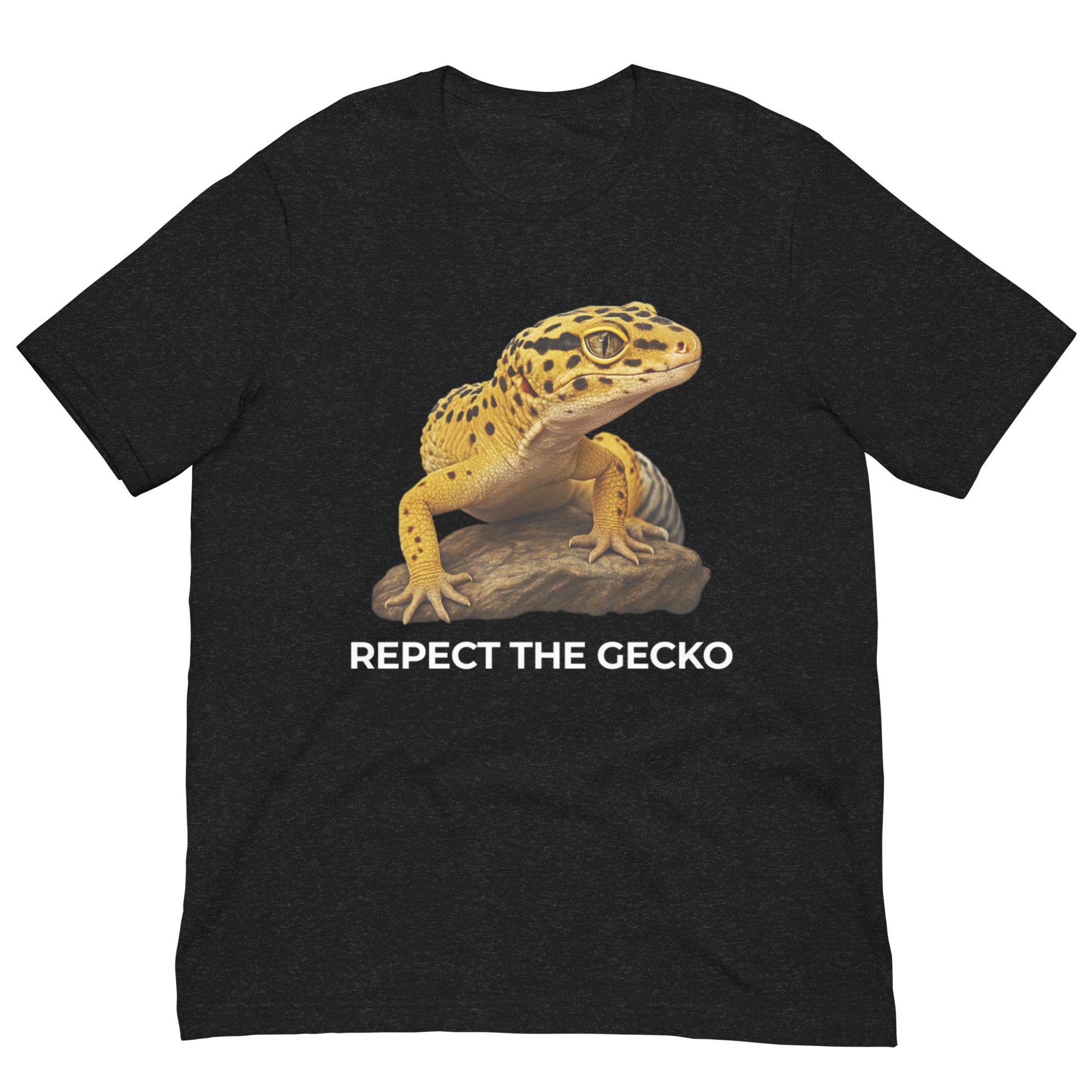
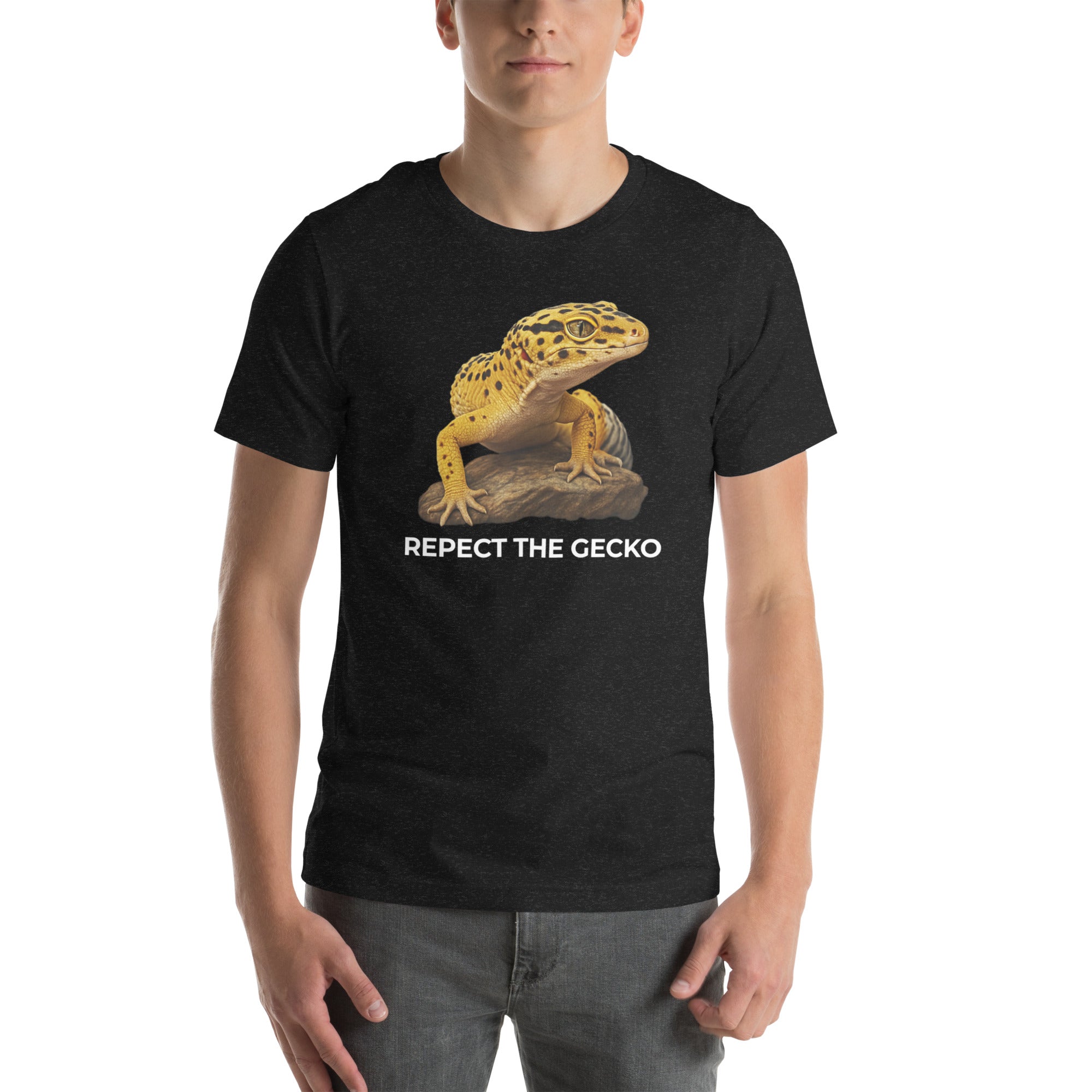
Leave a comment